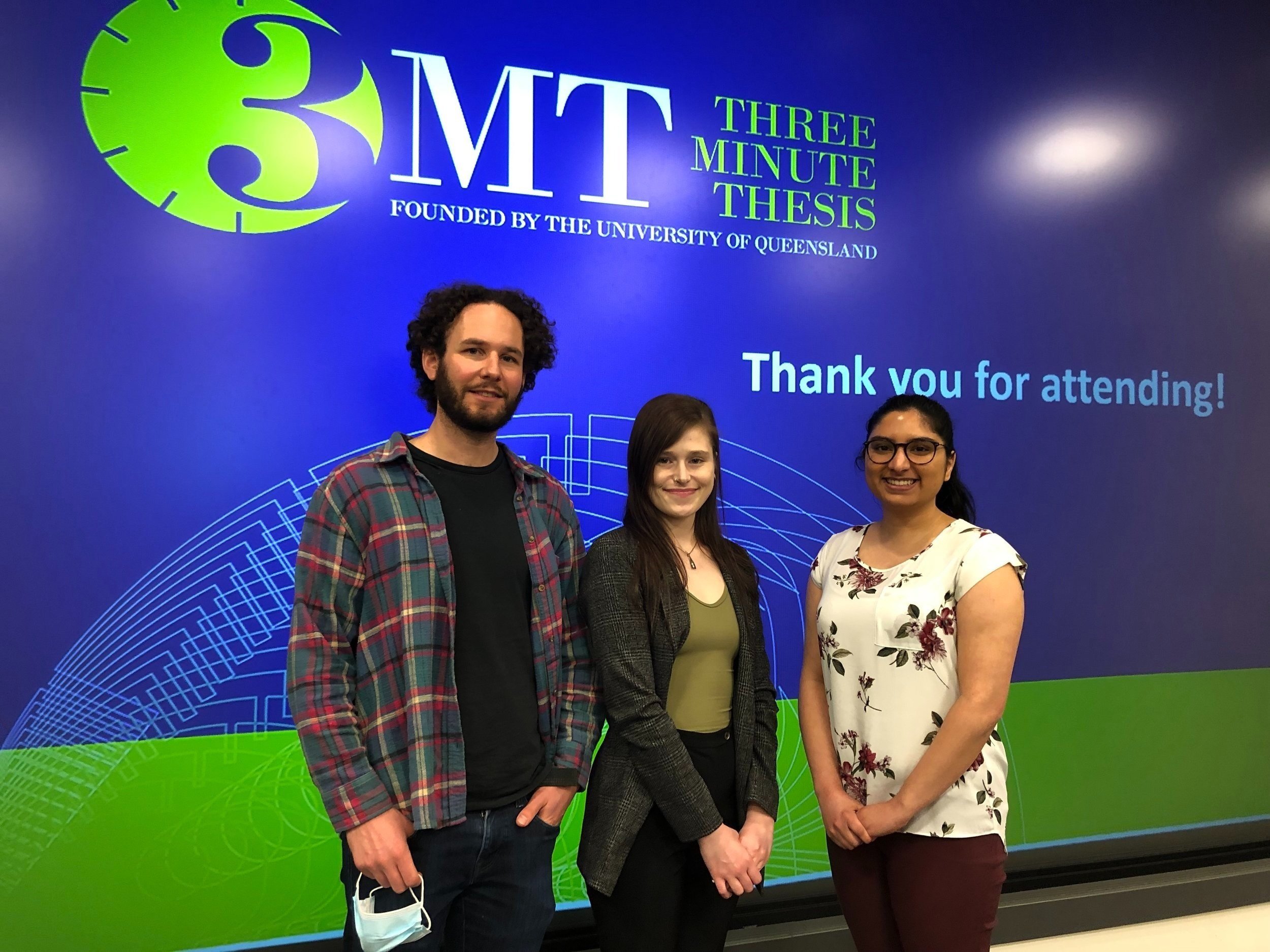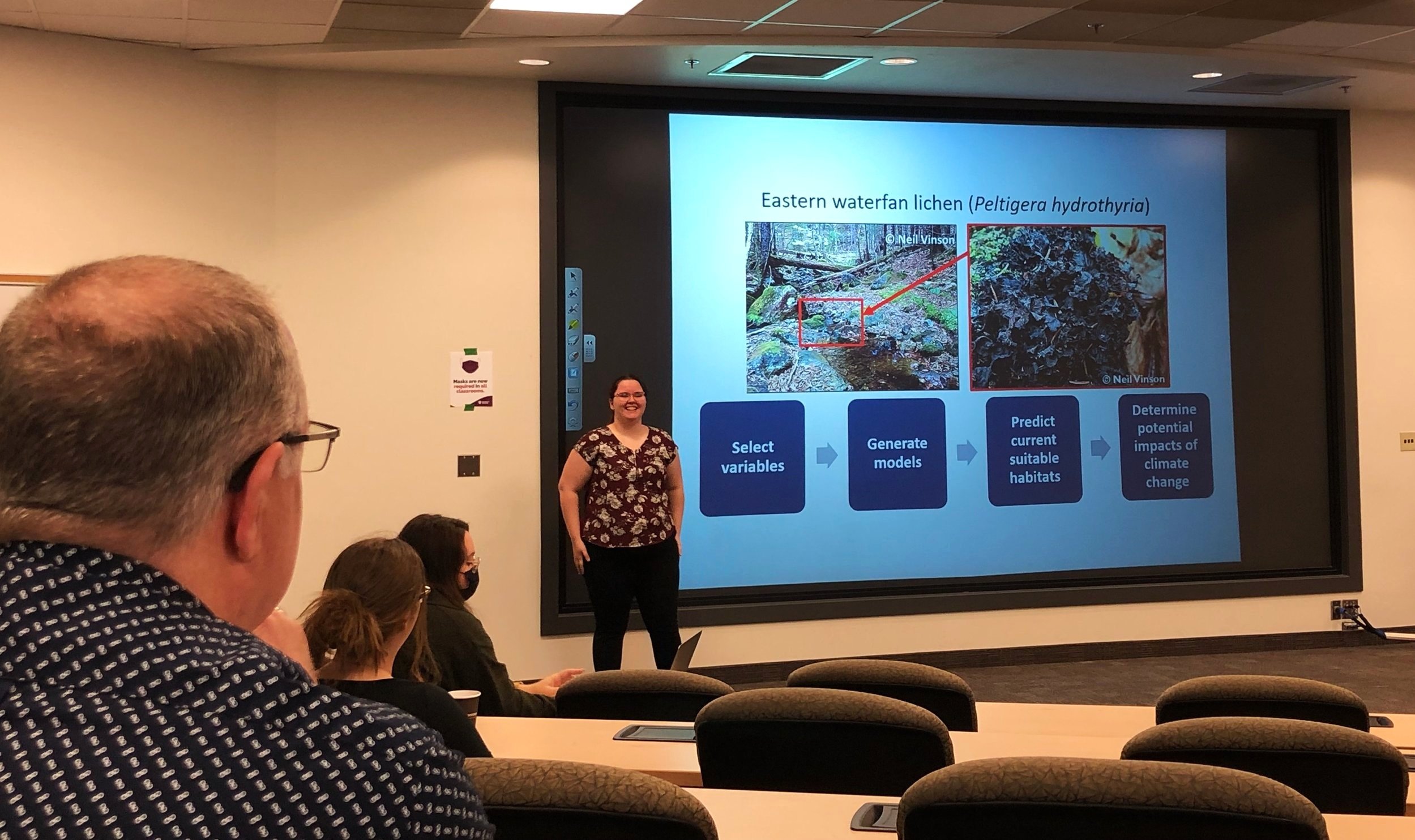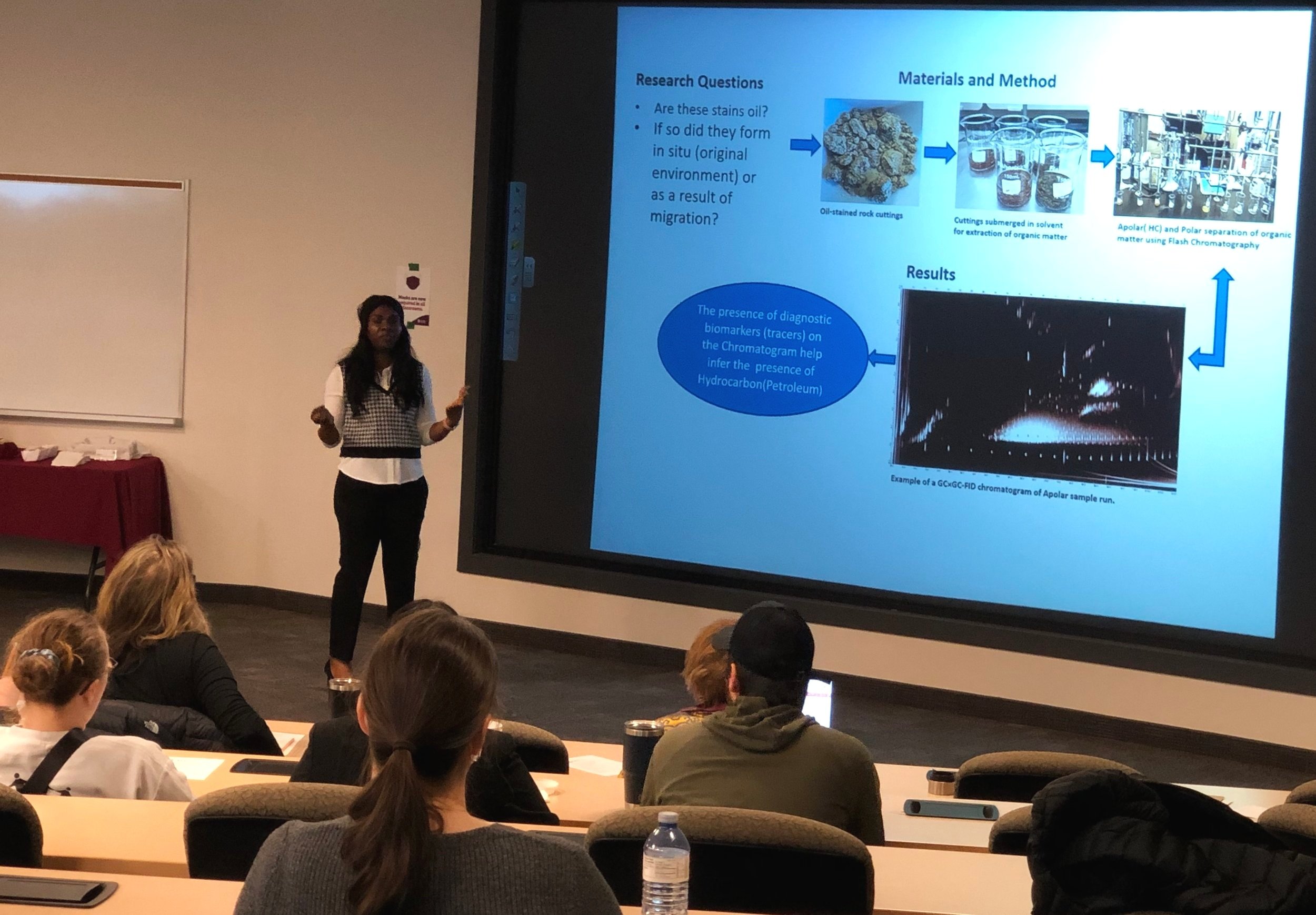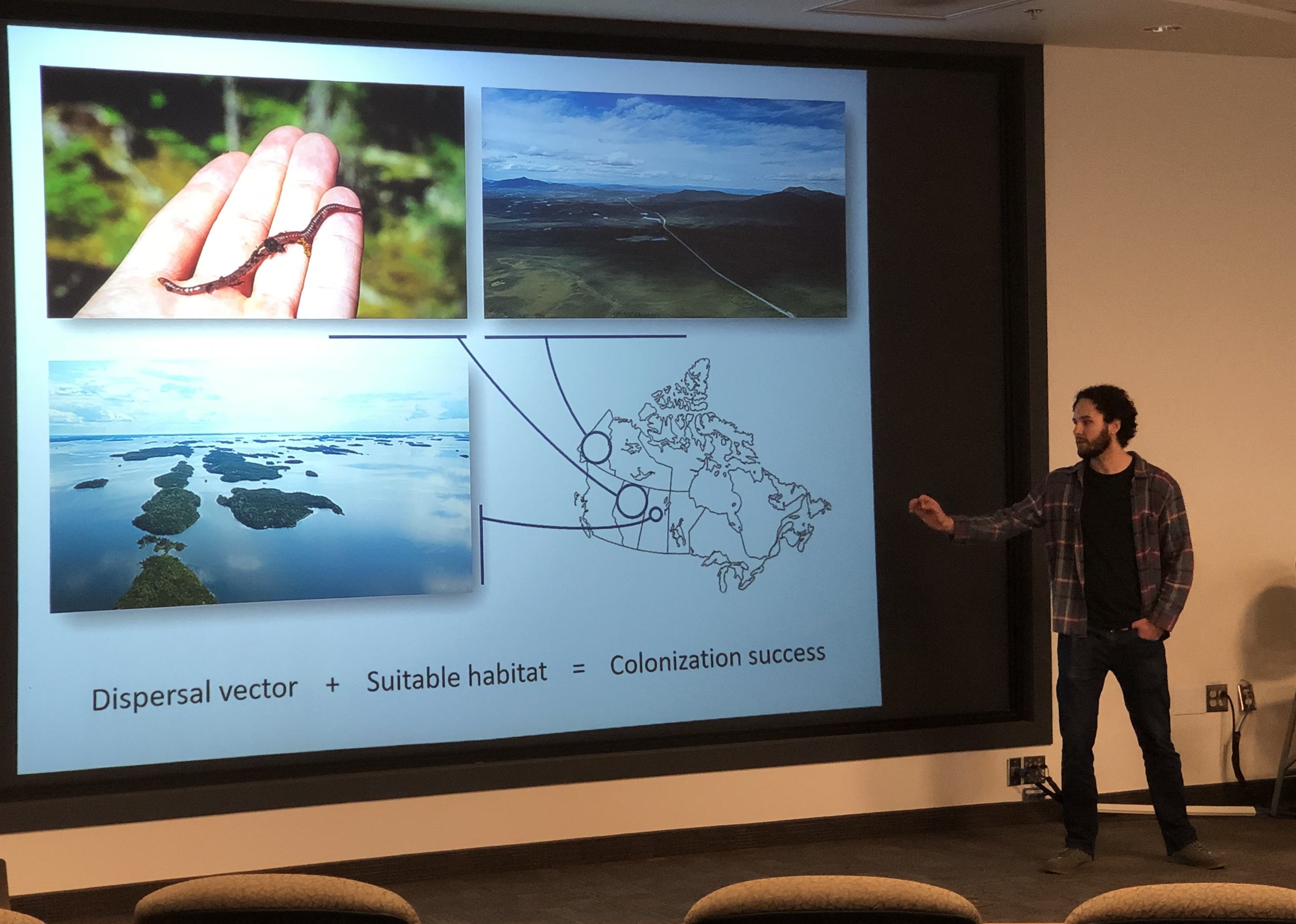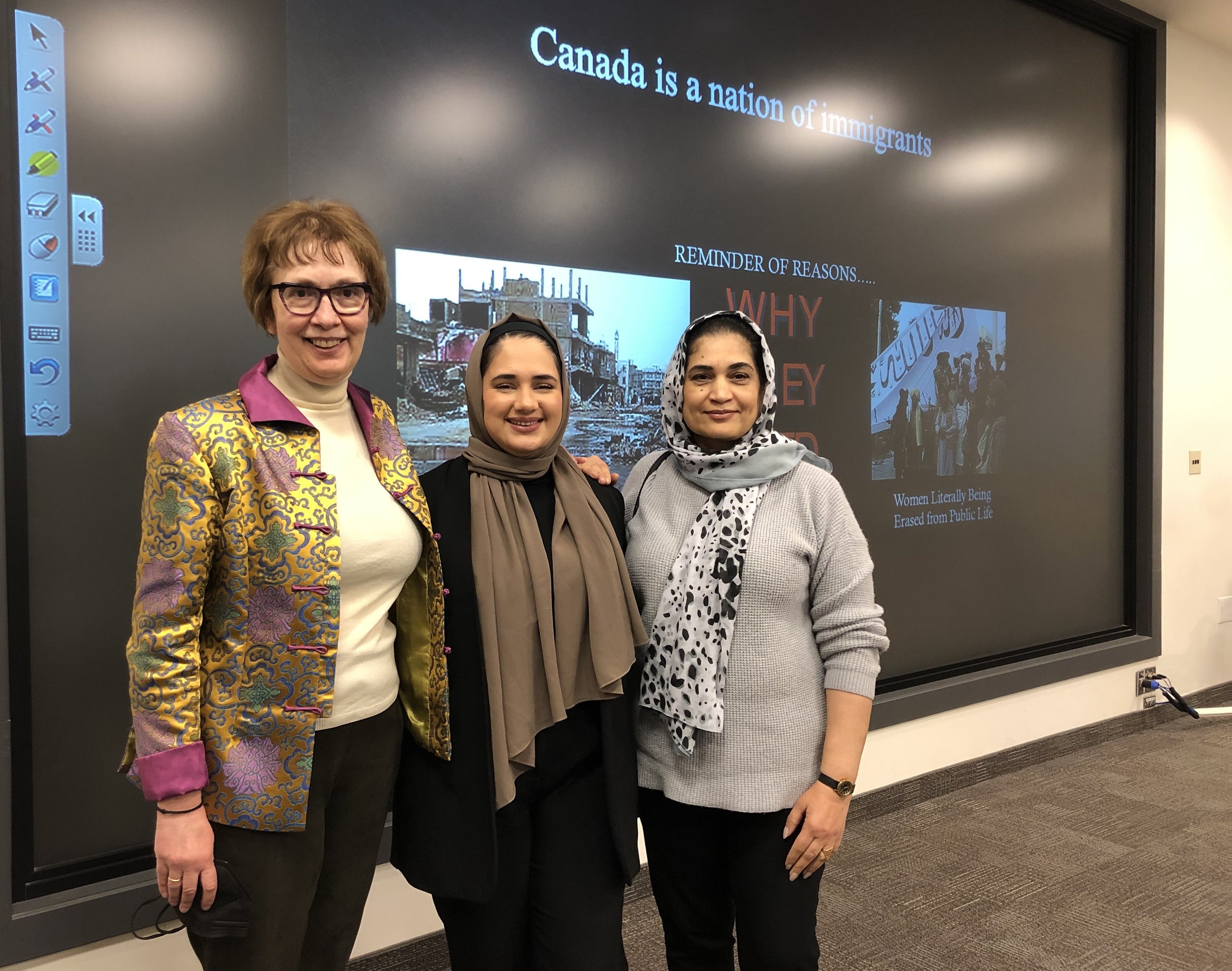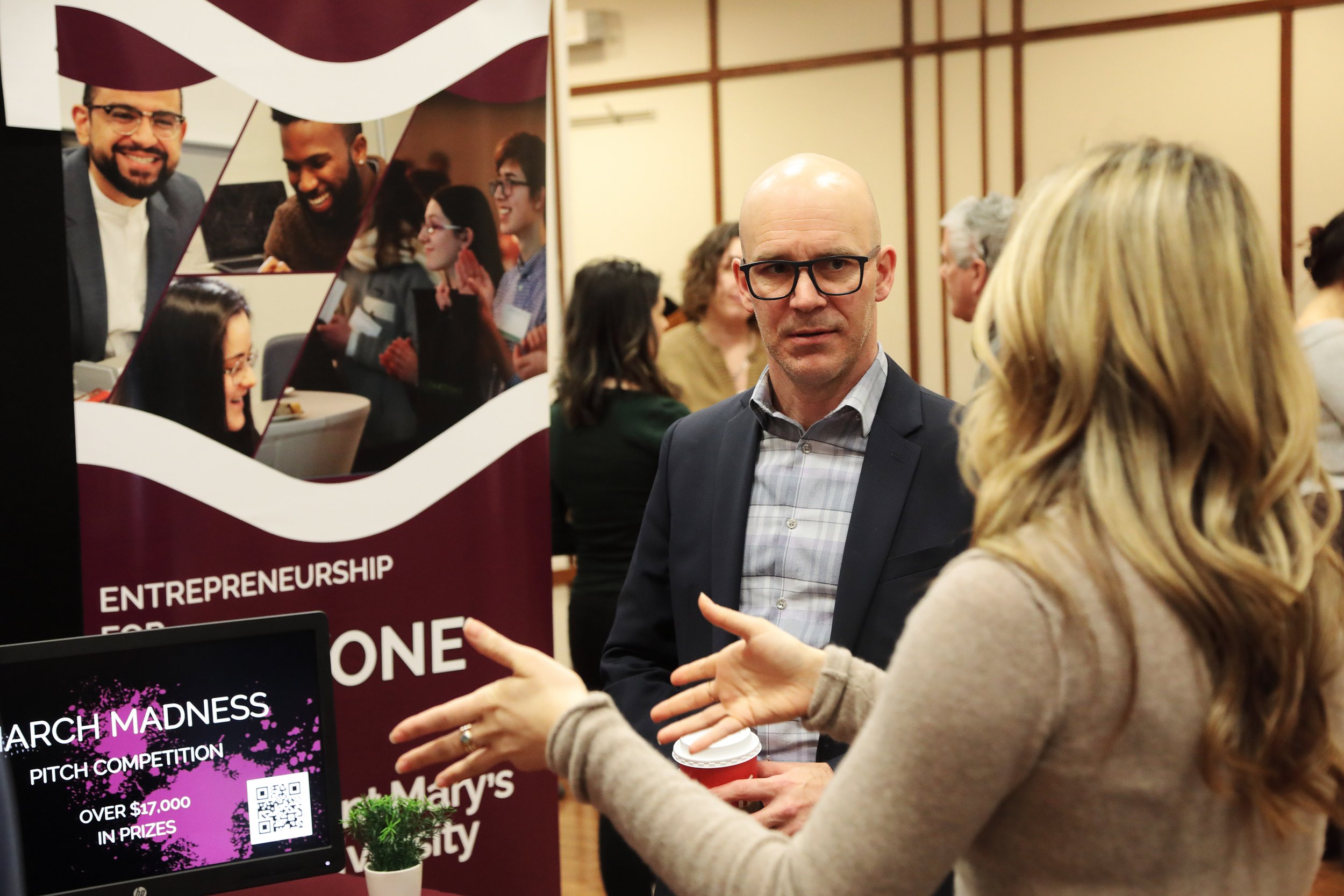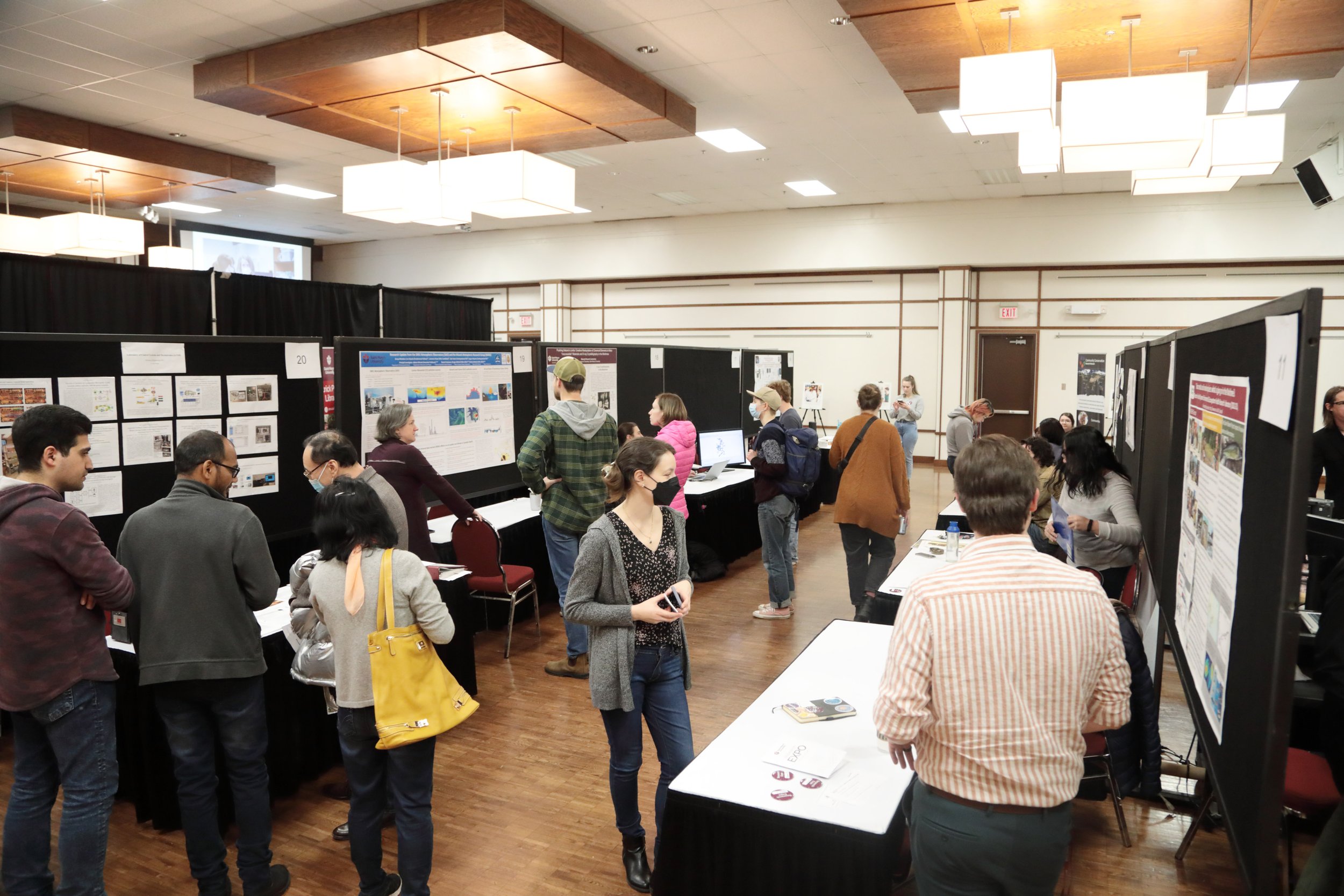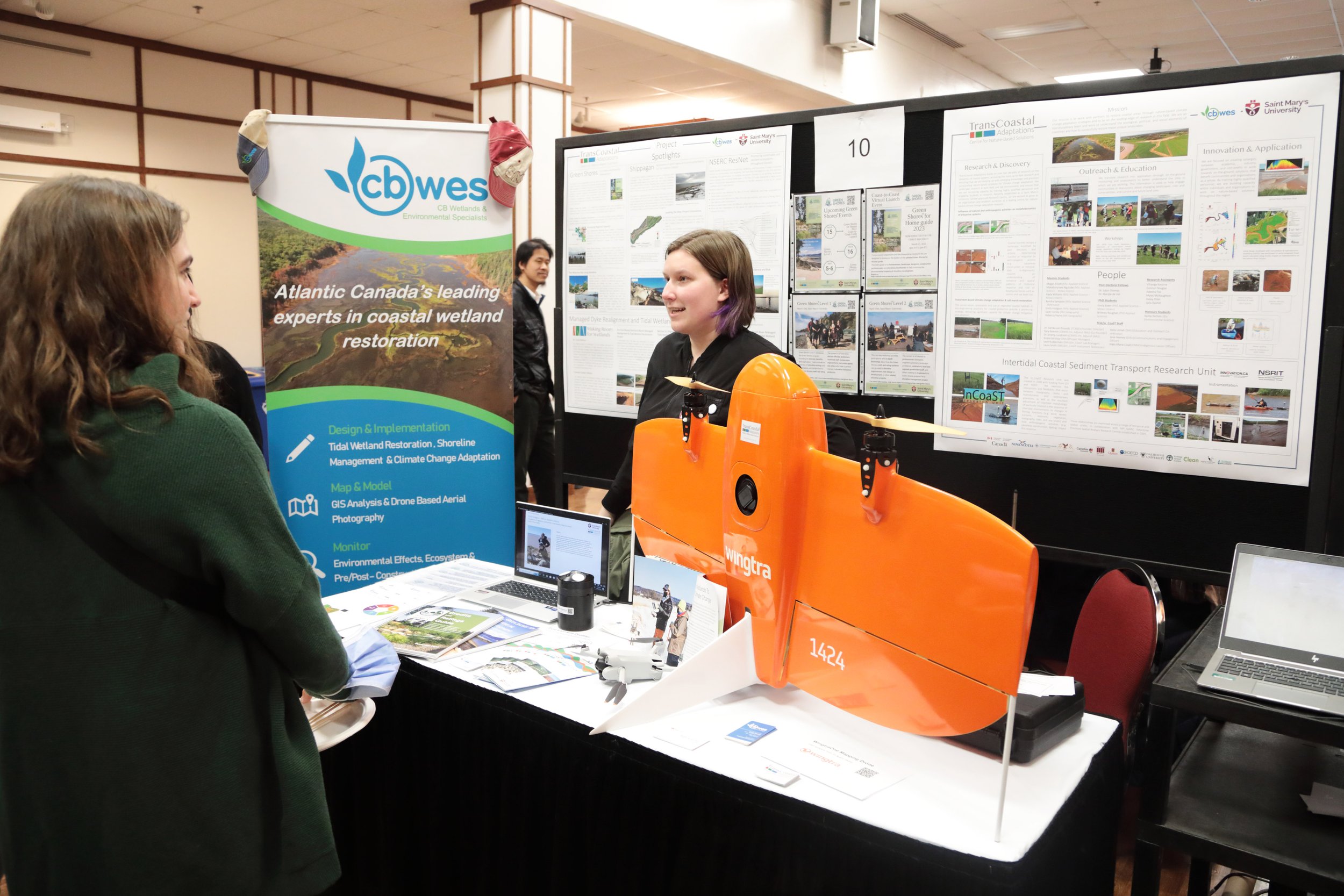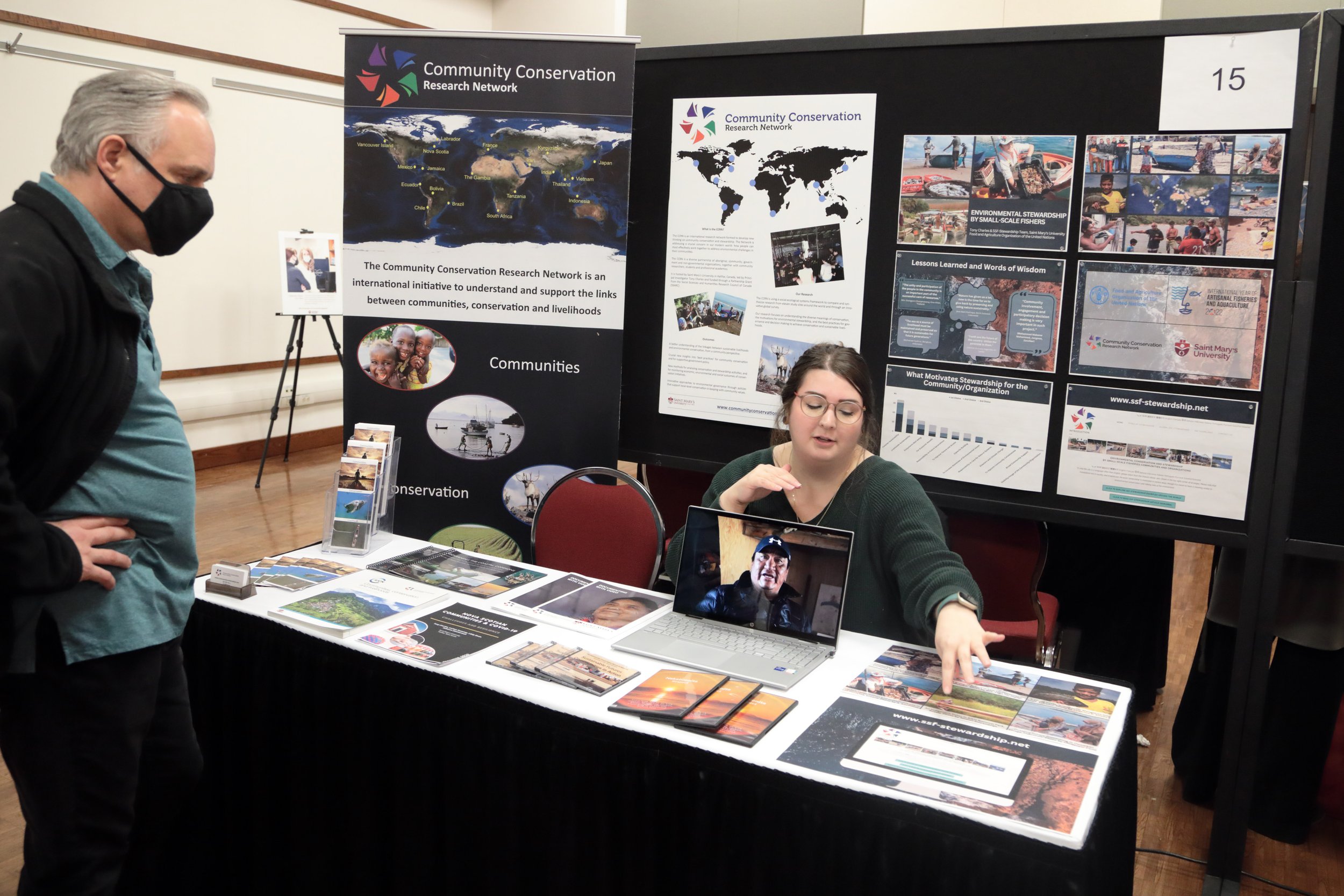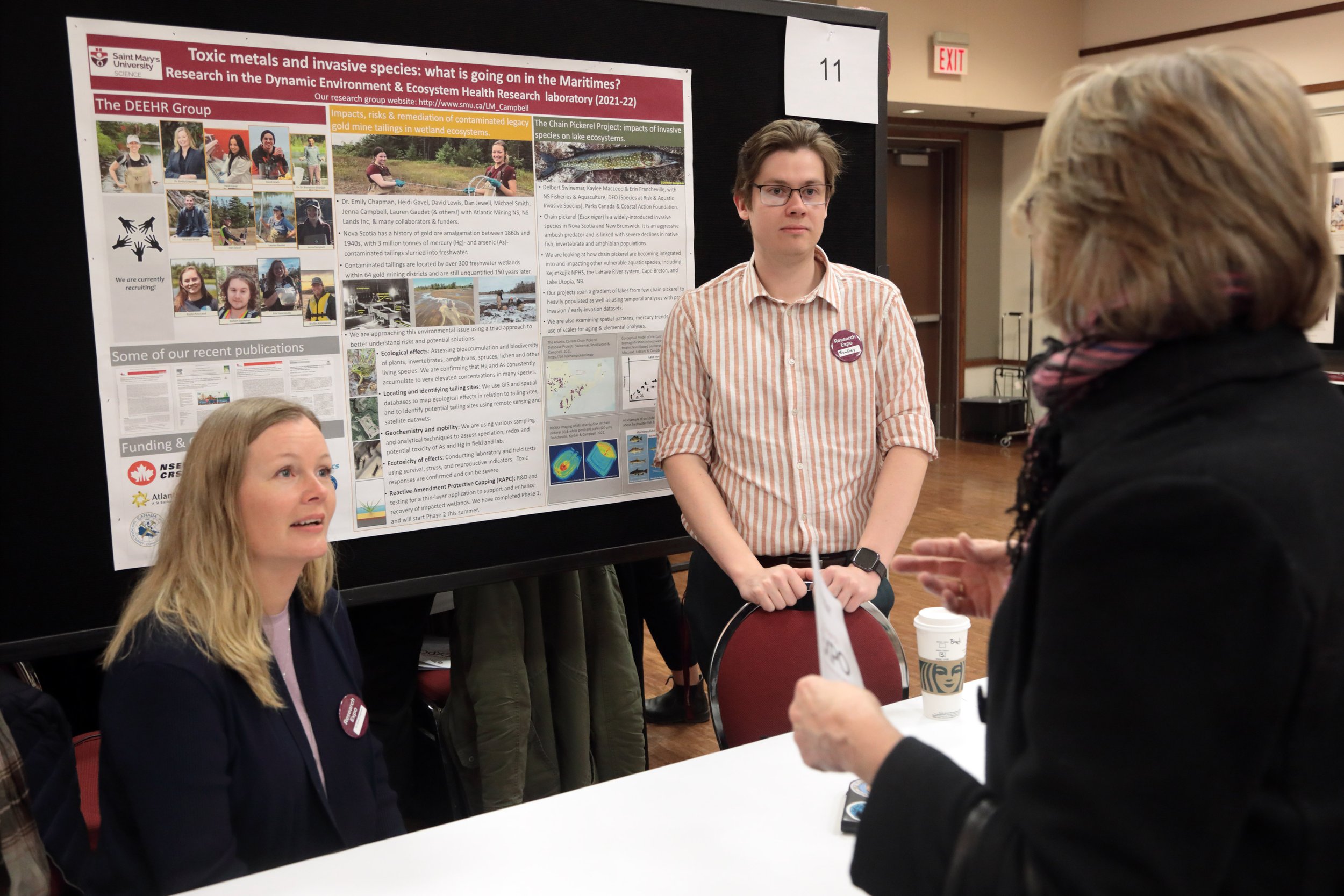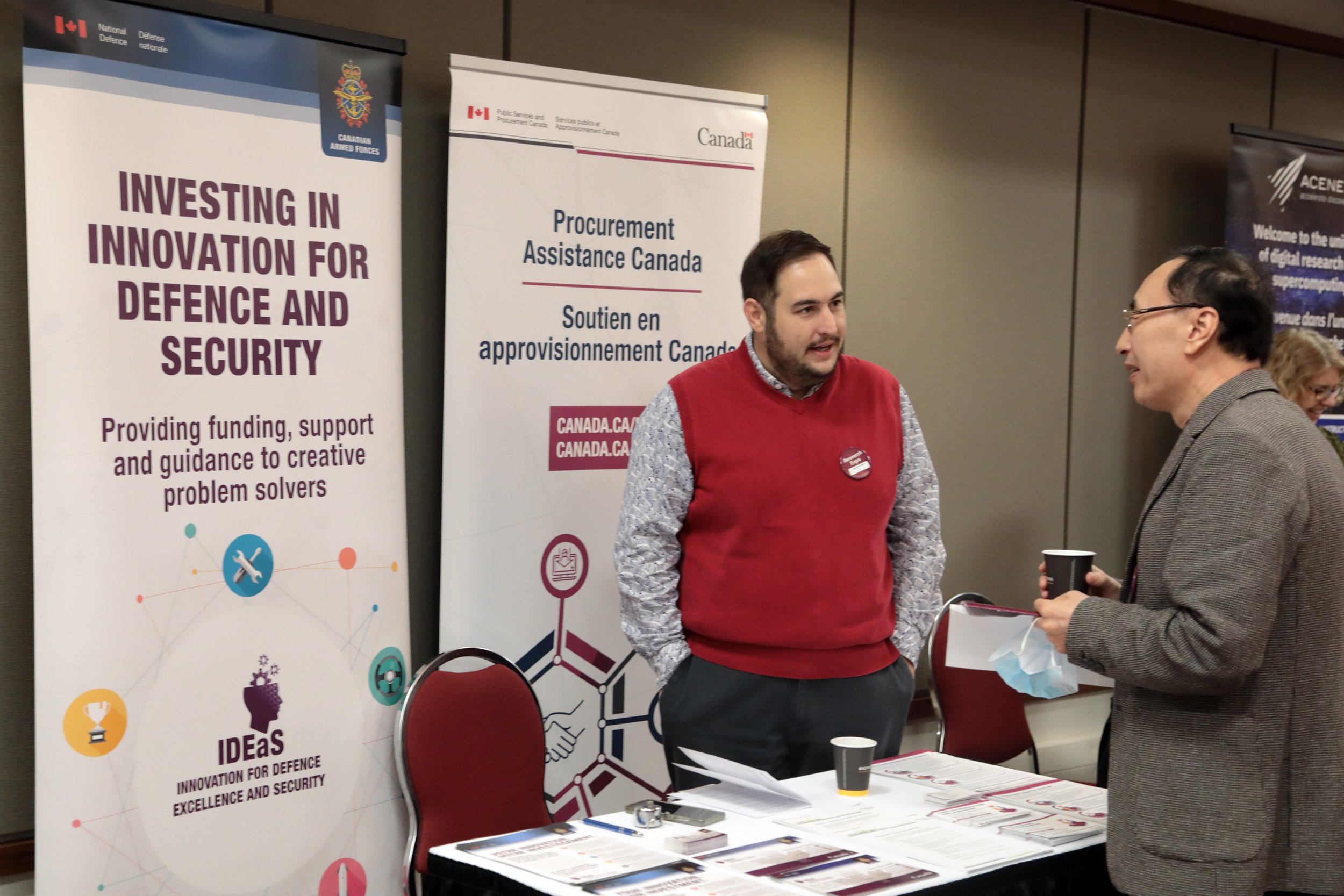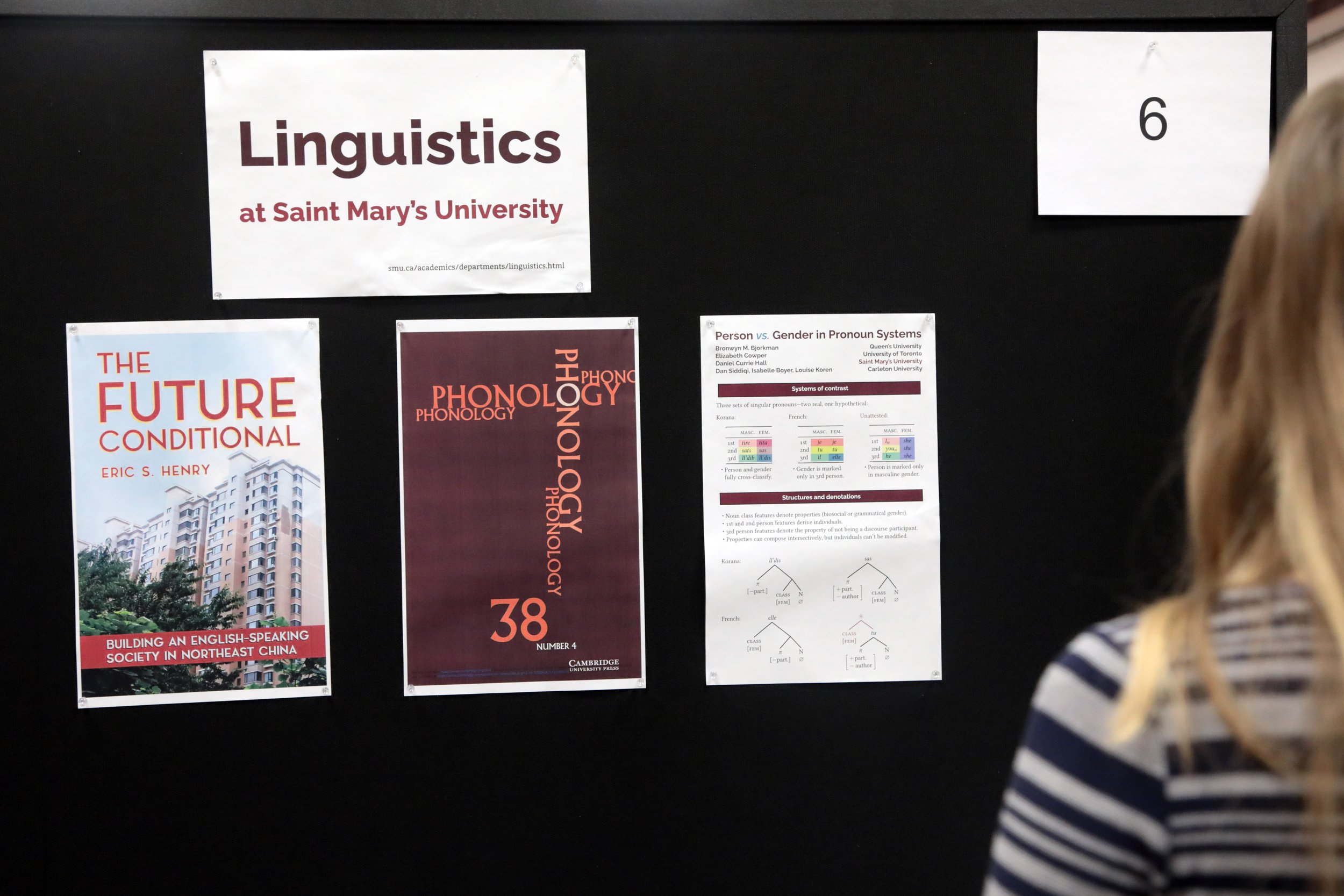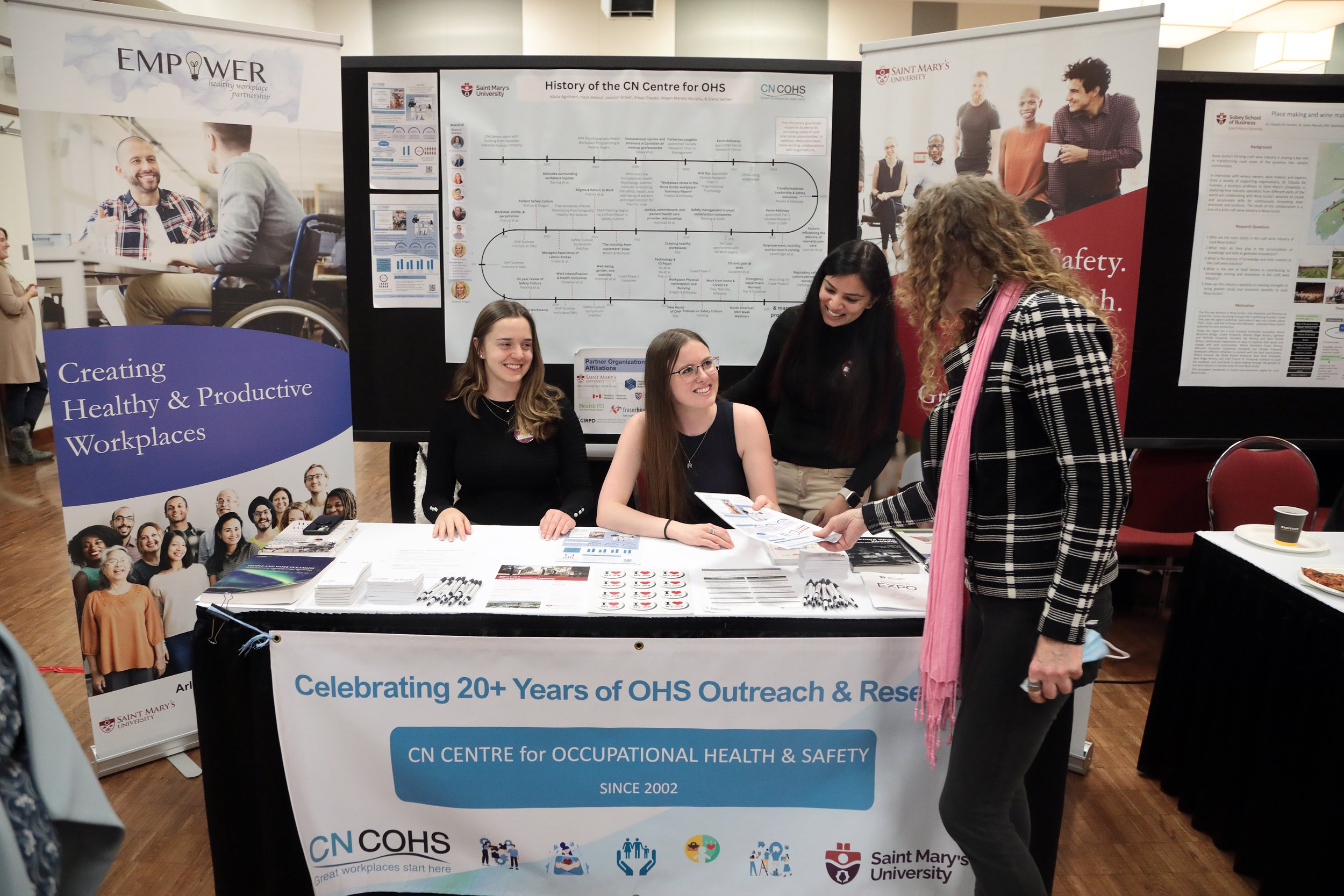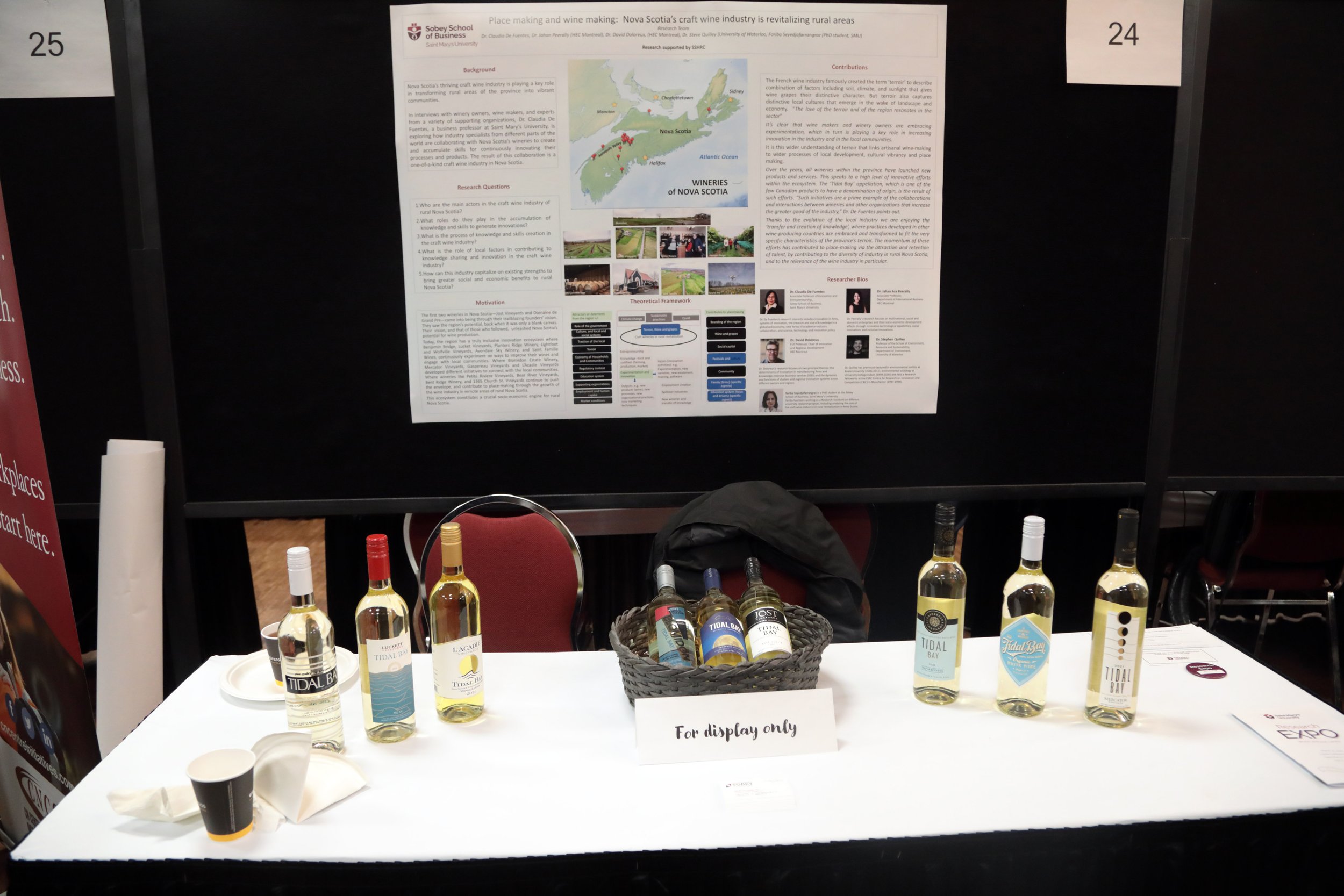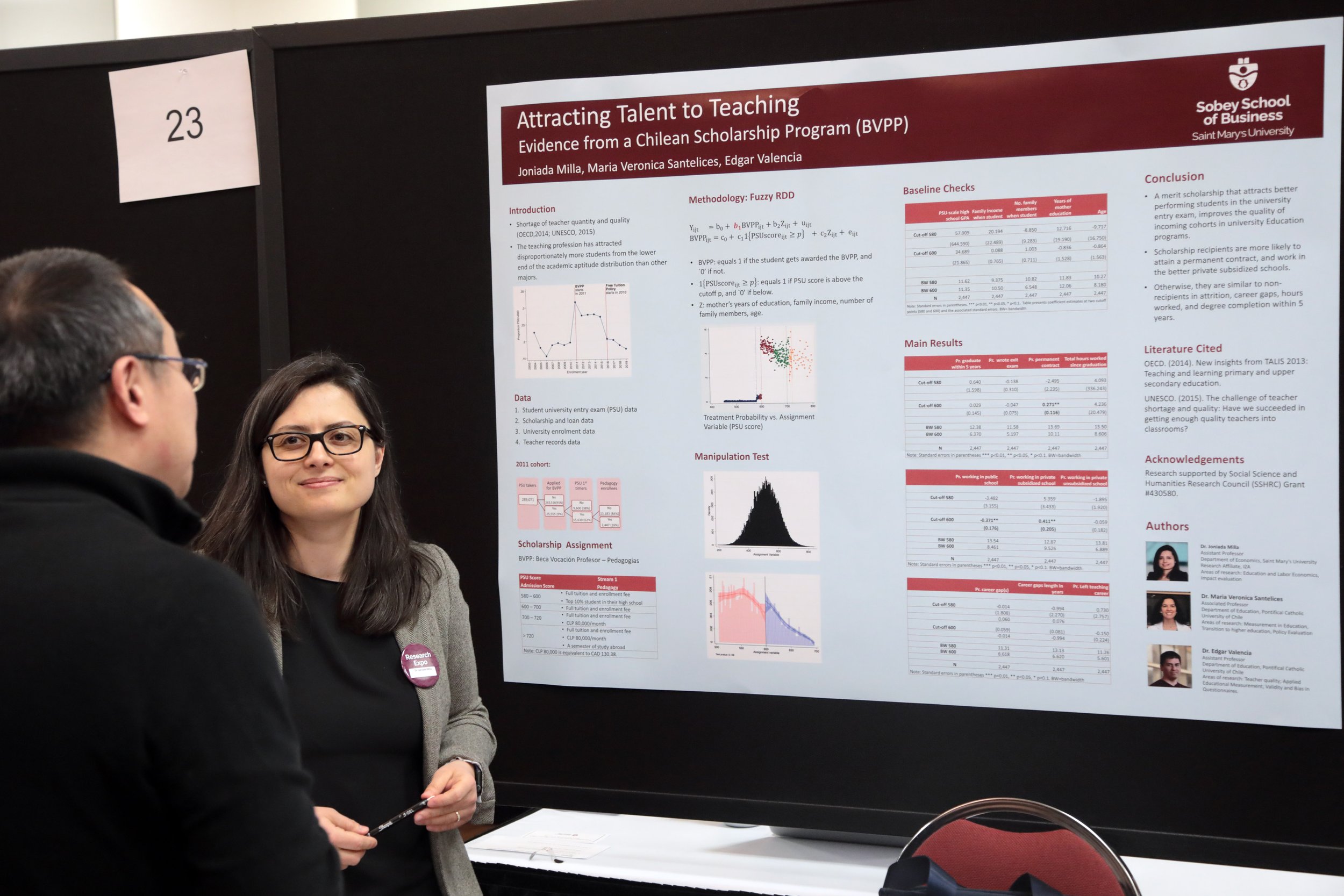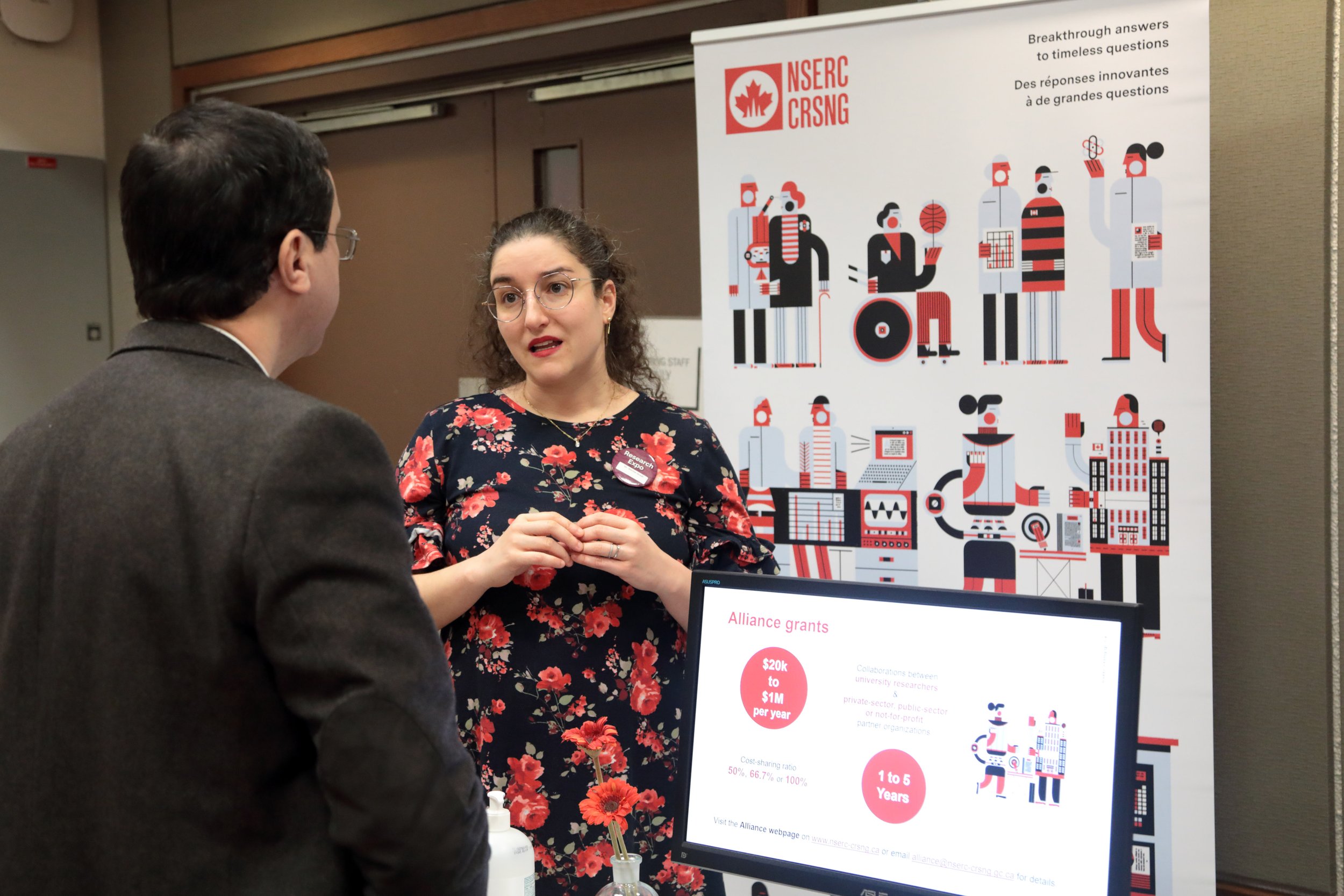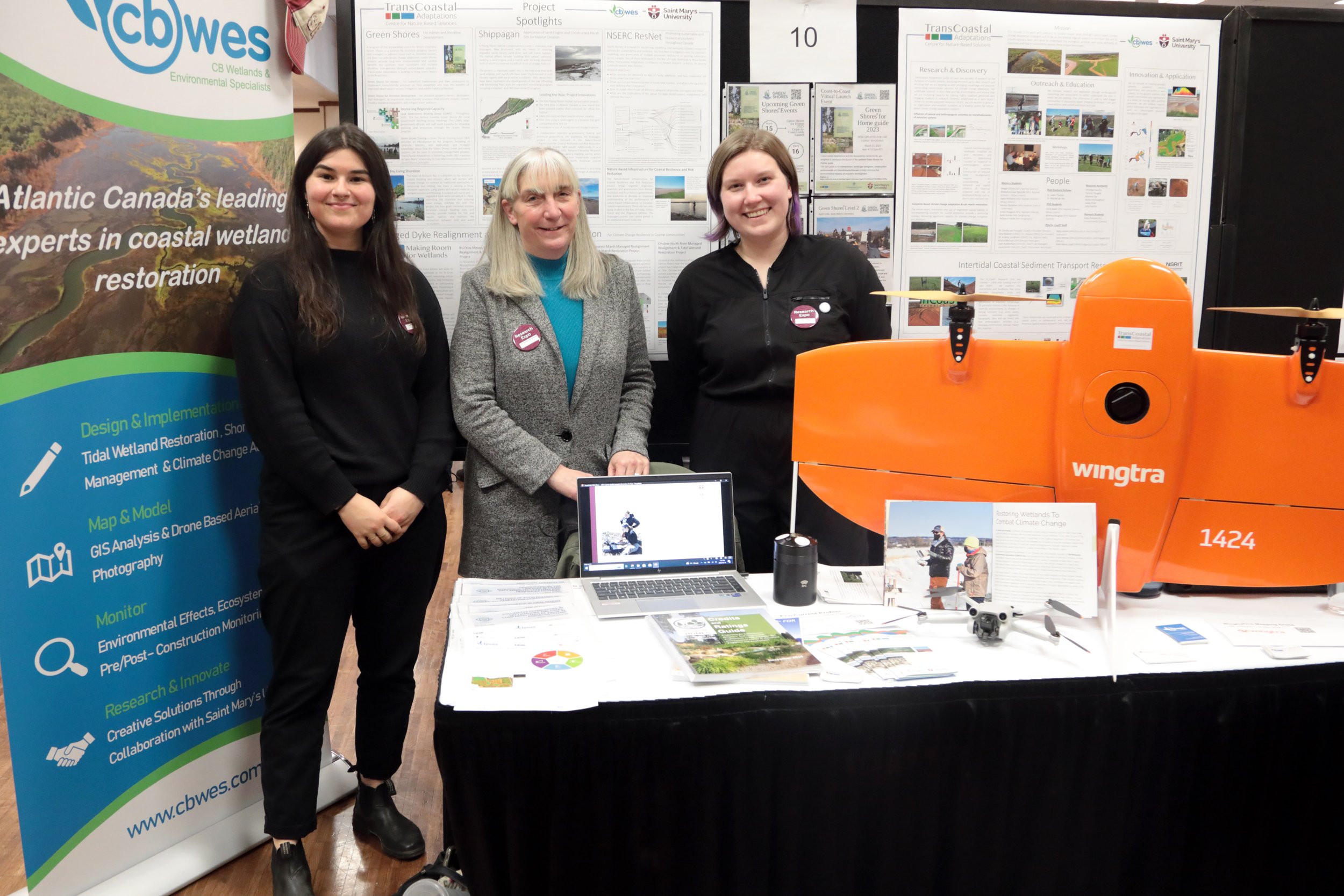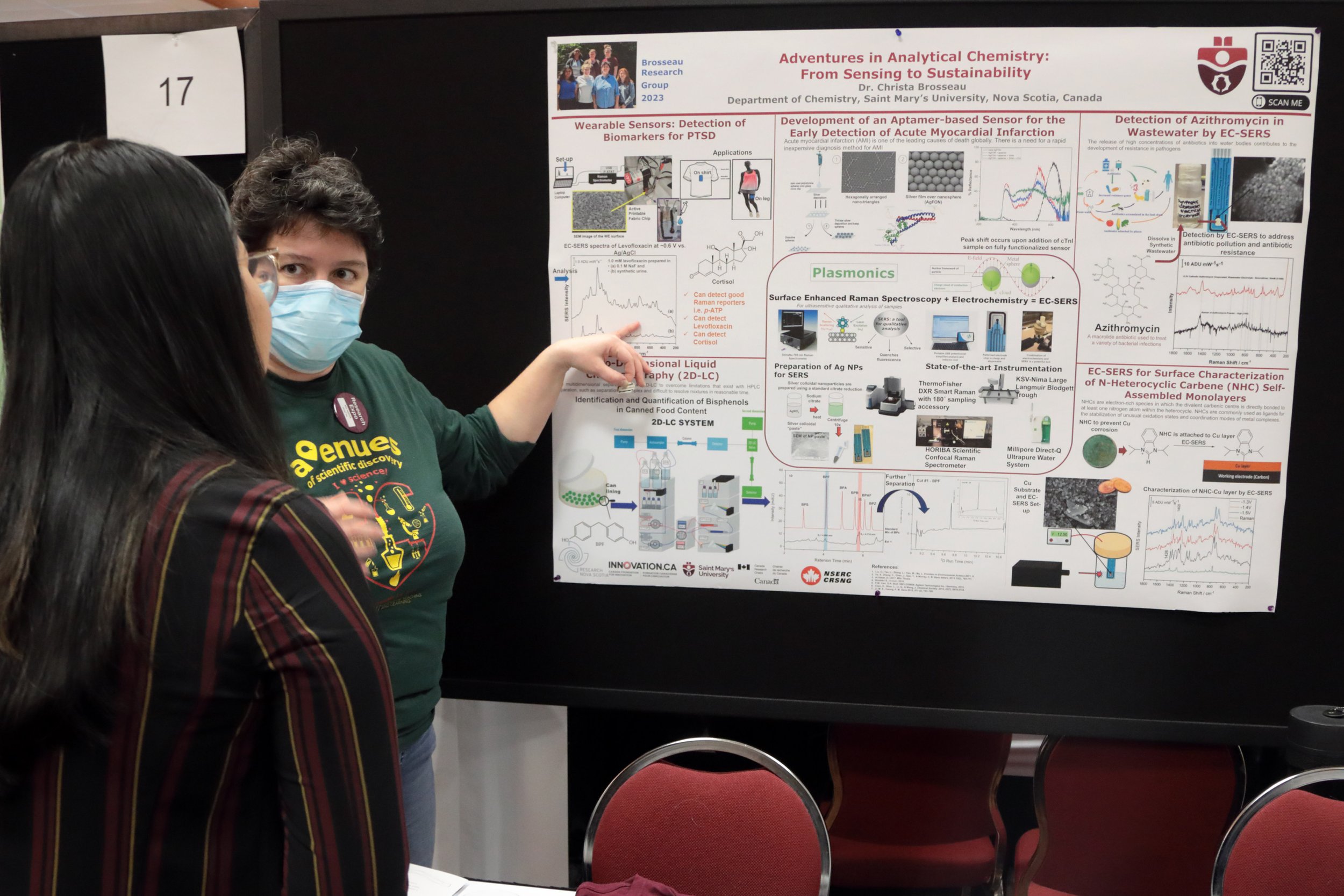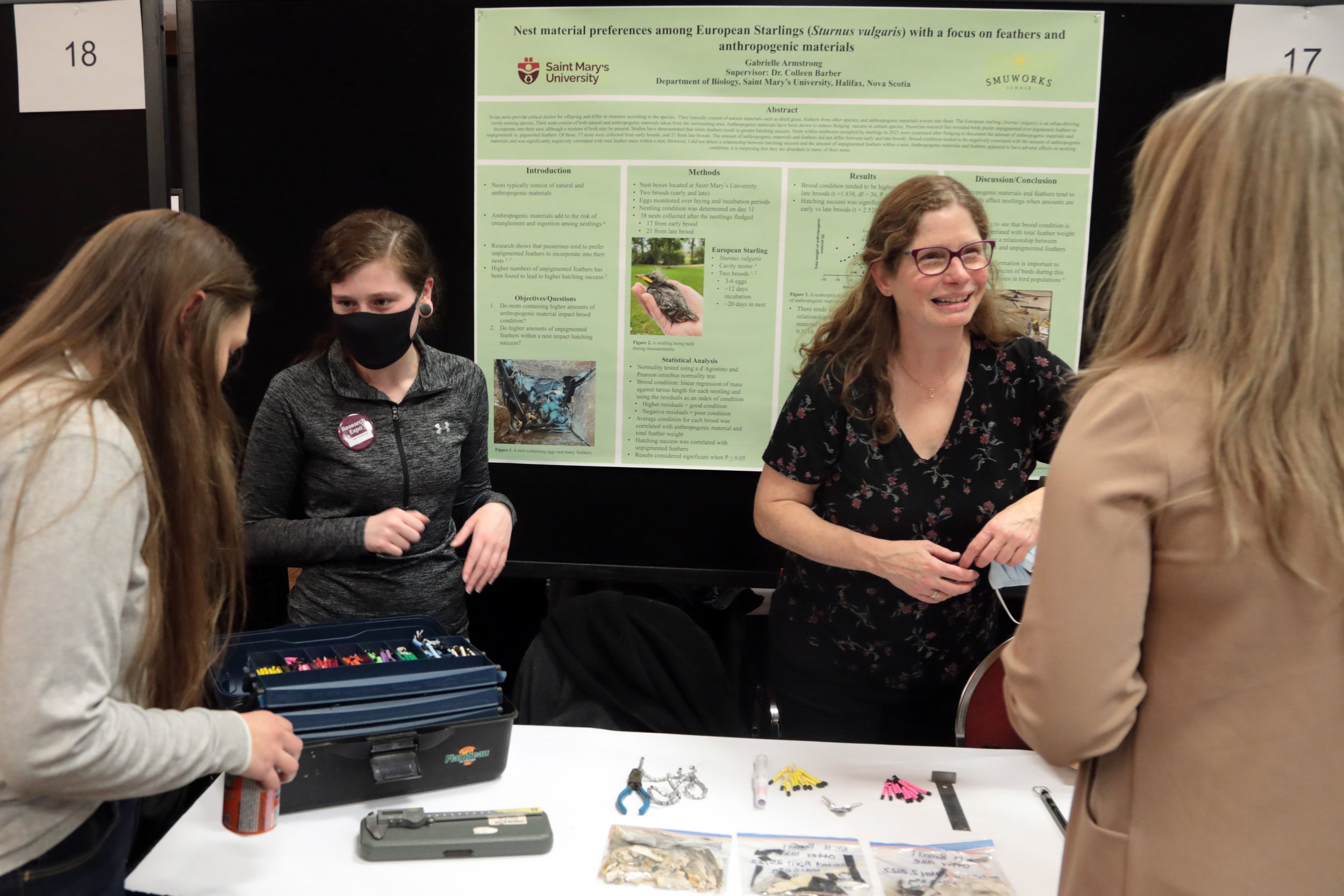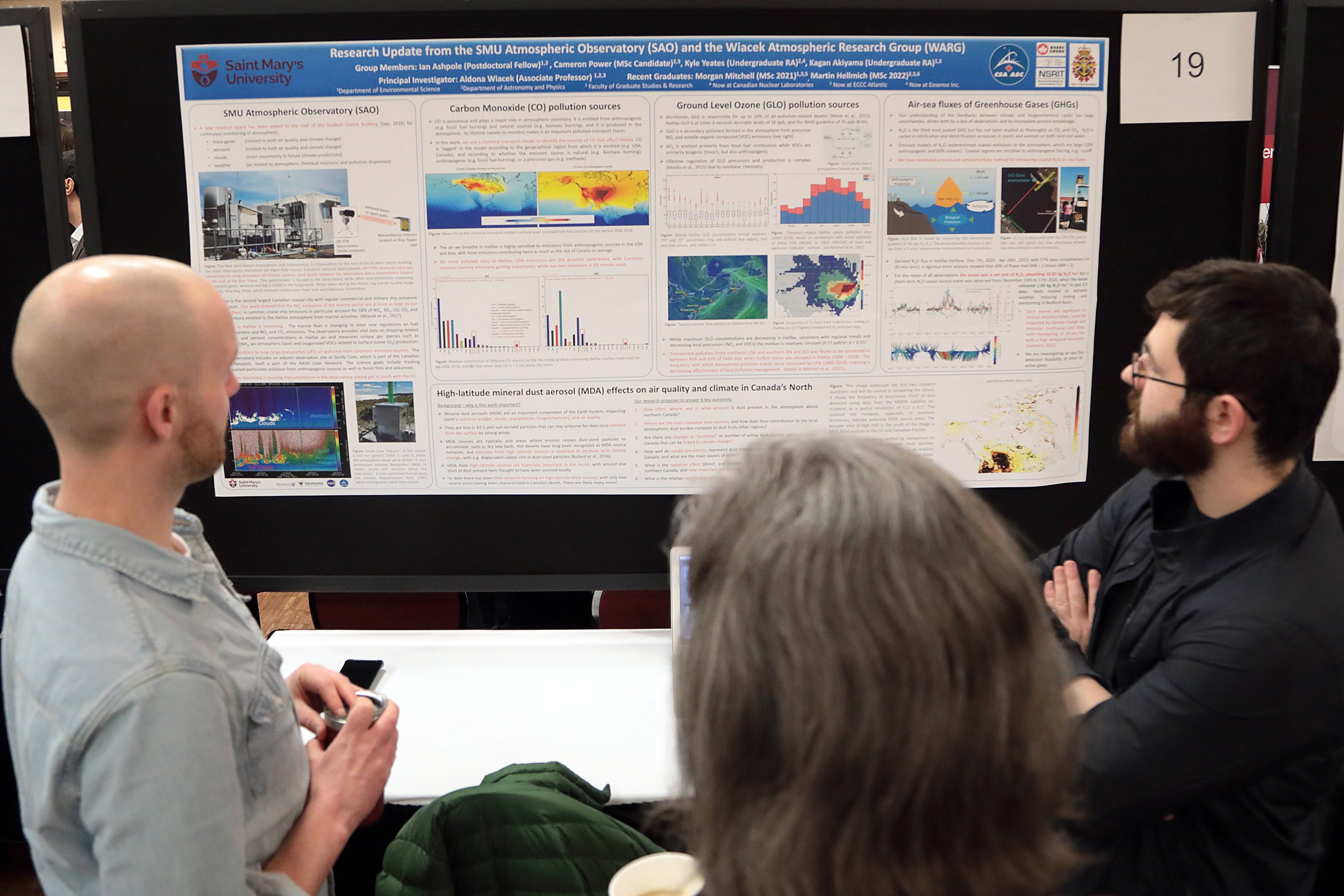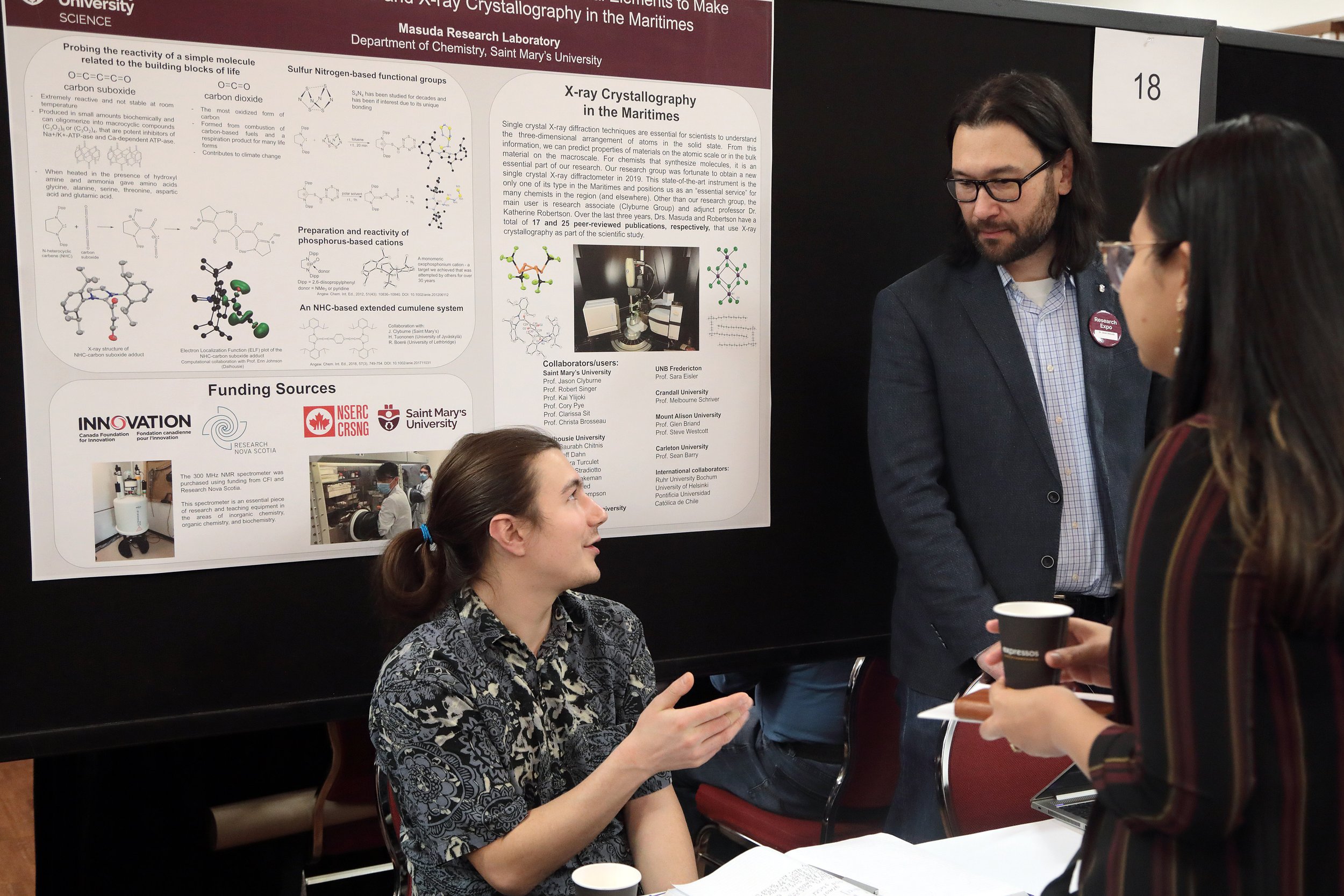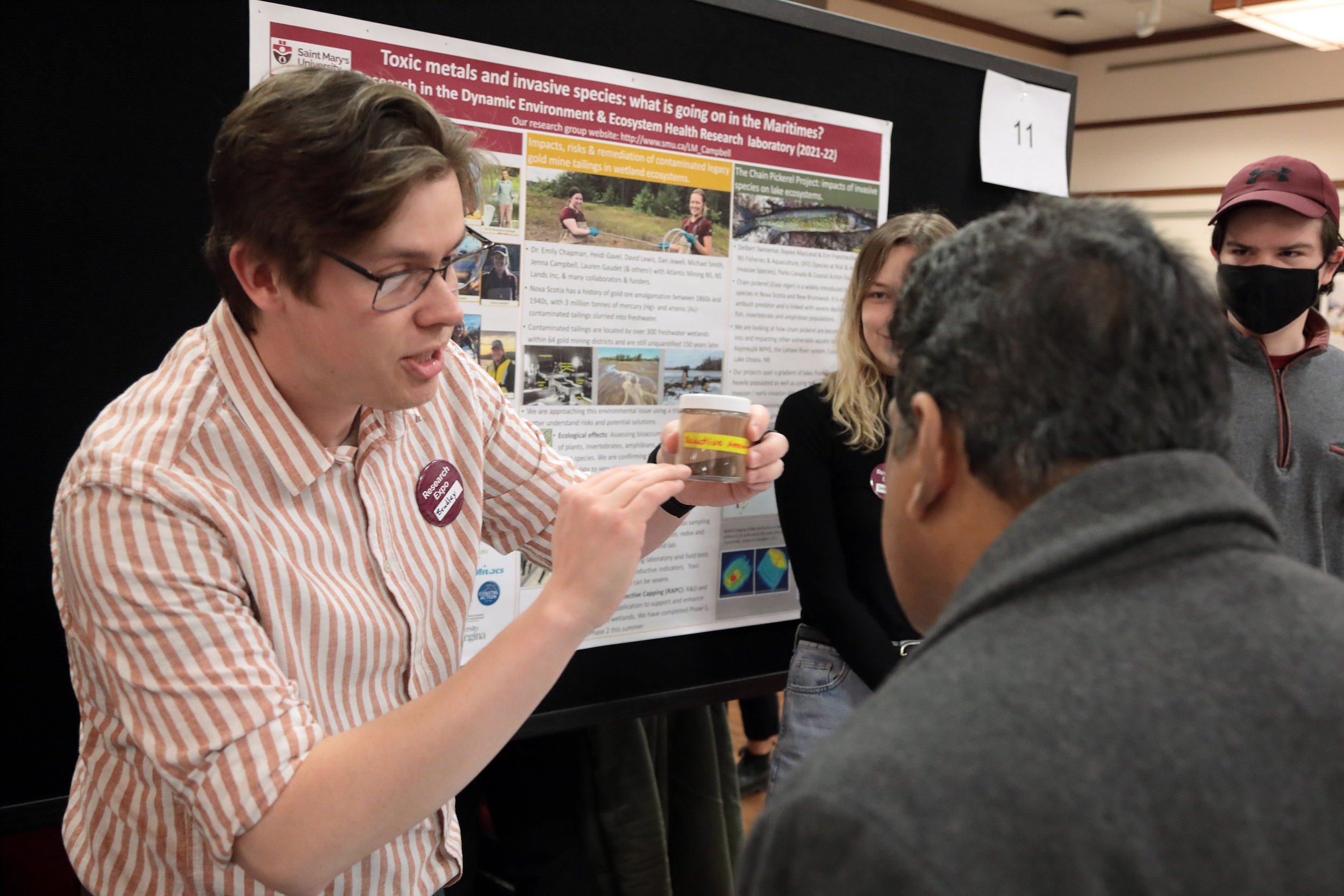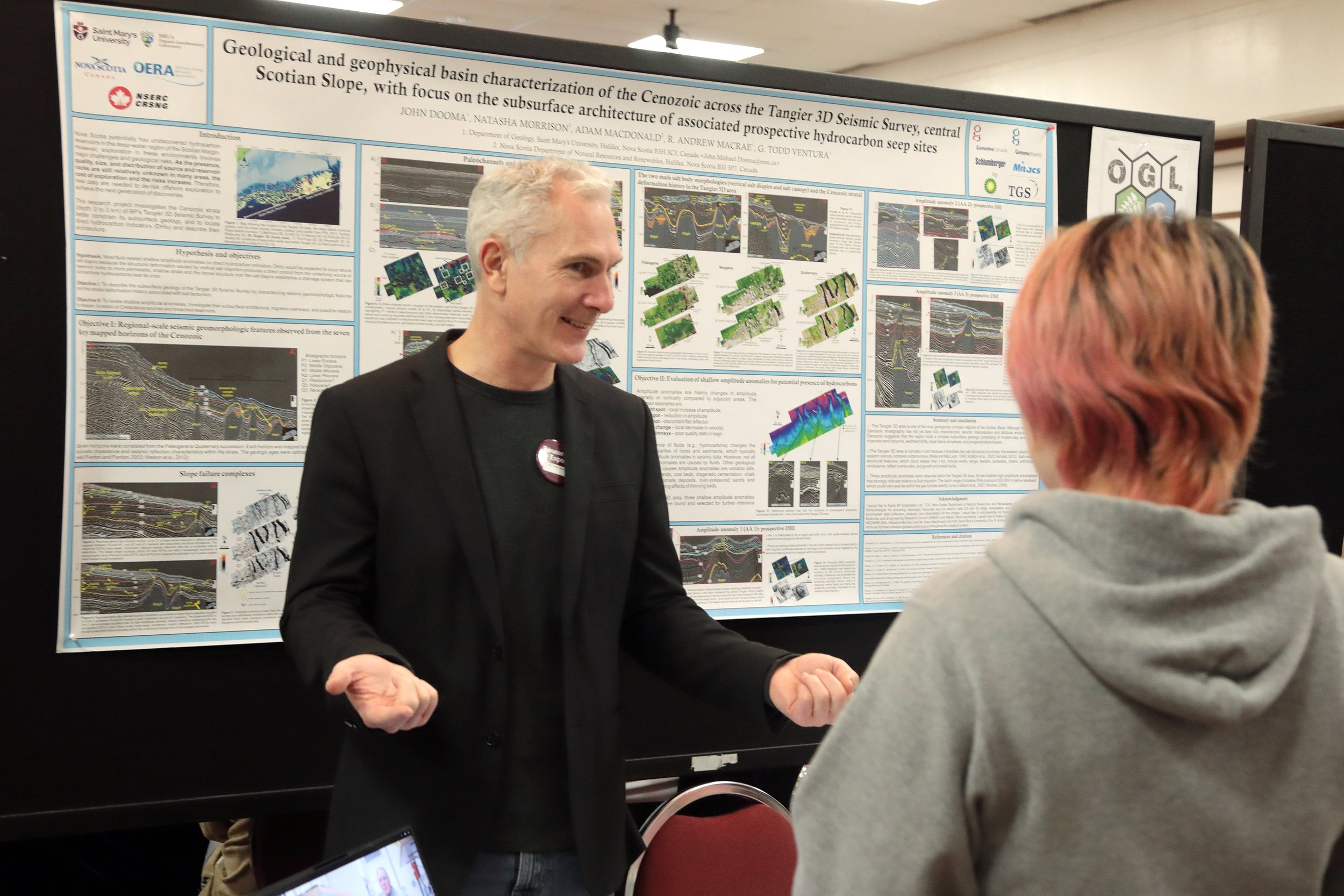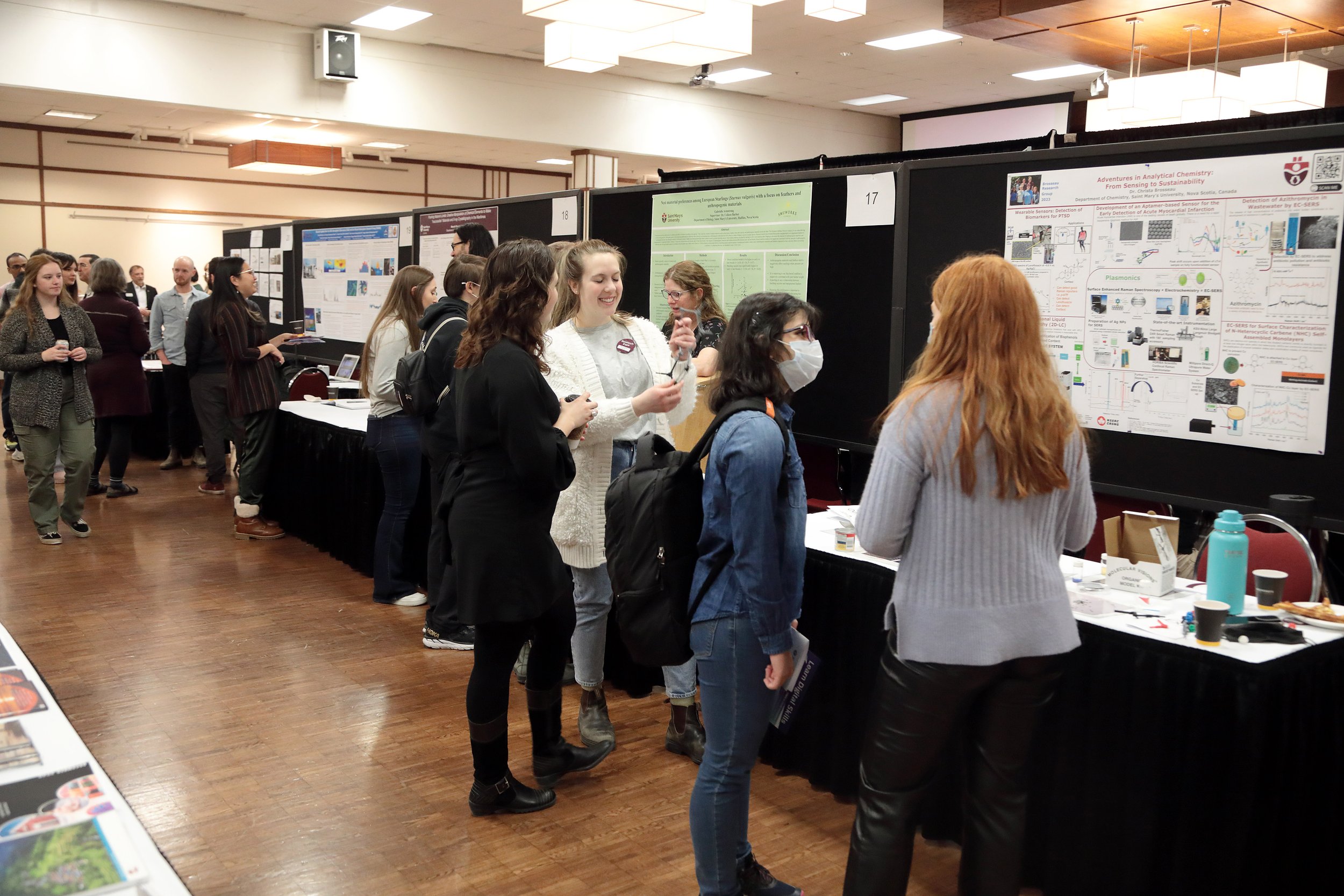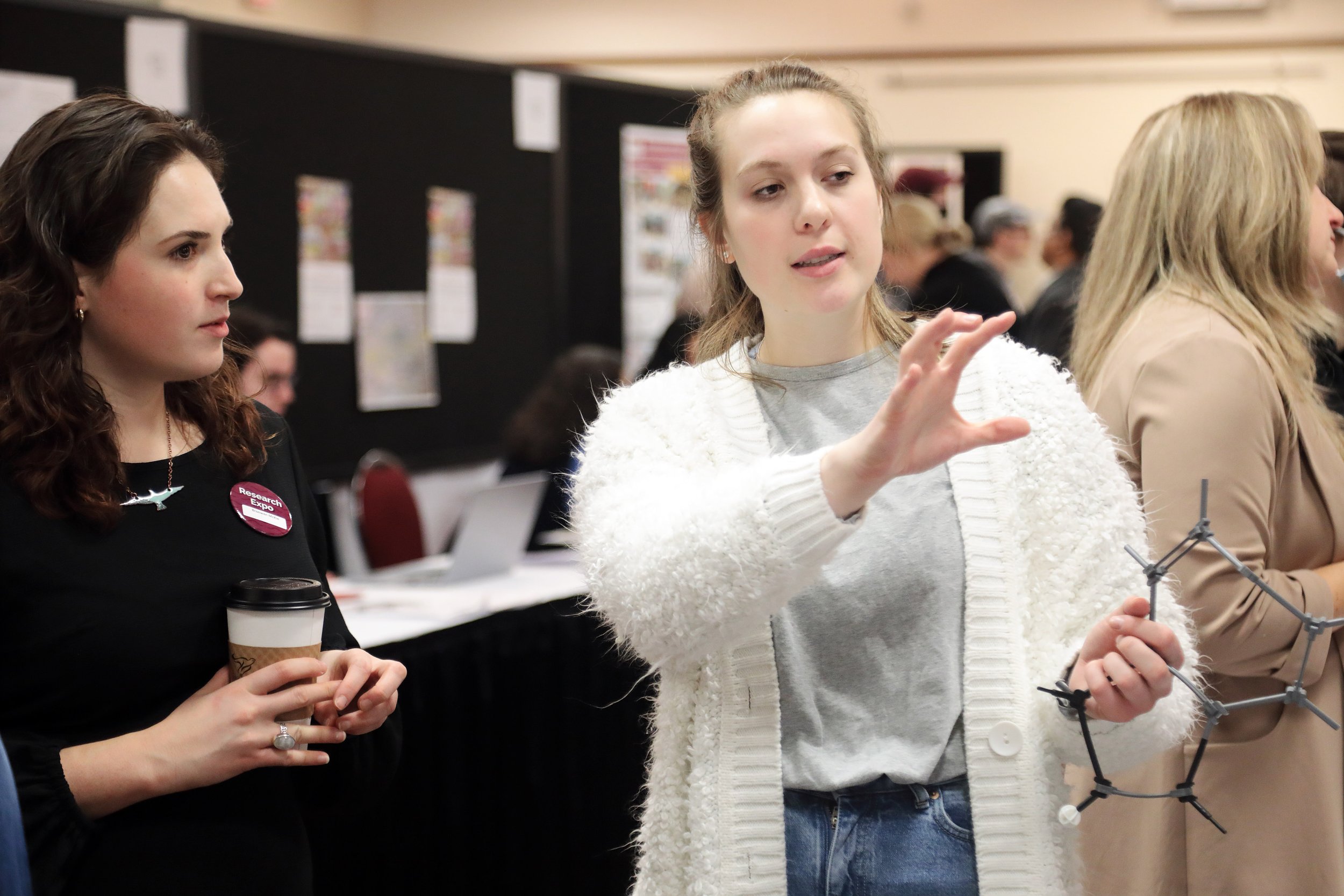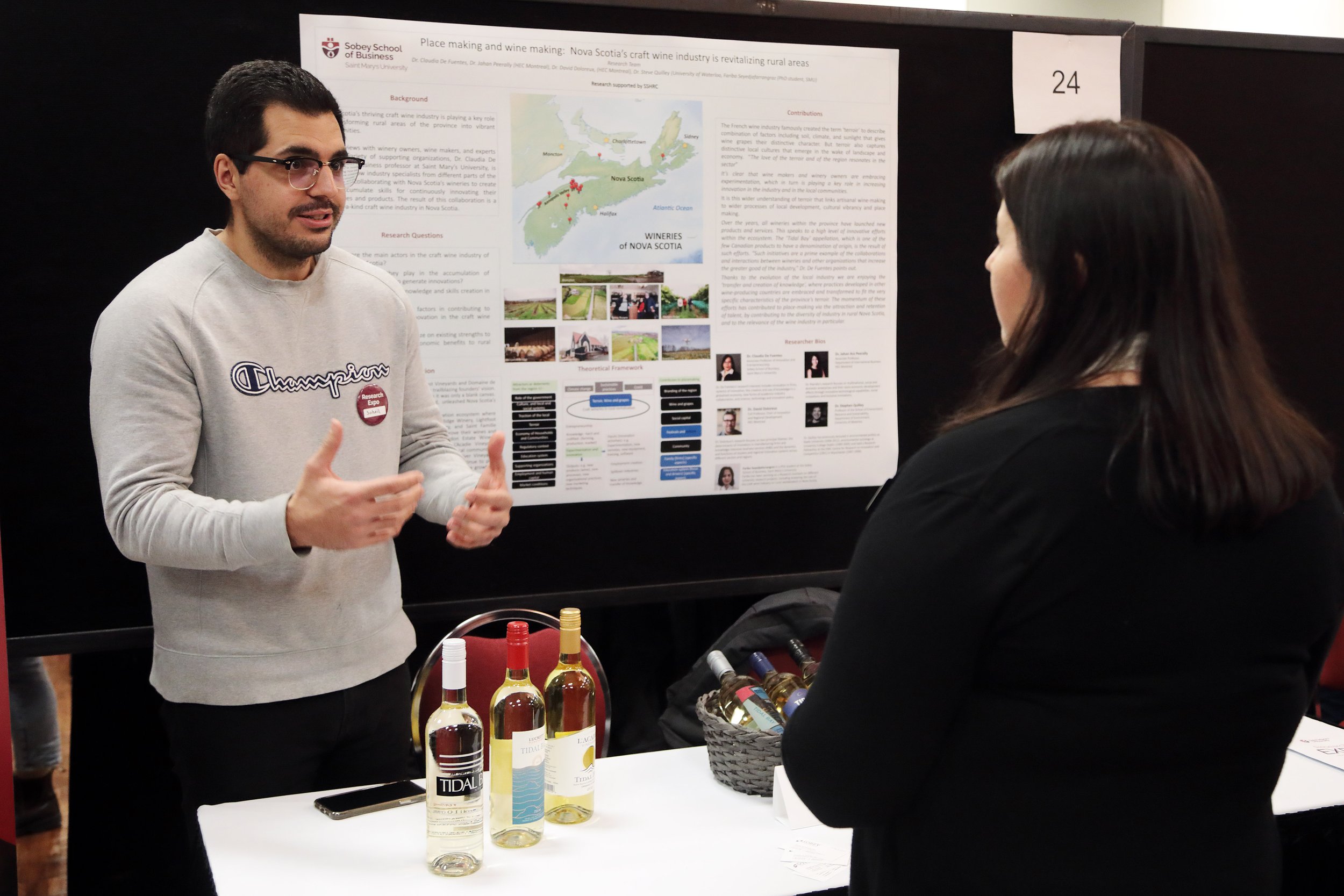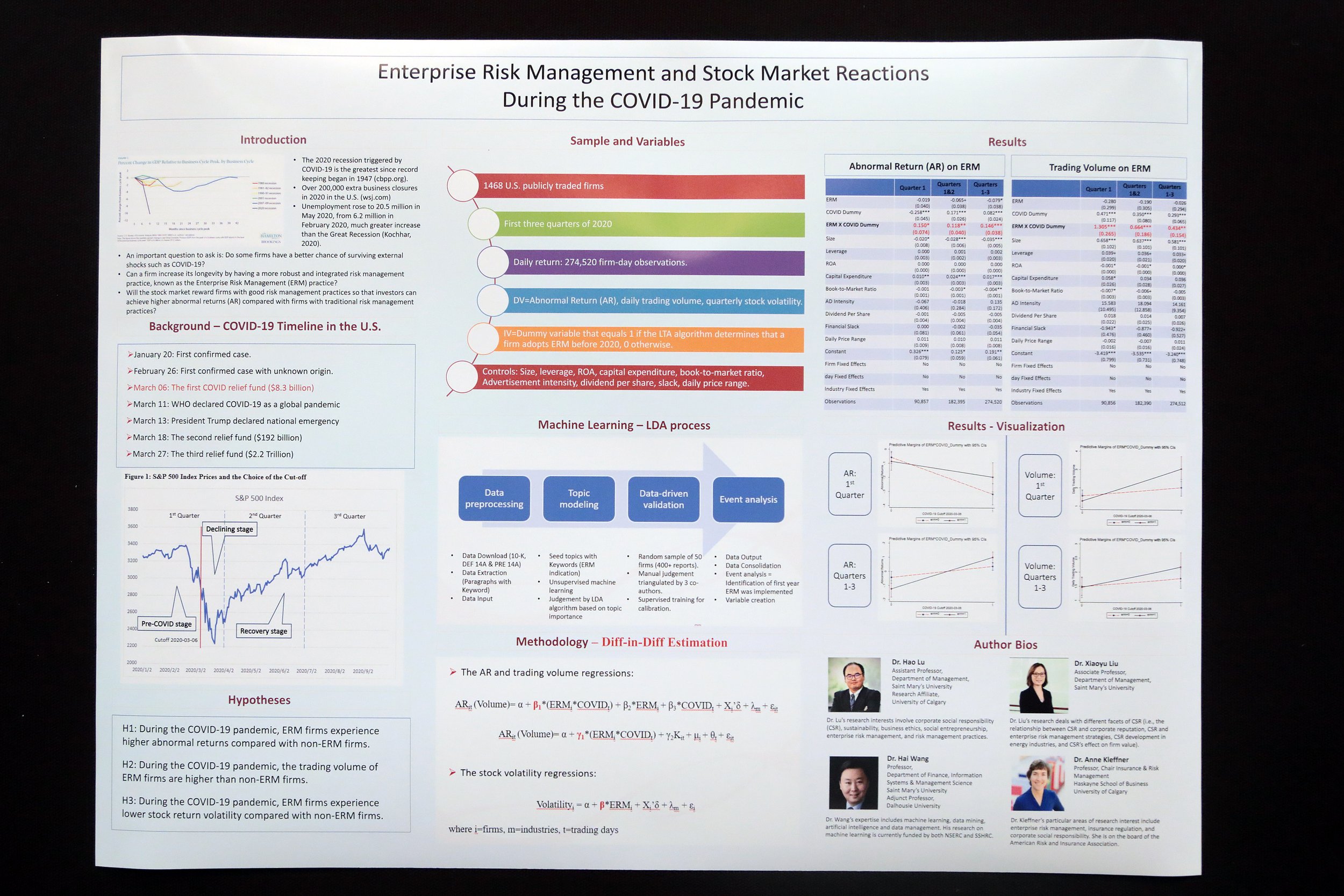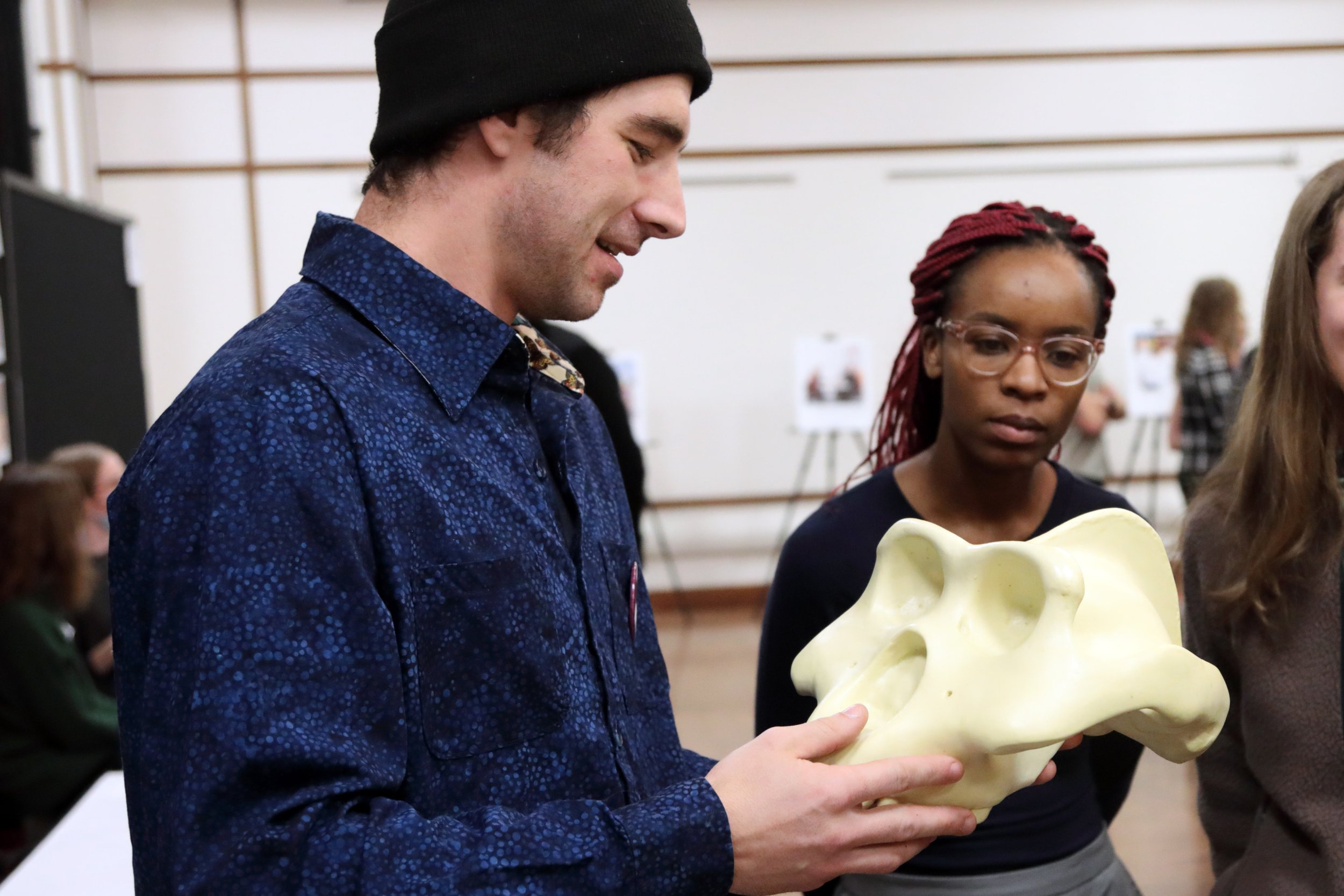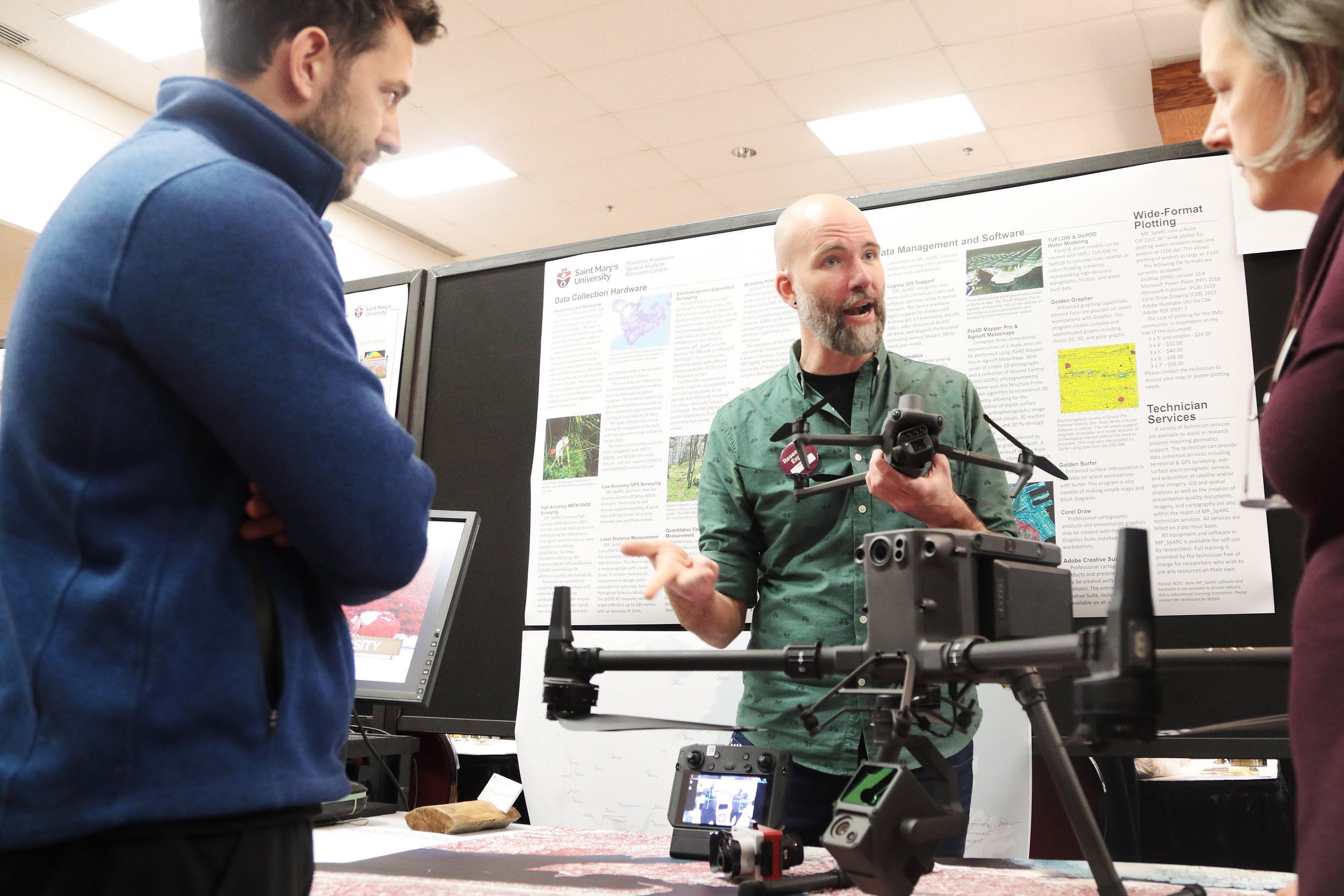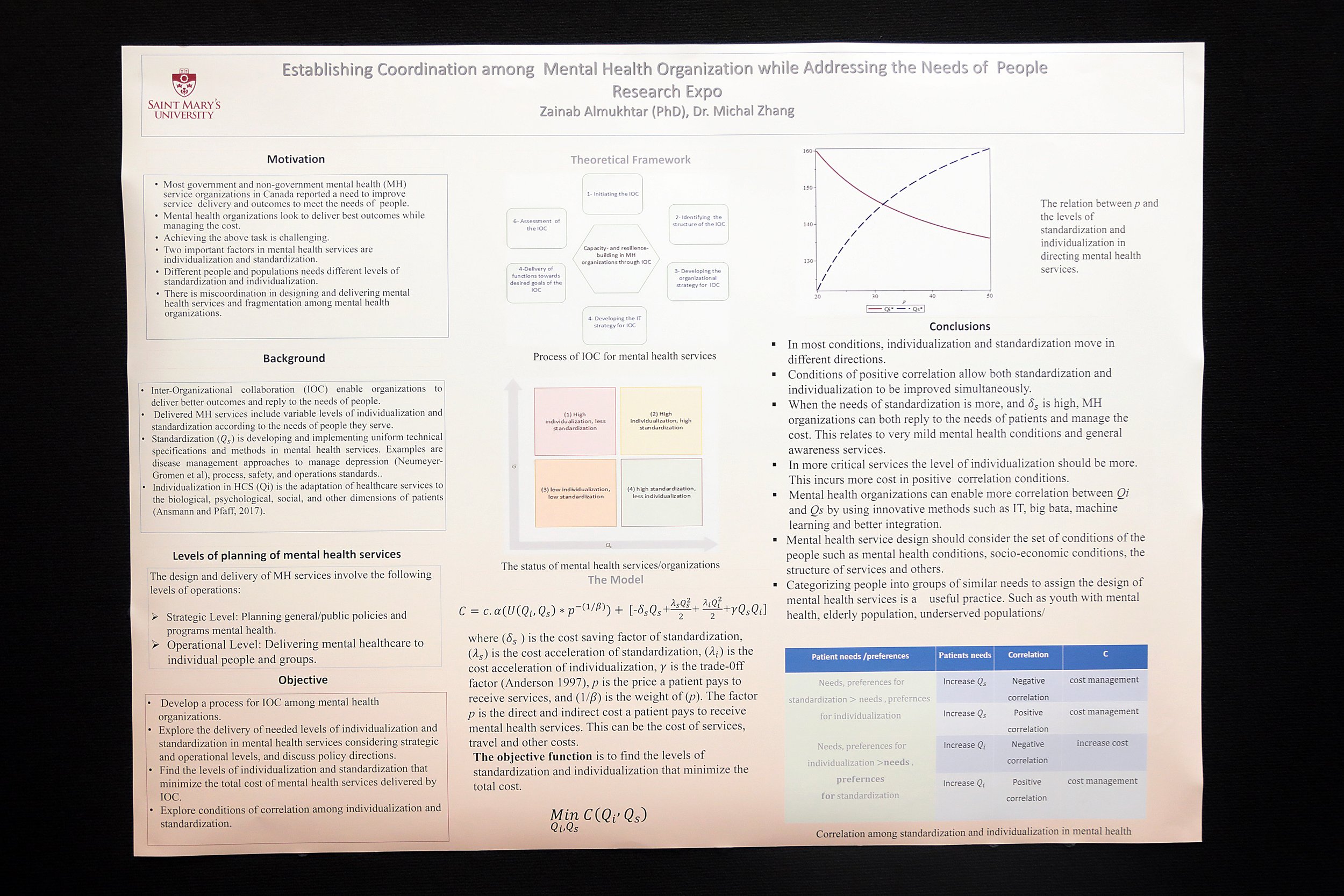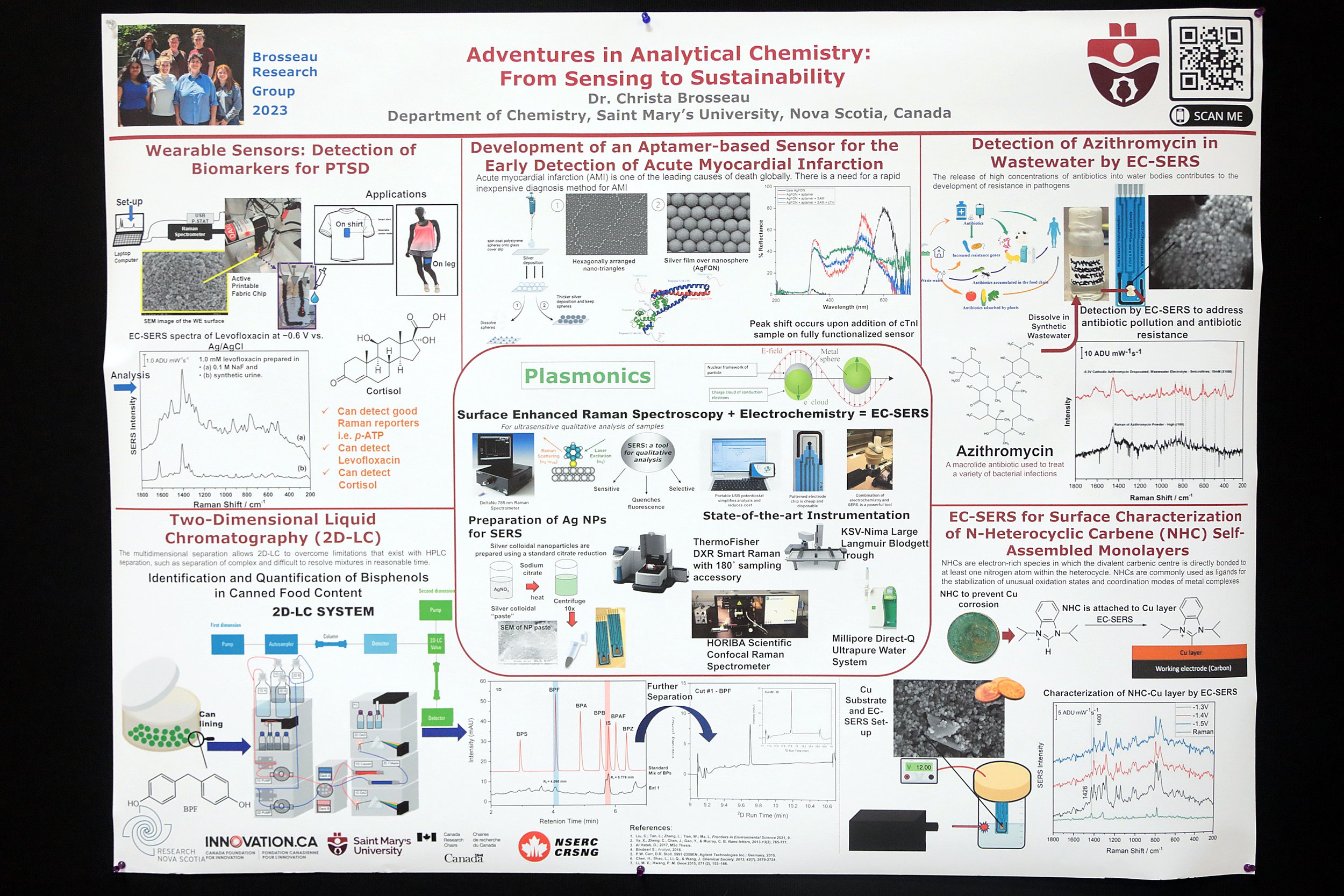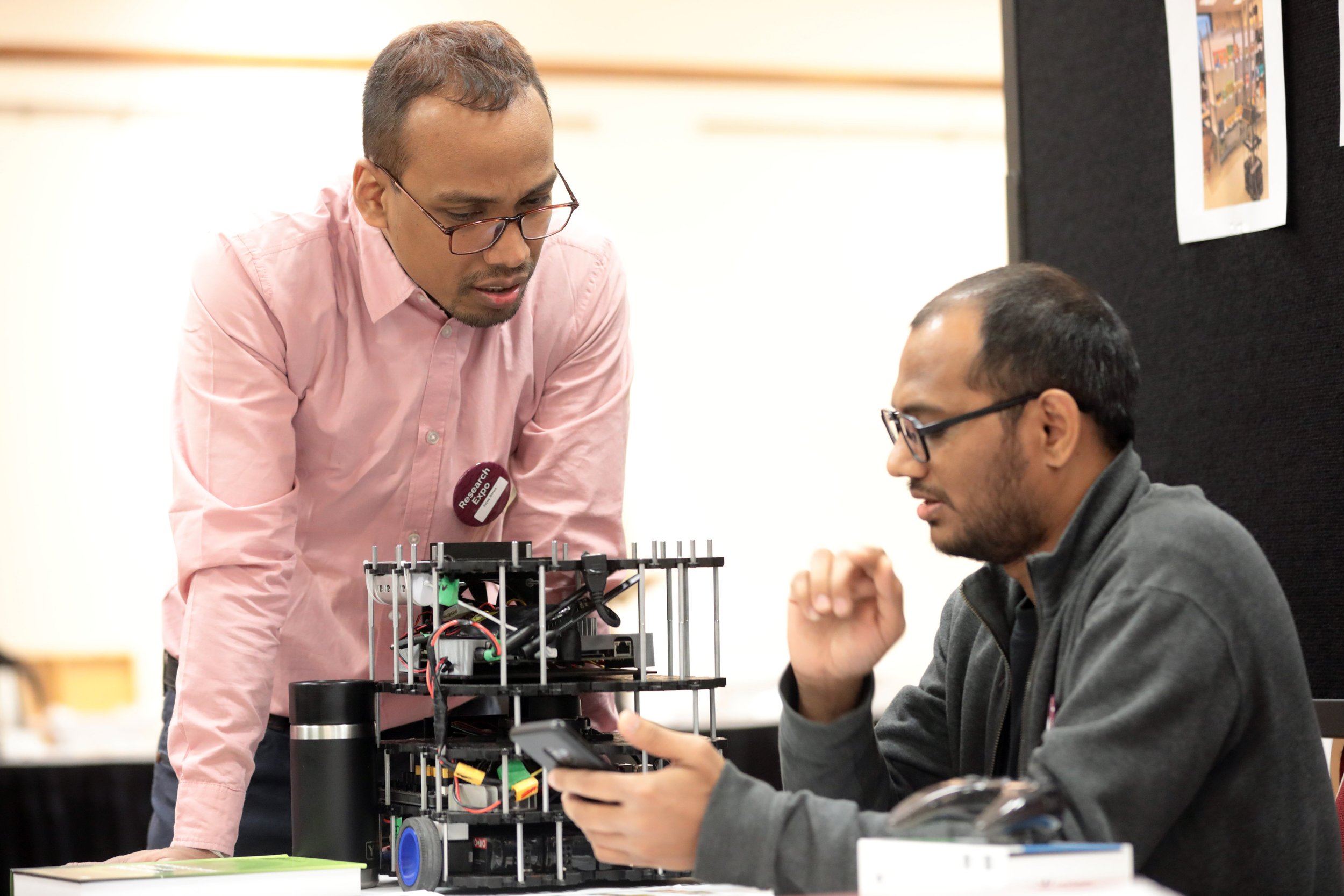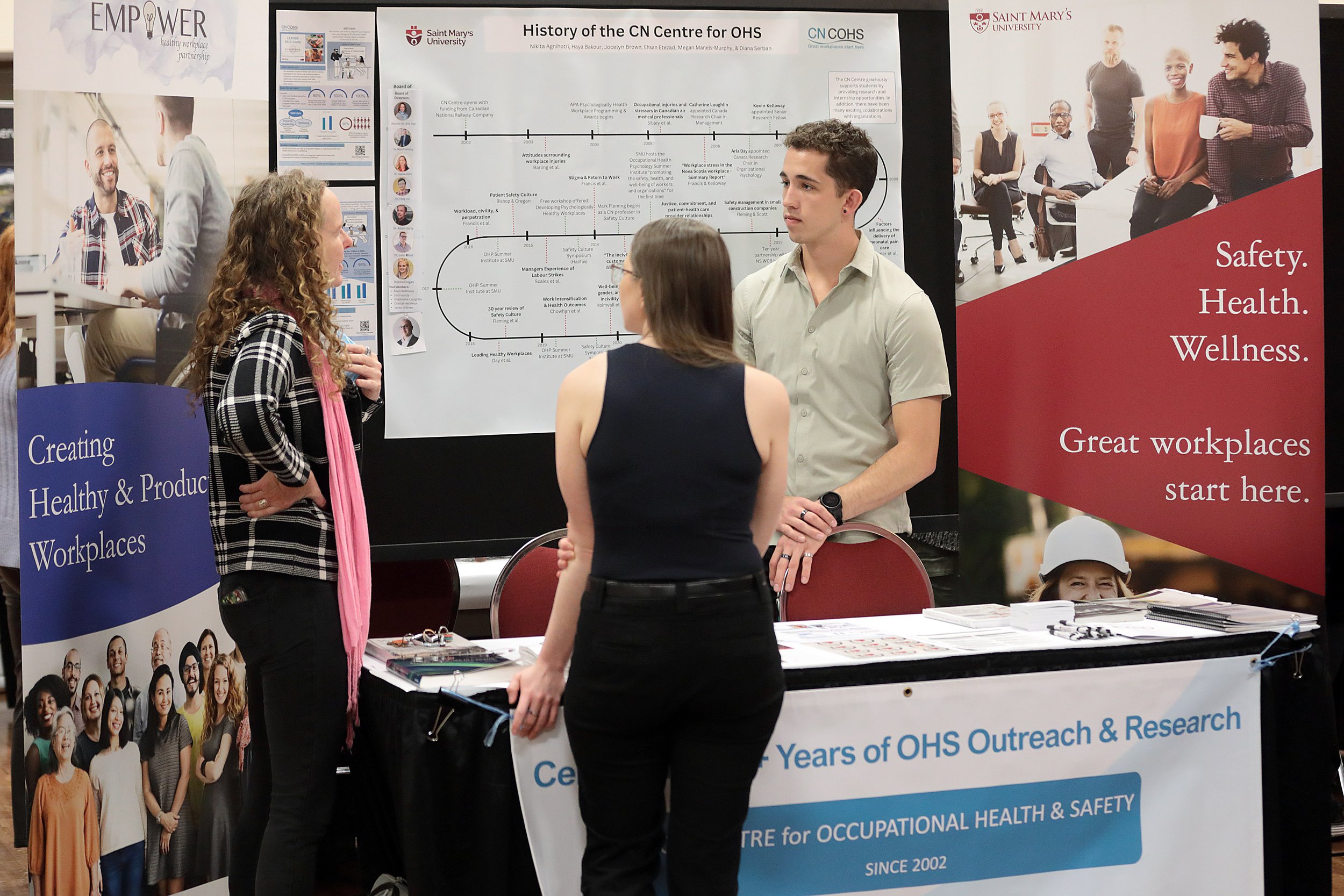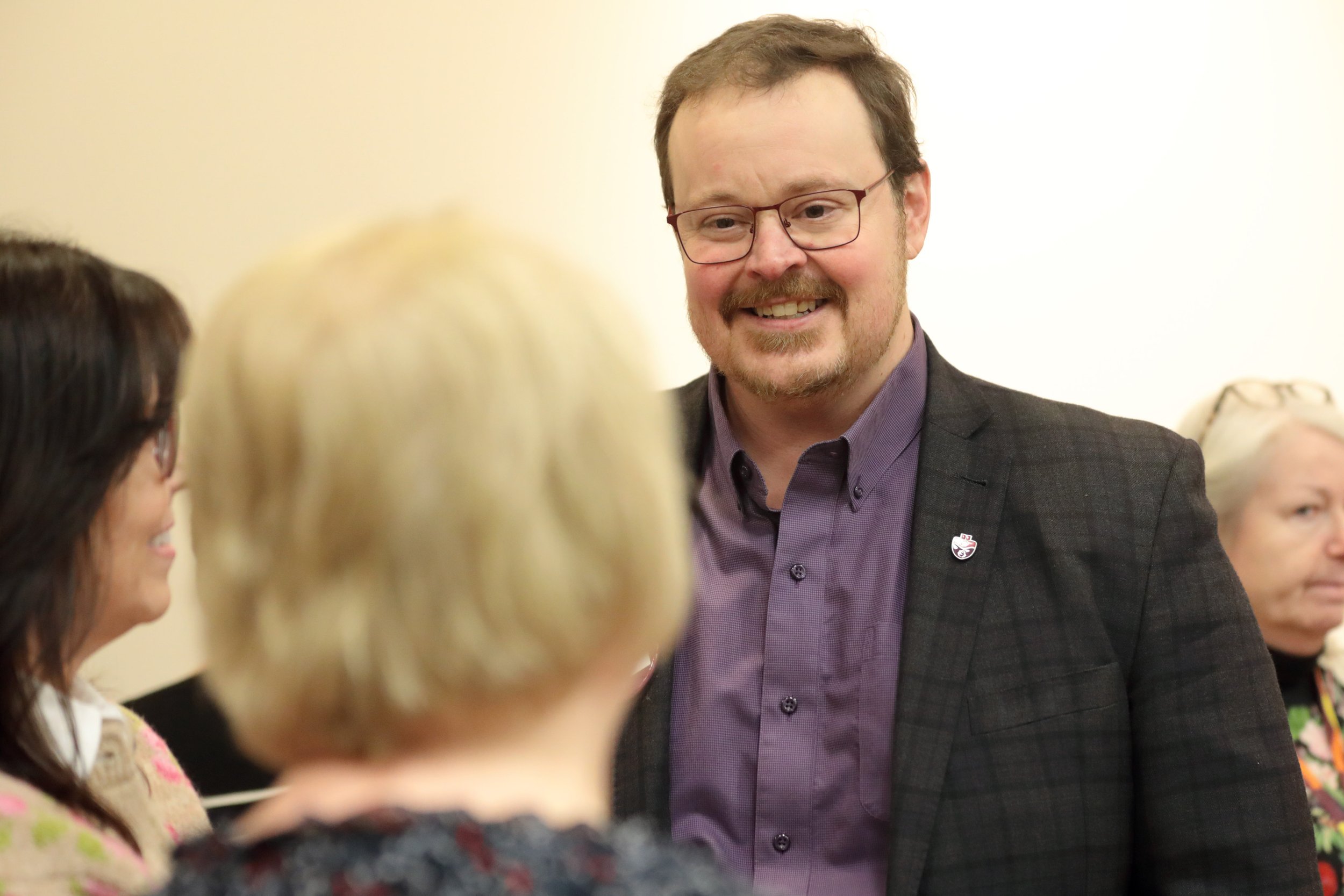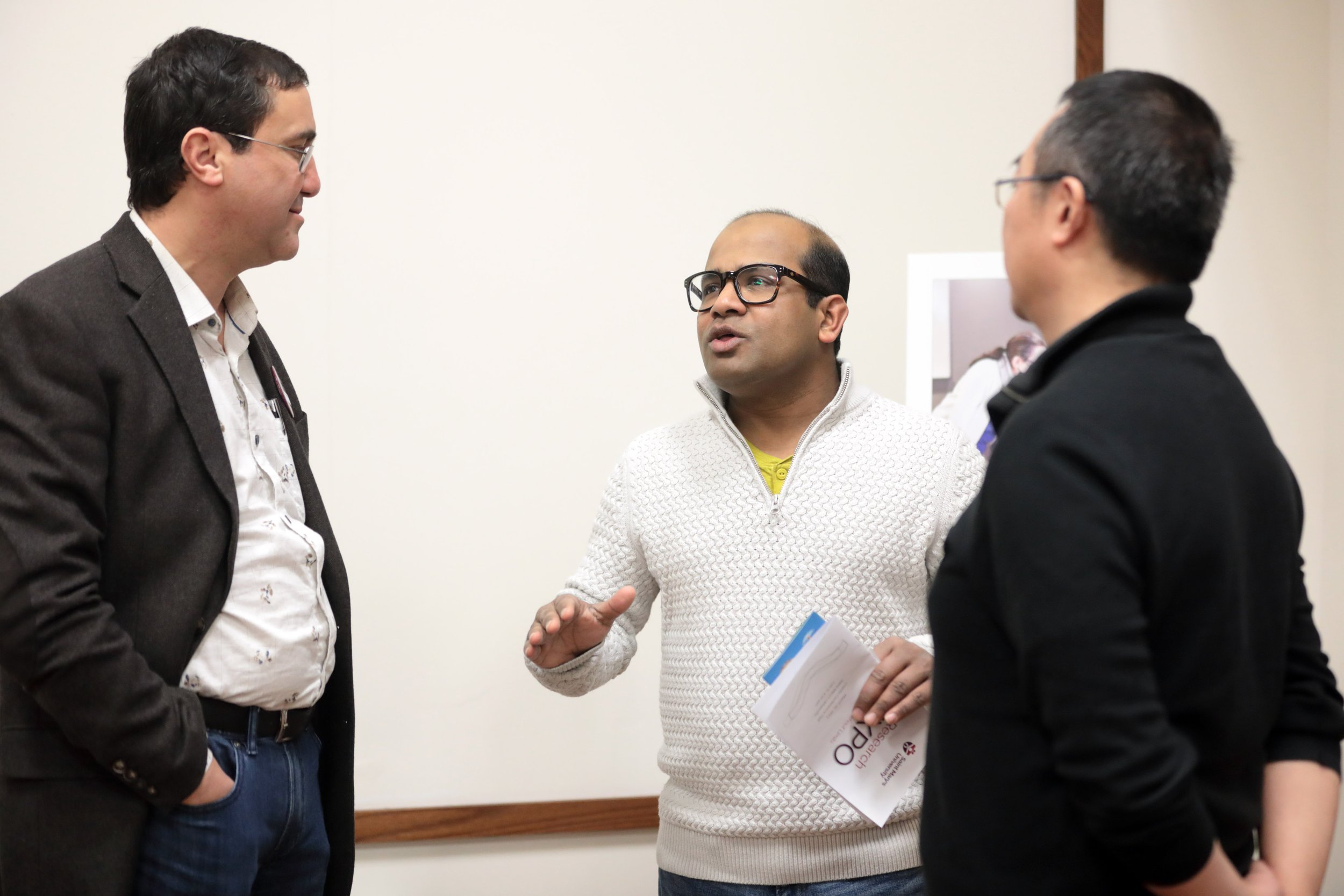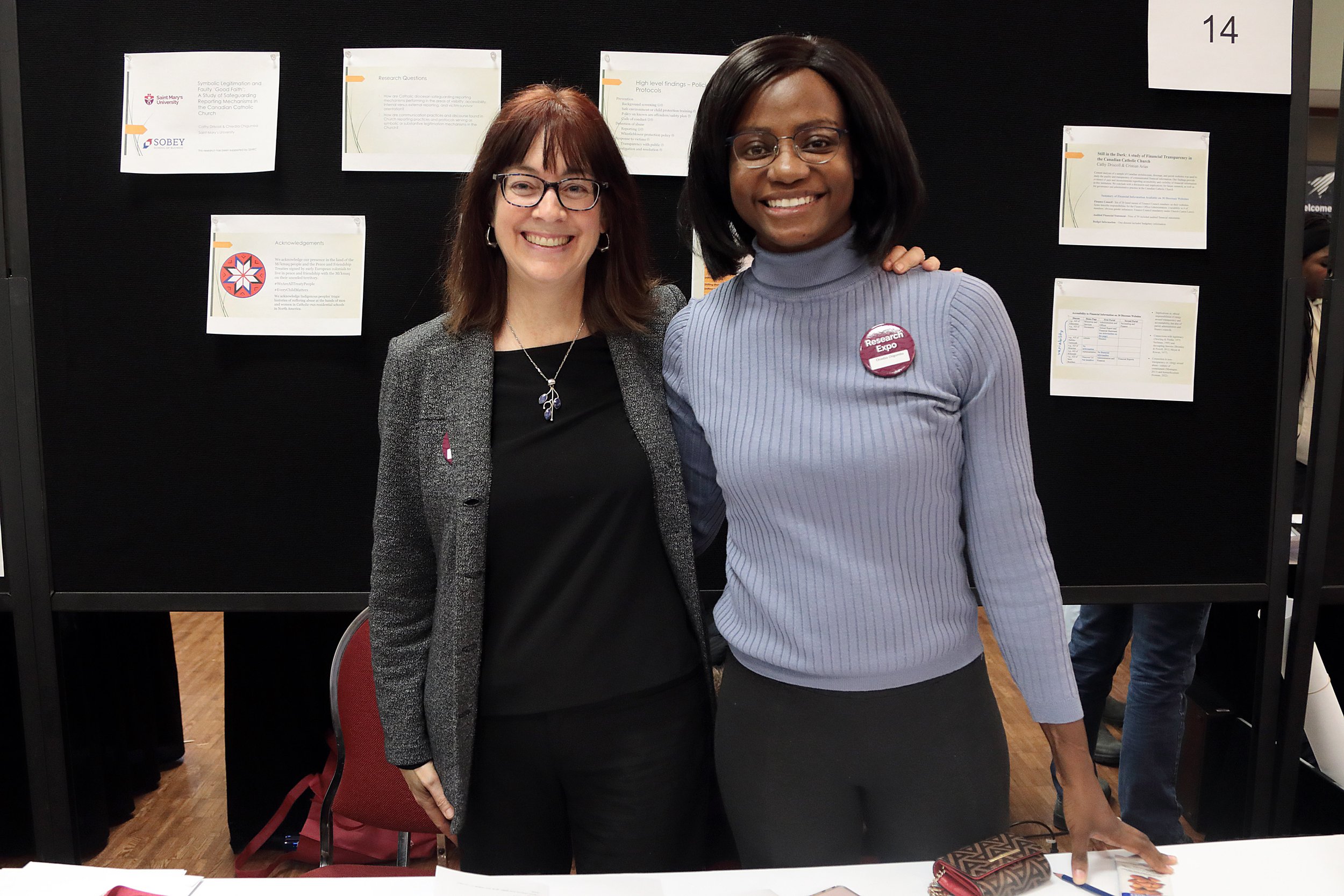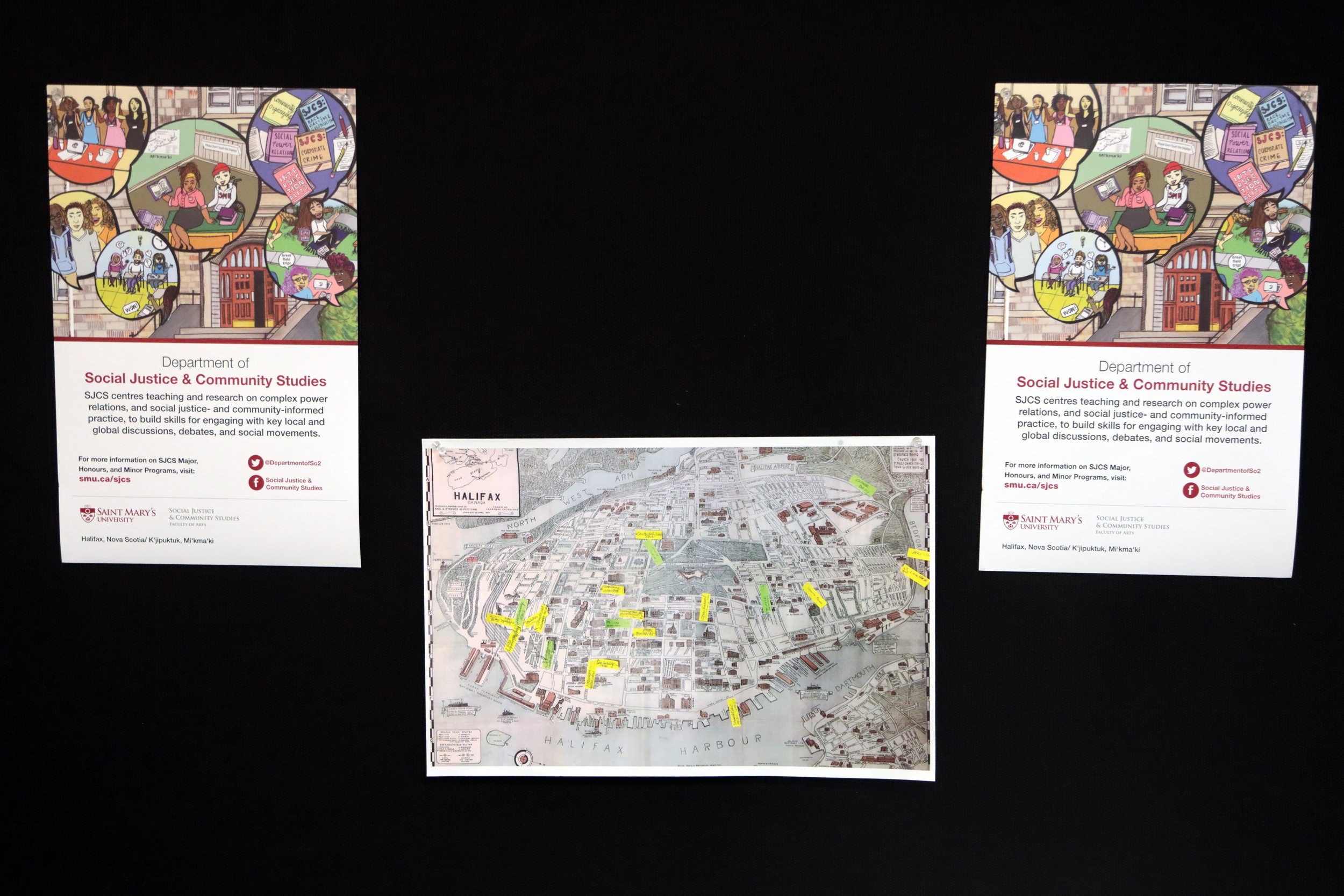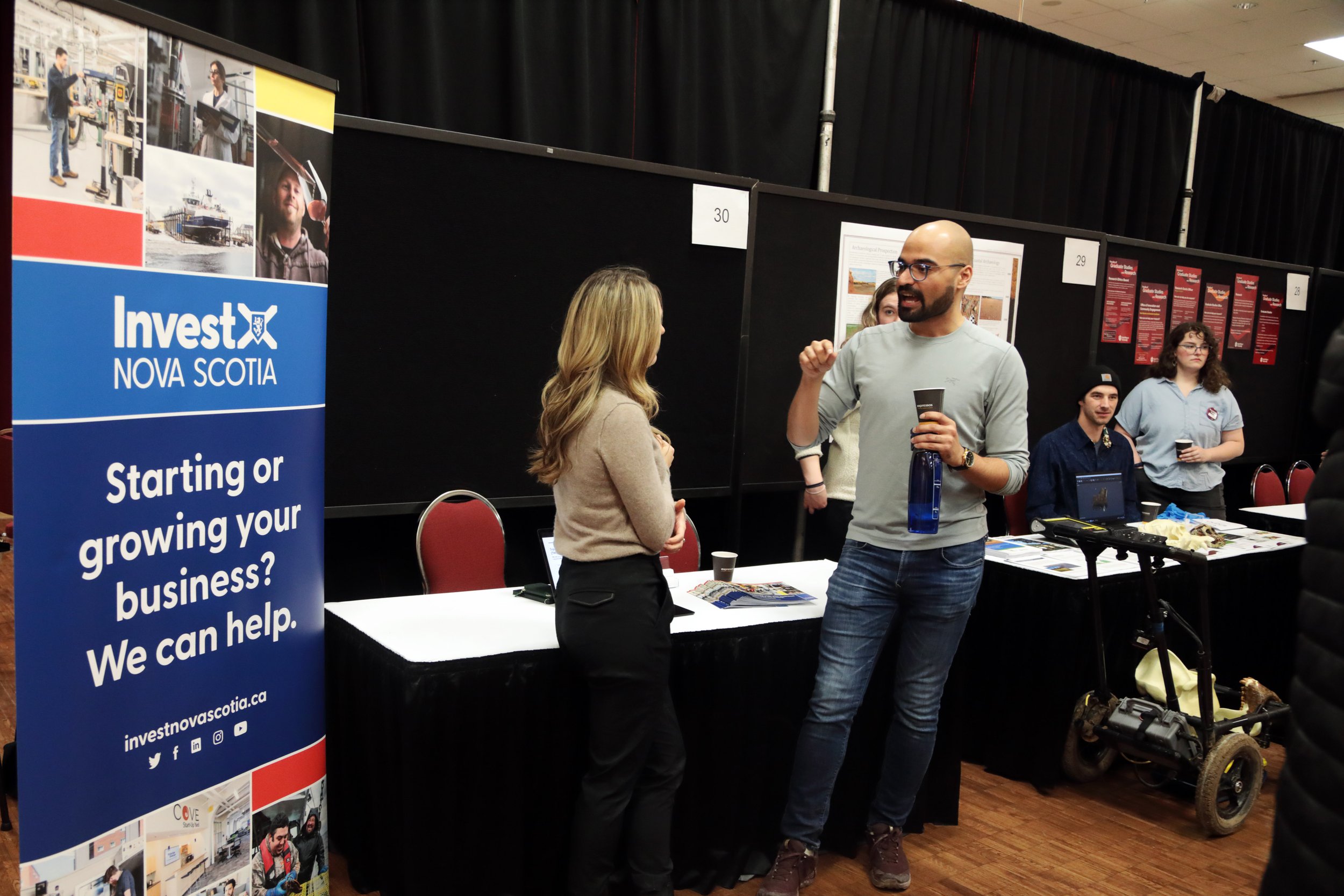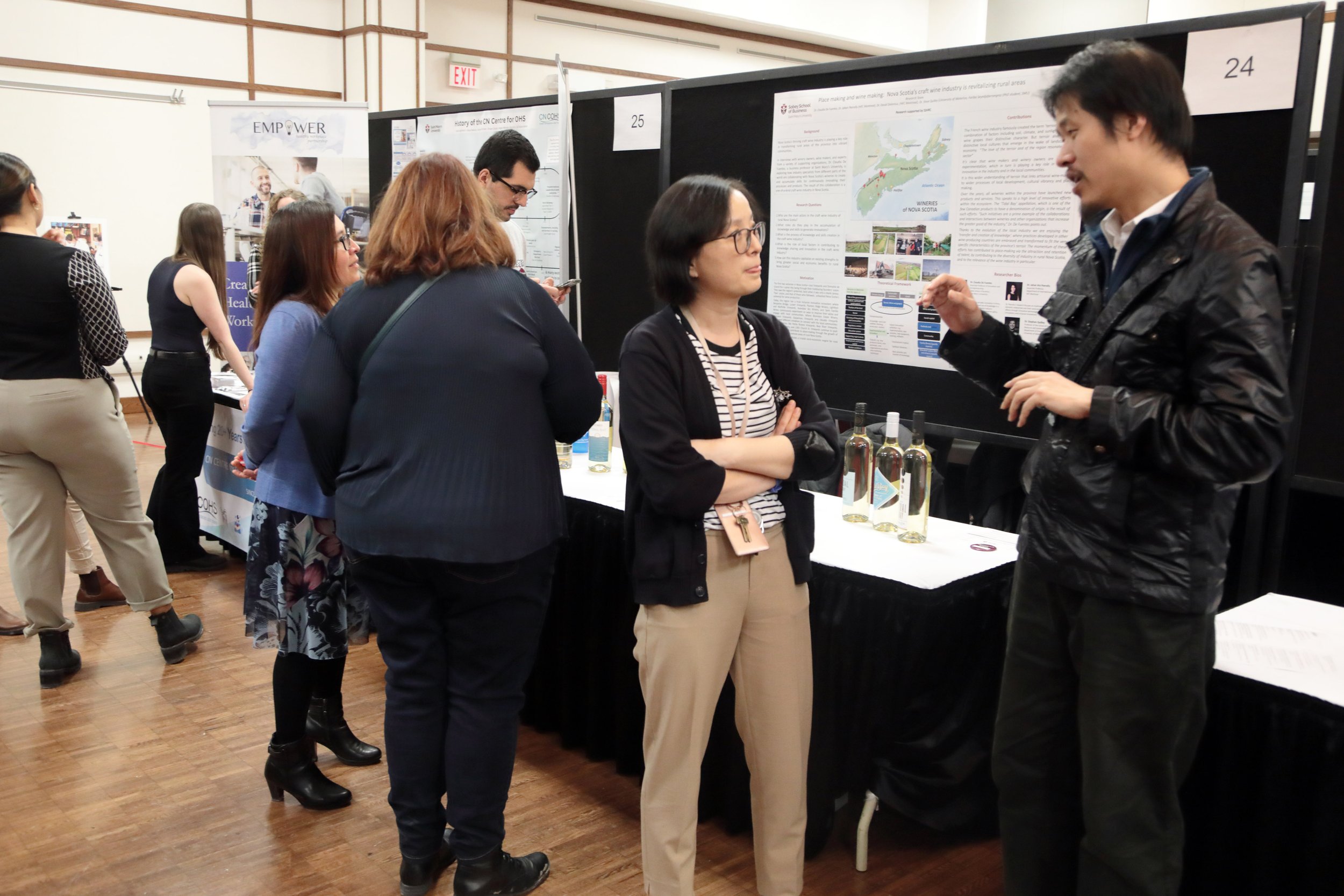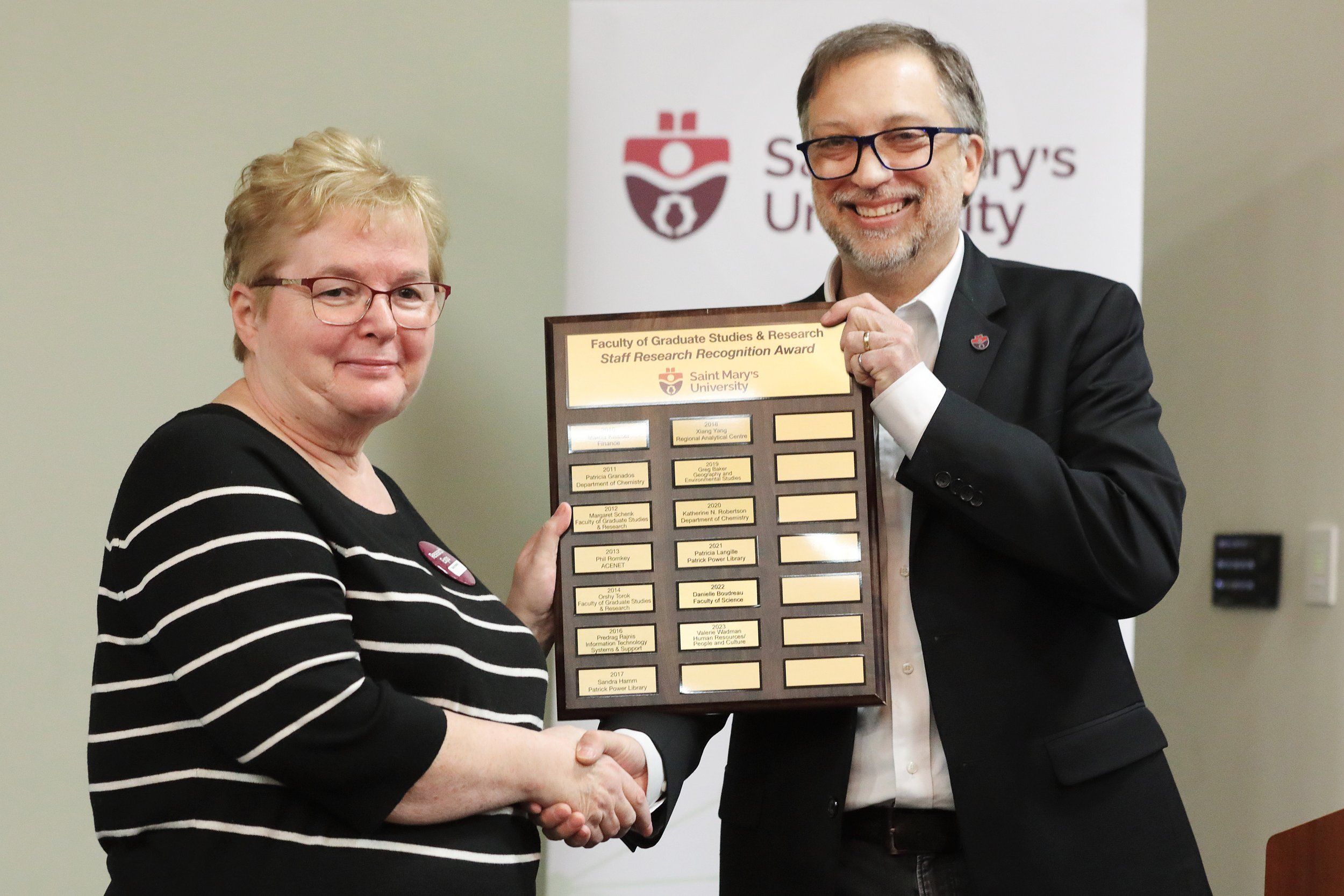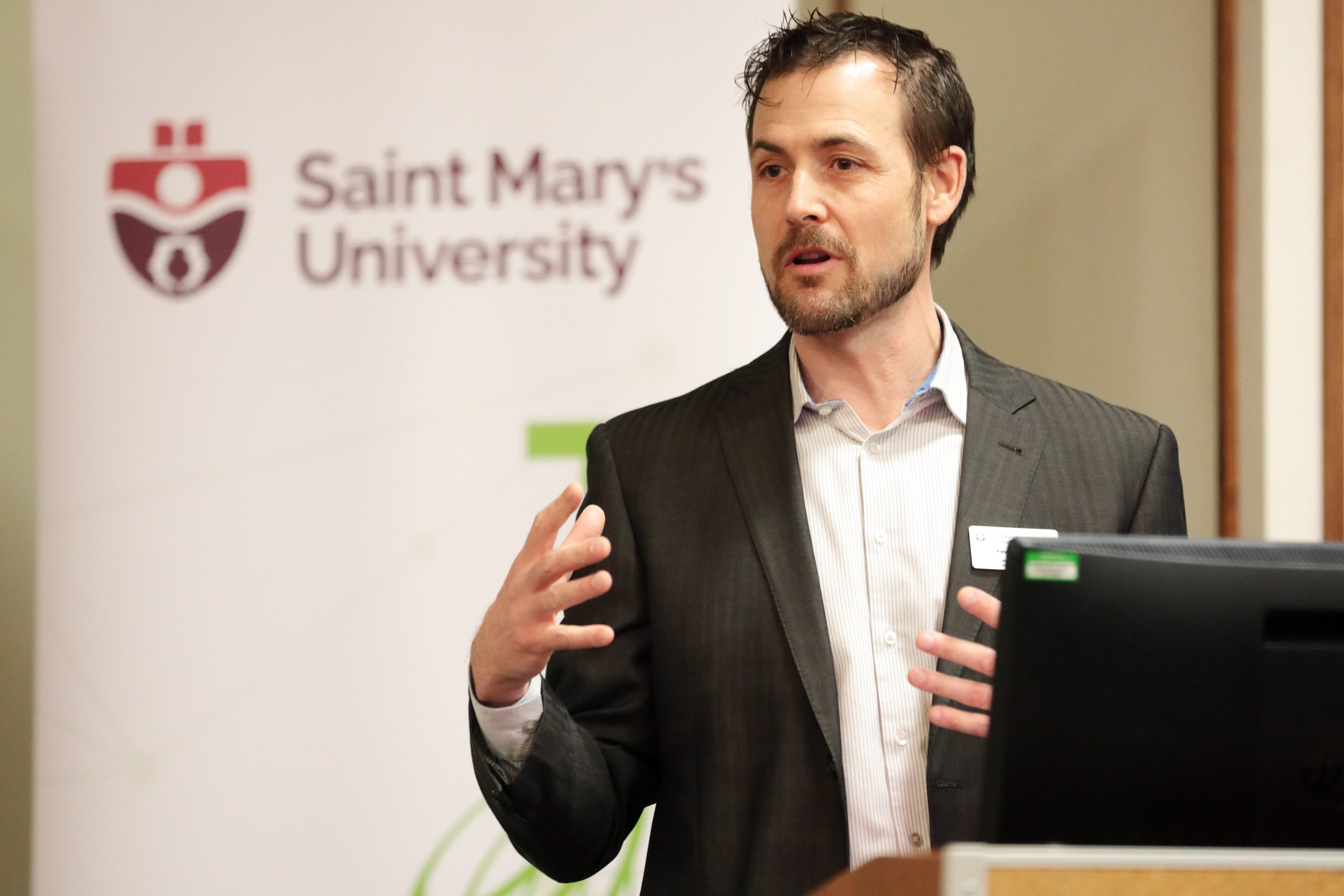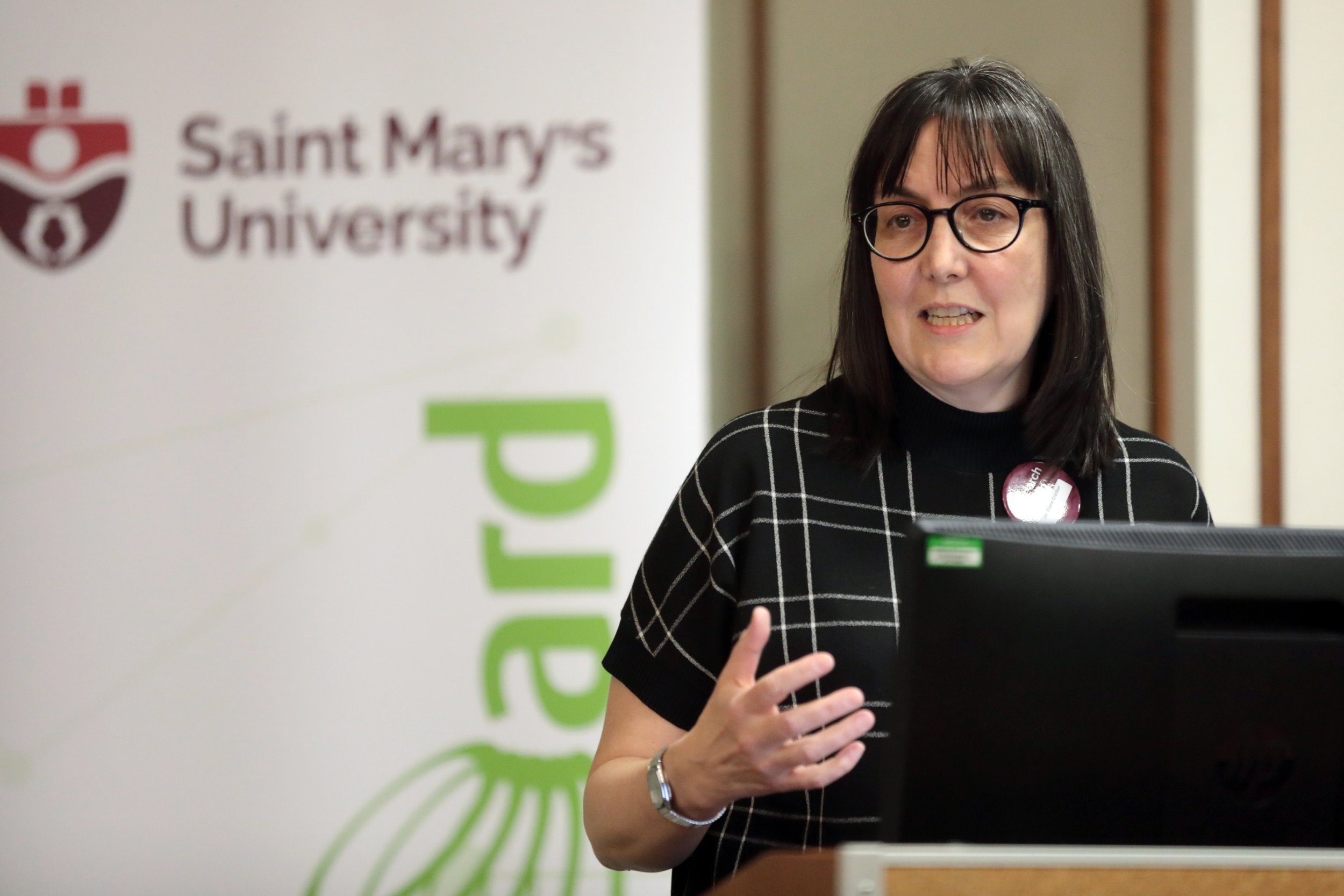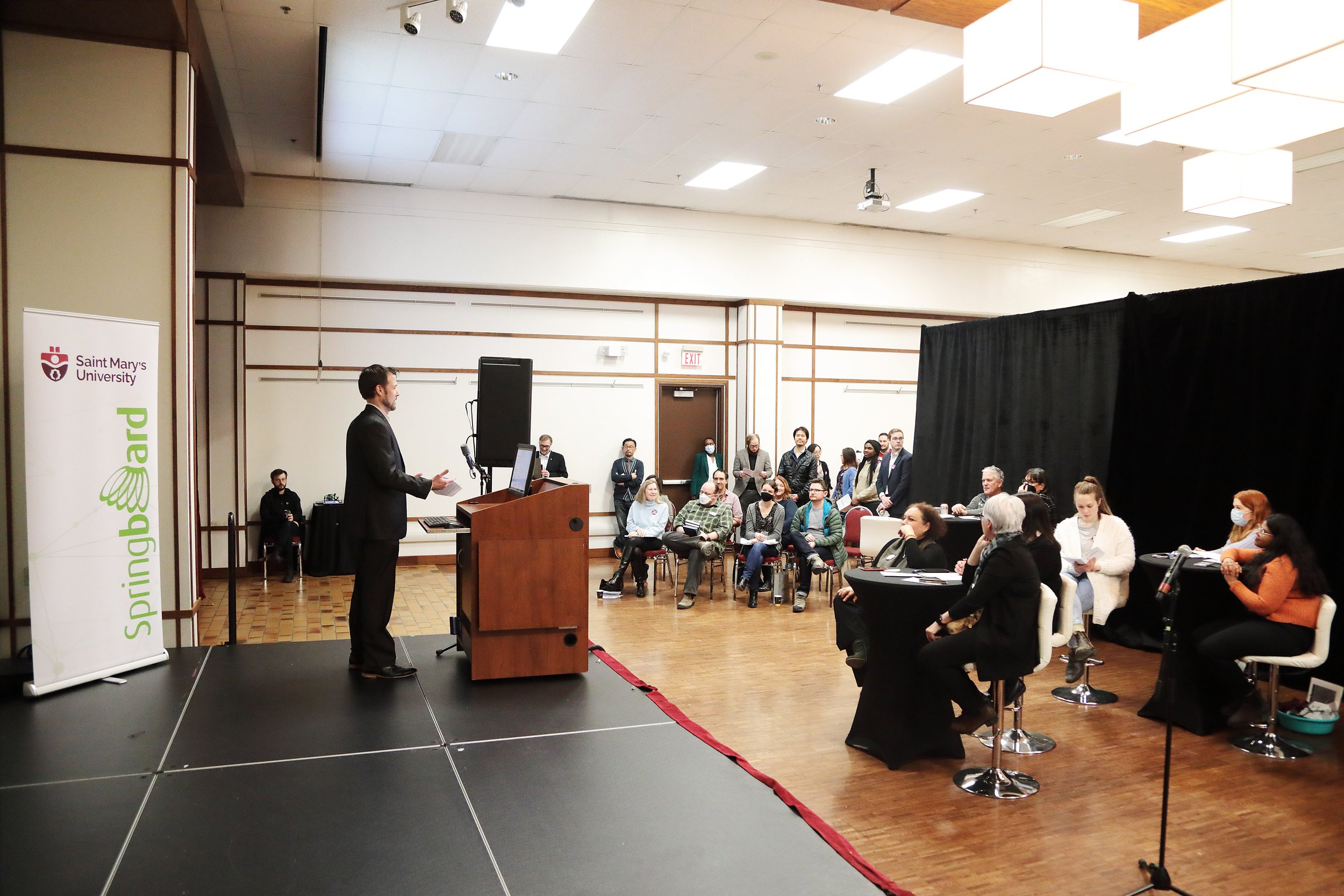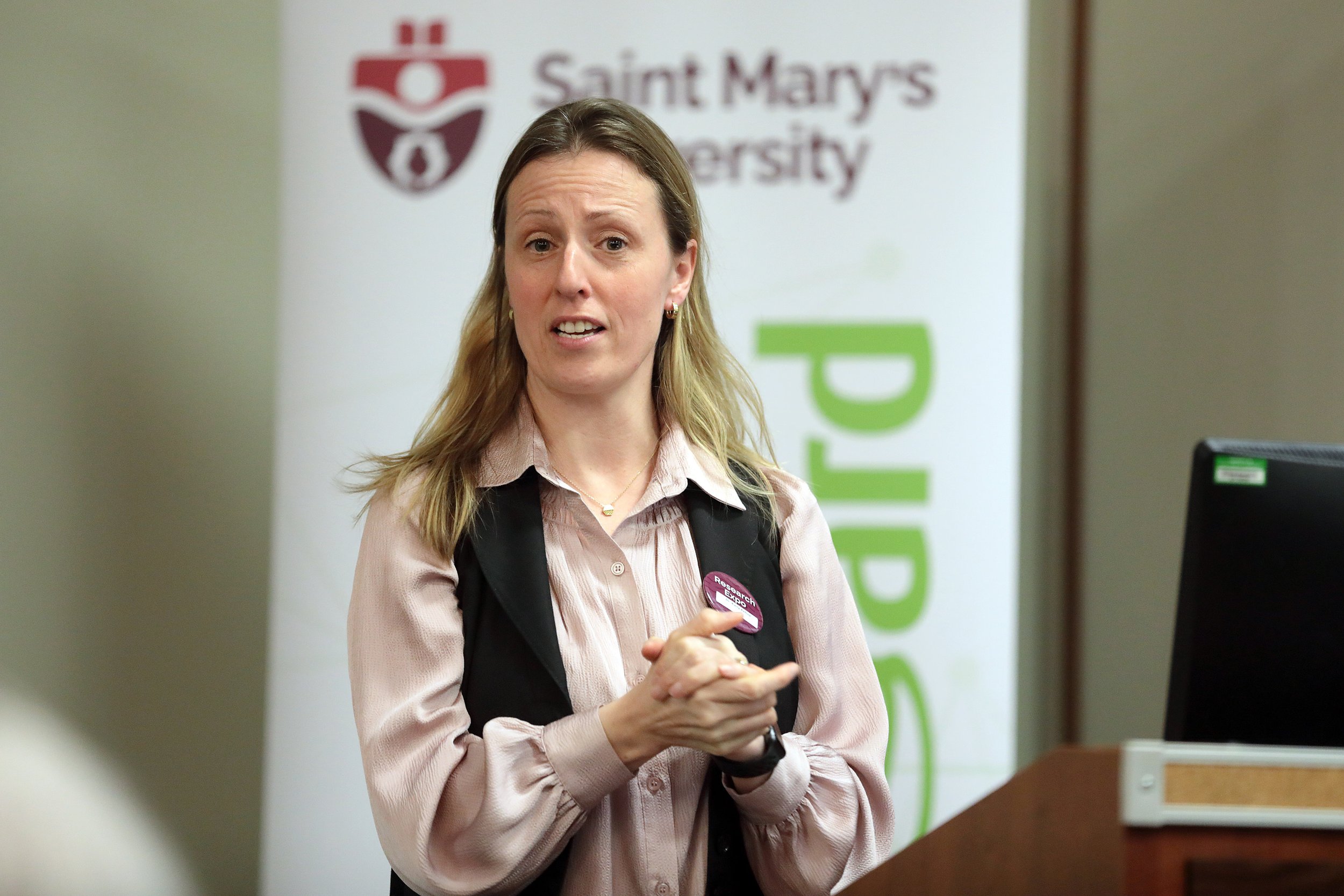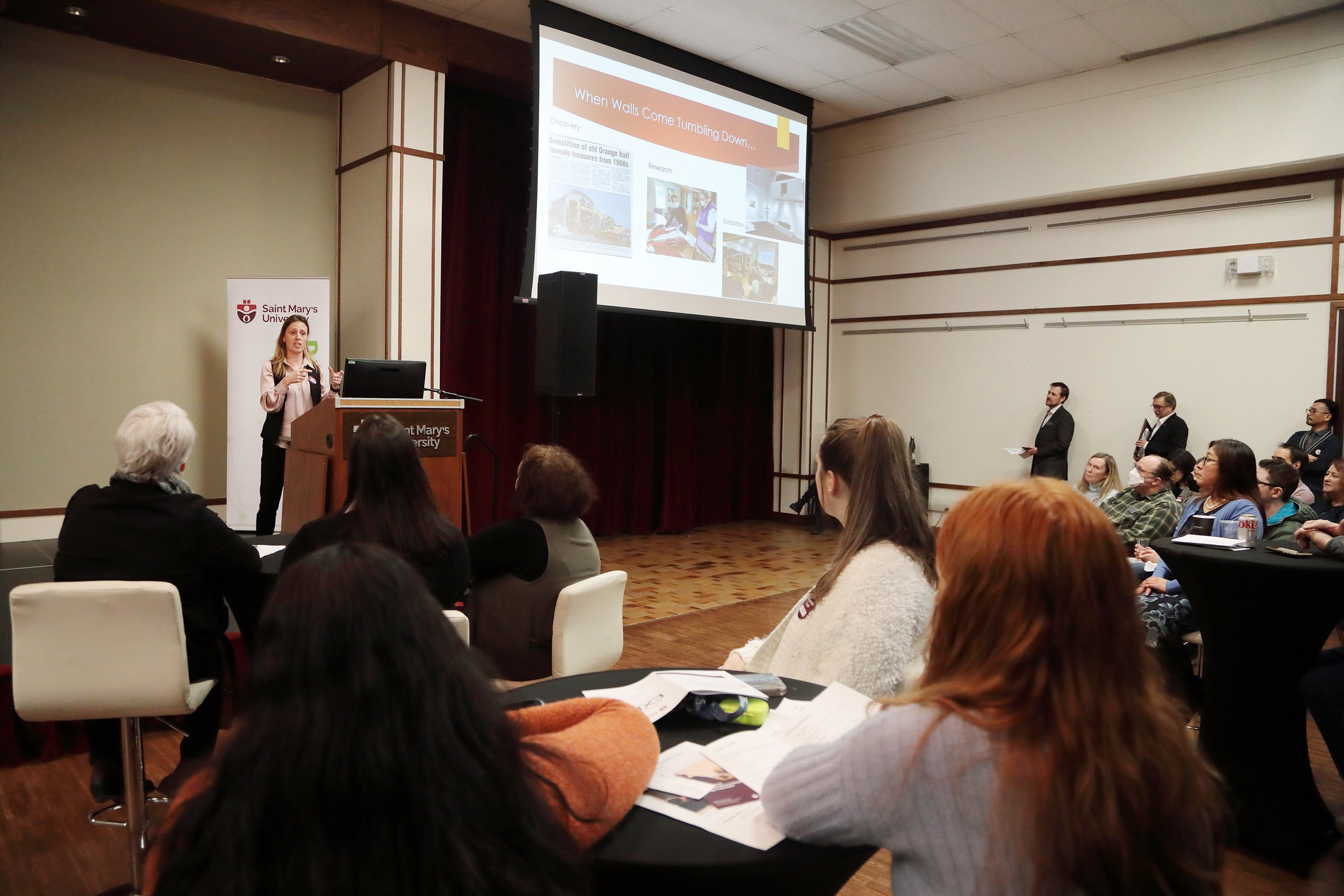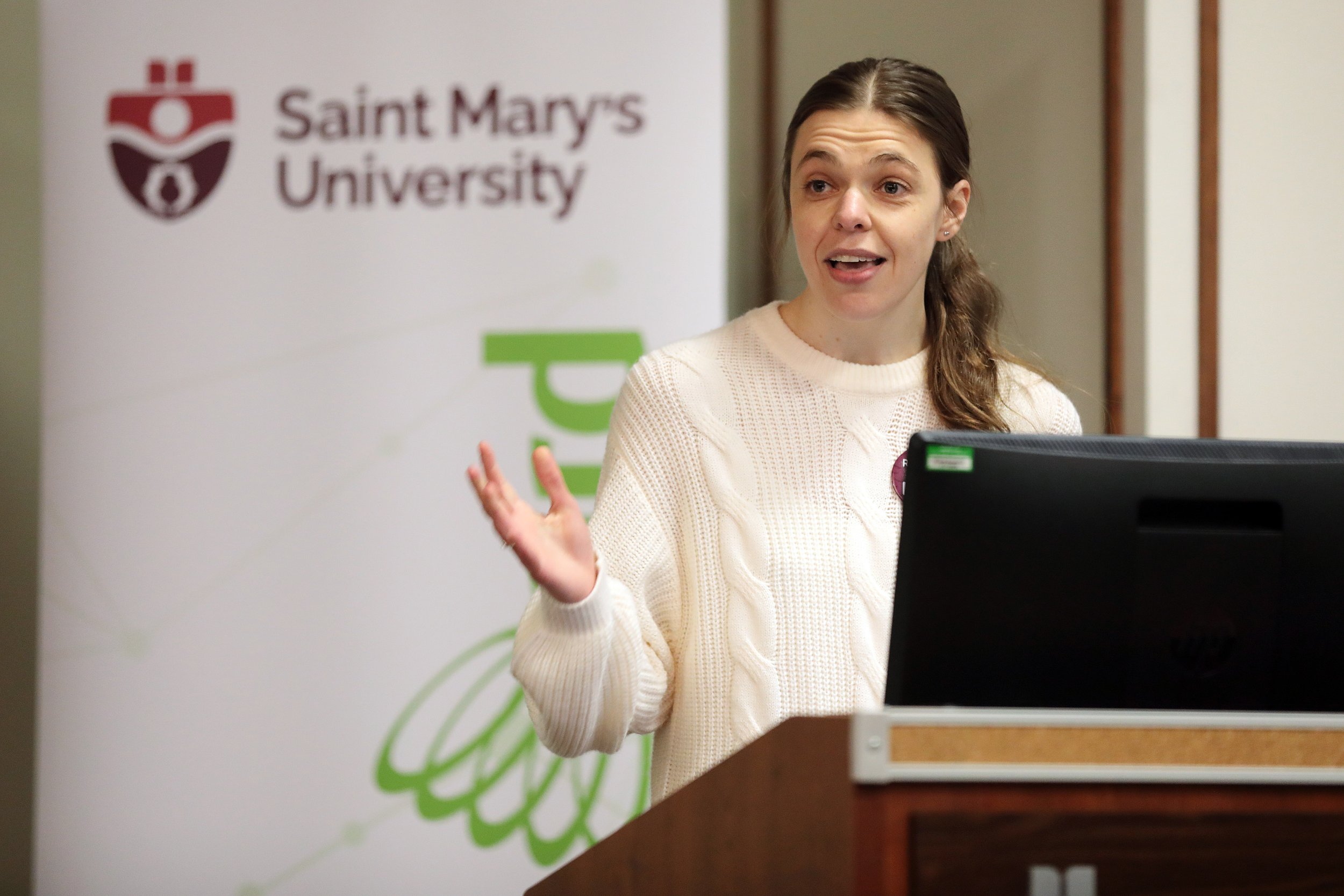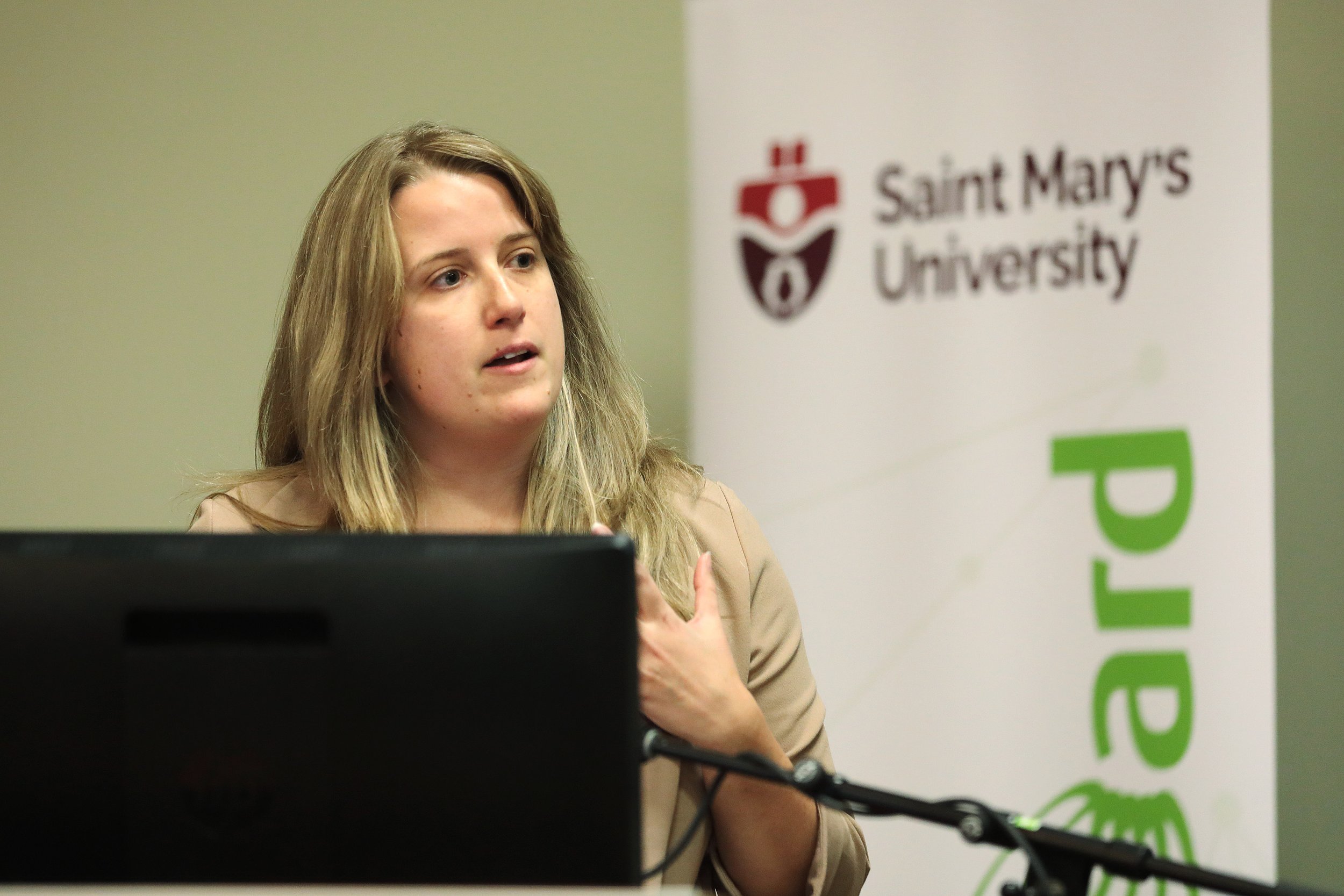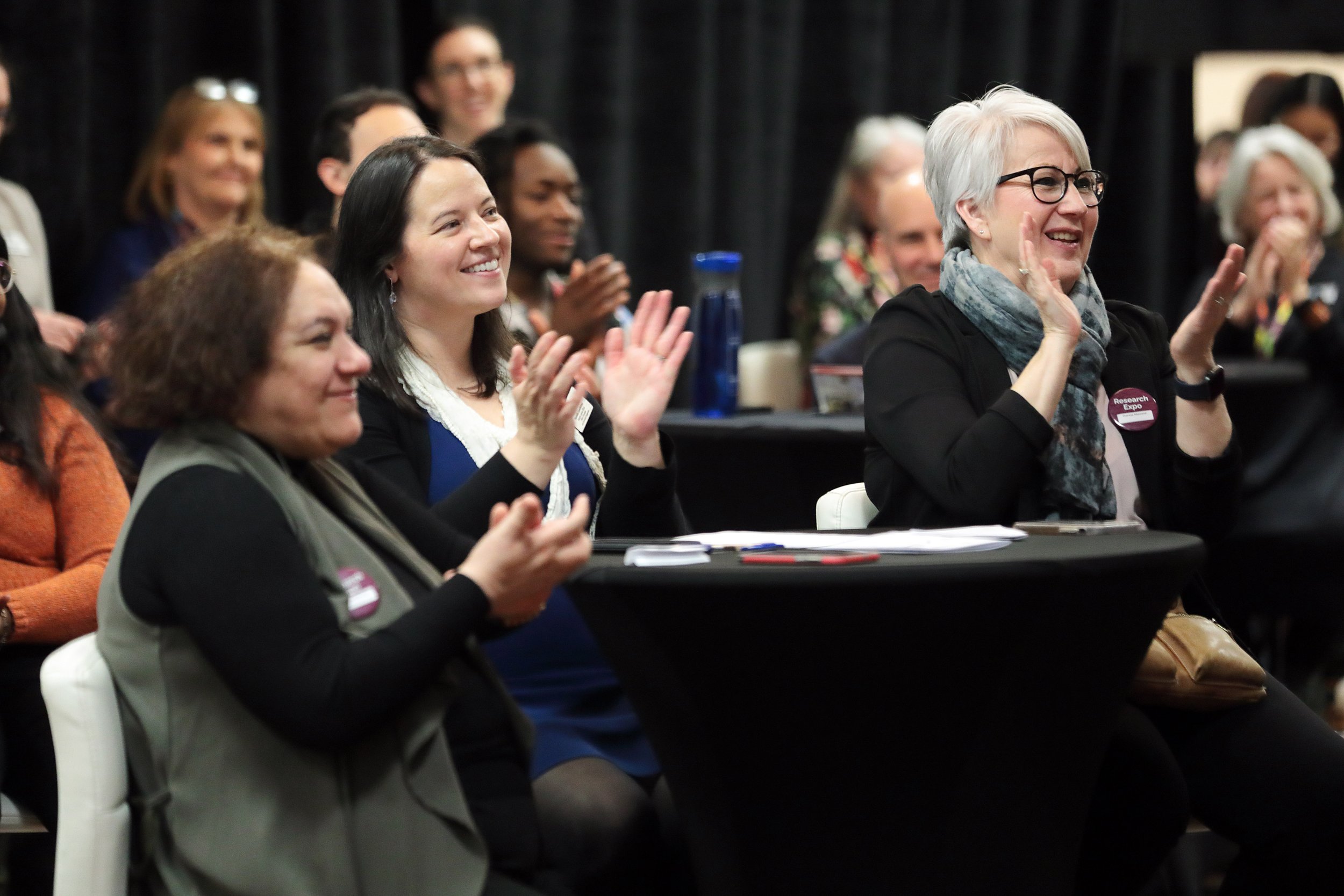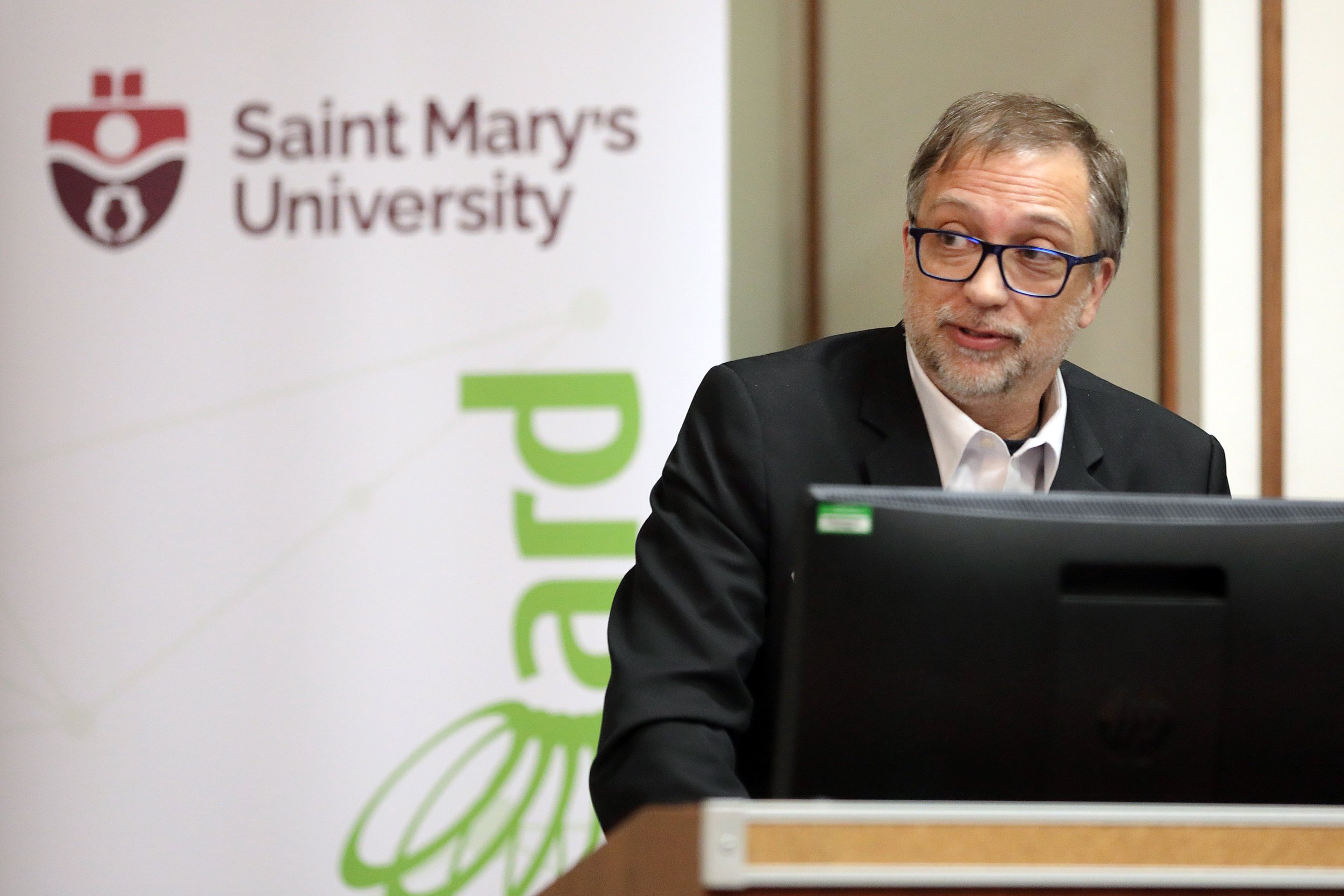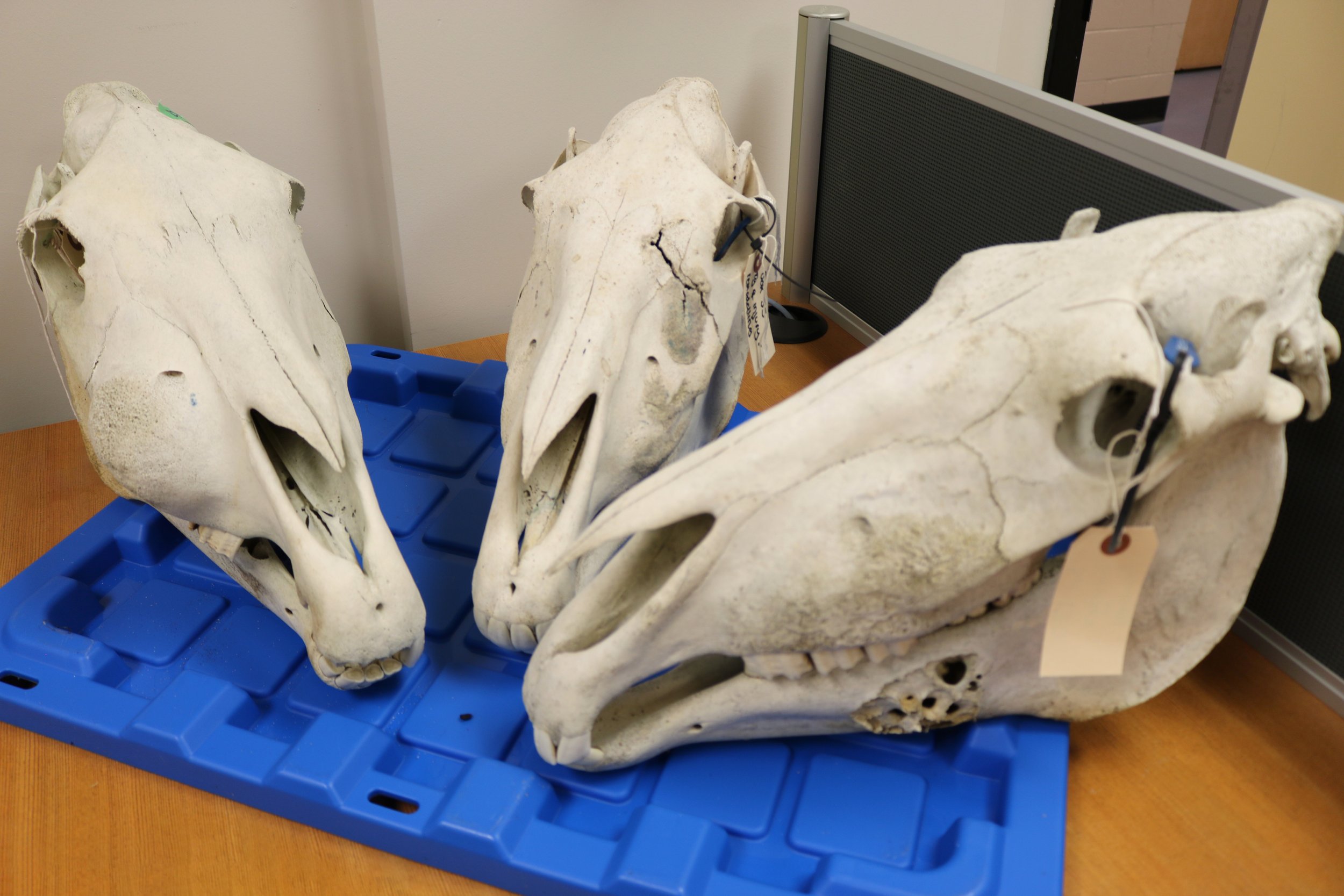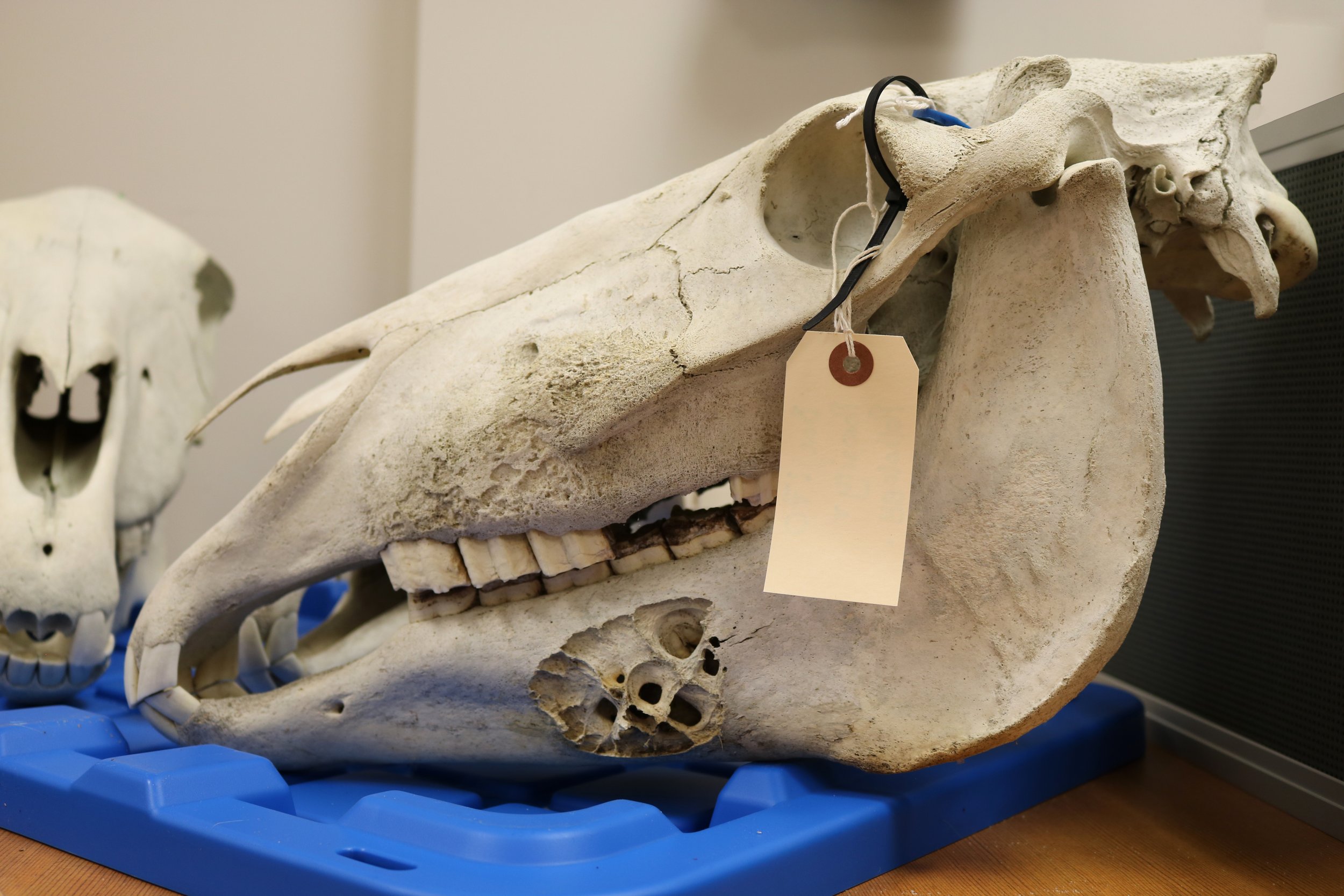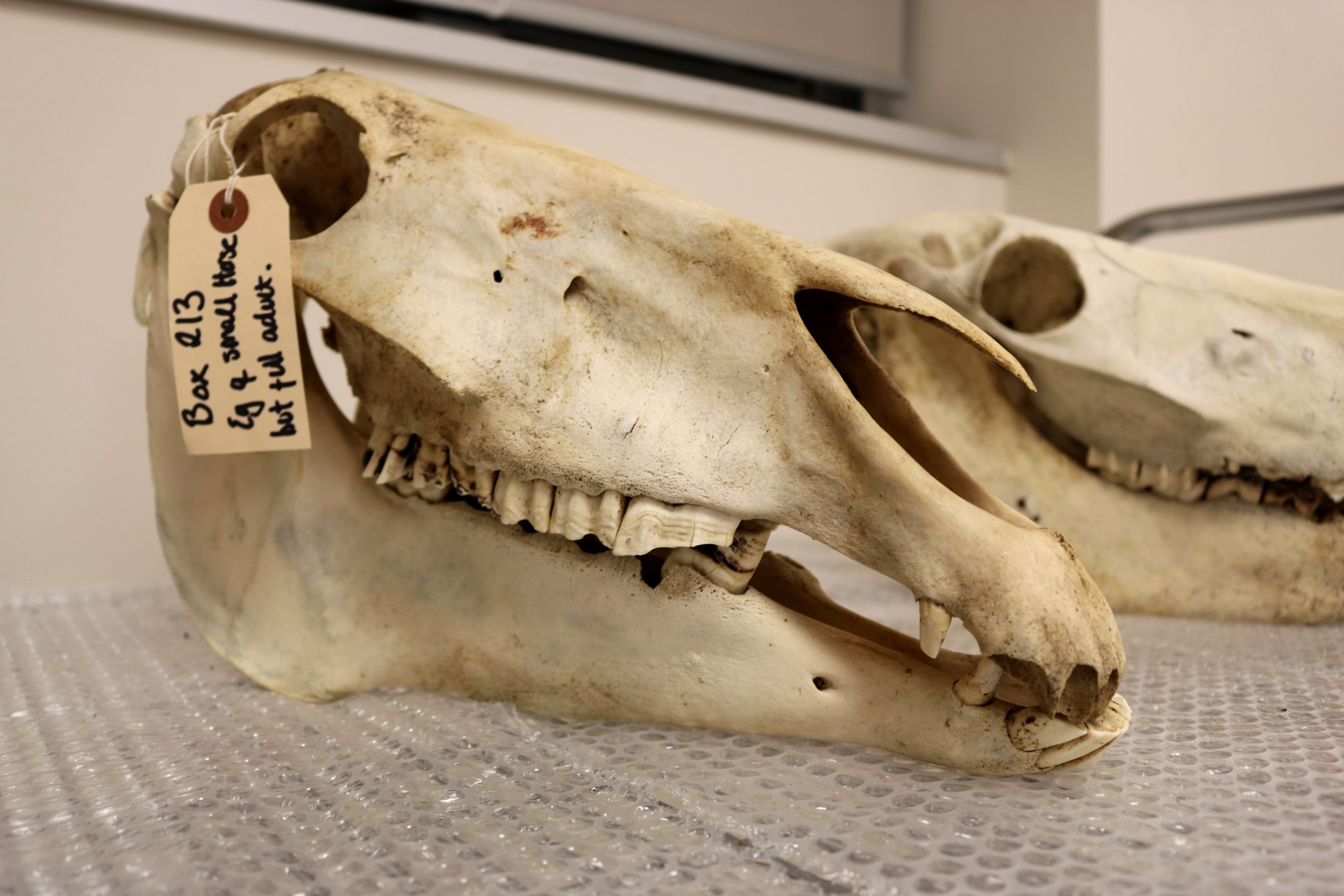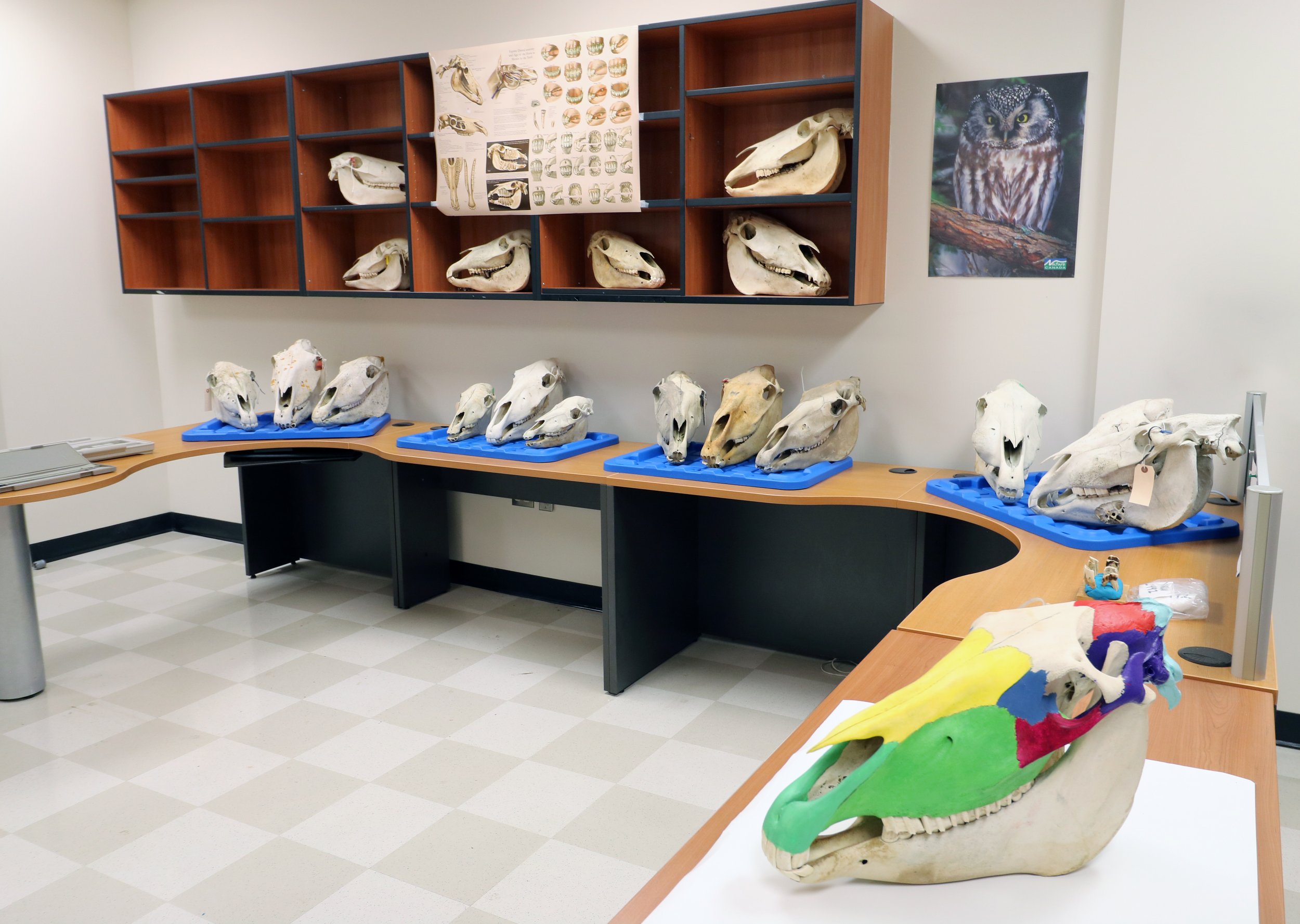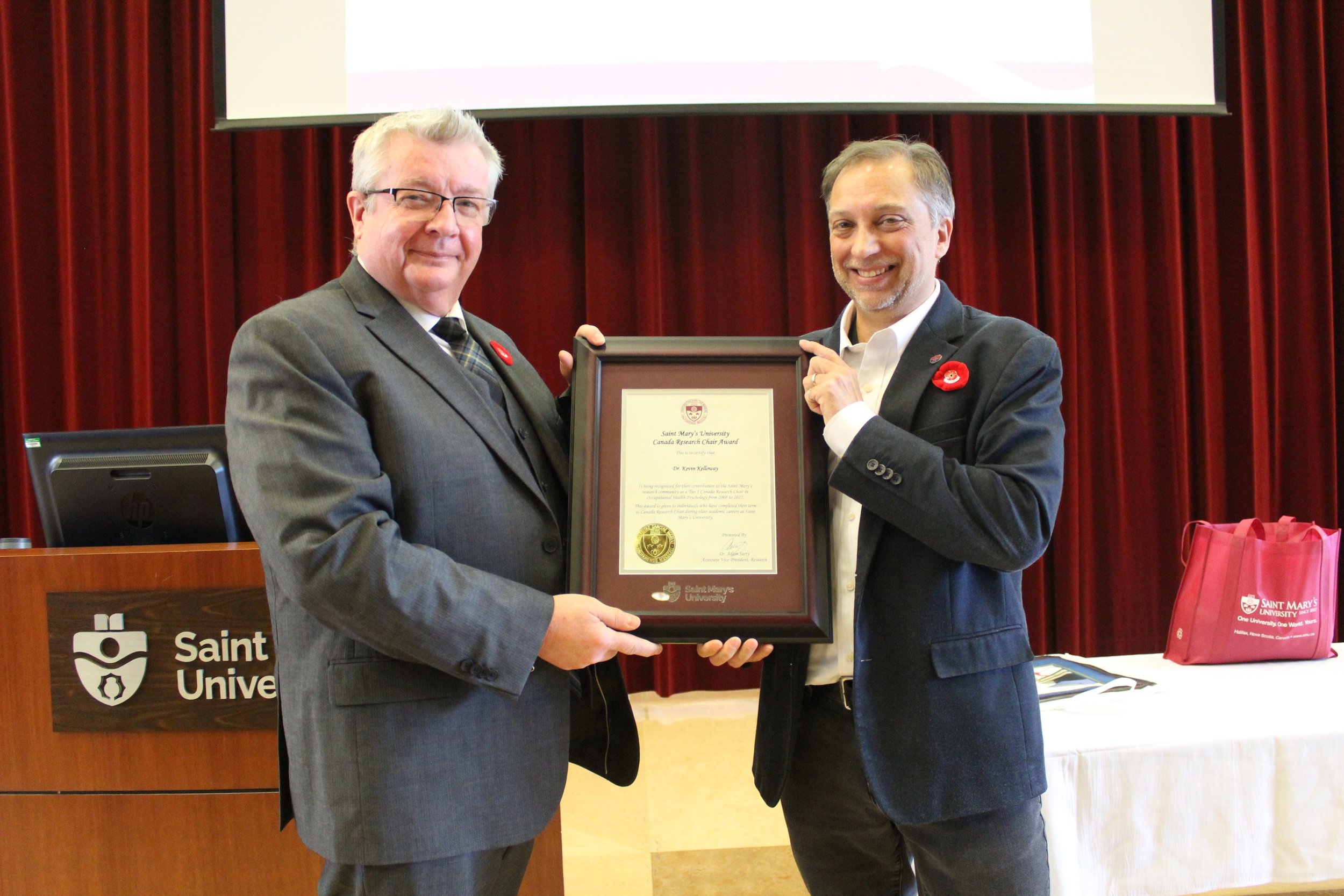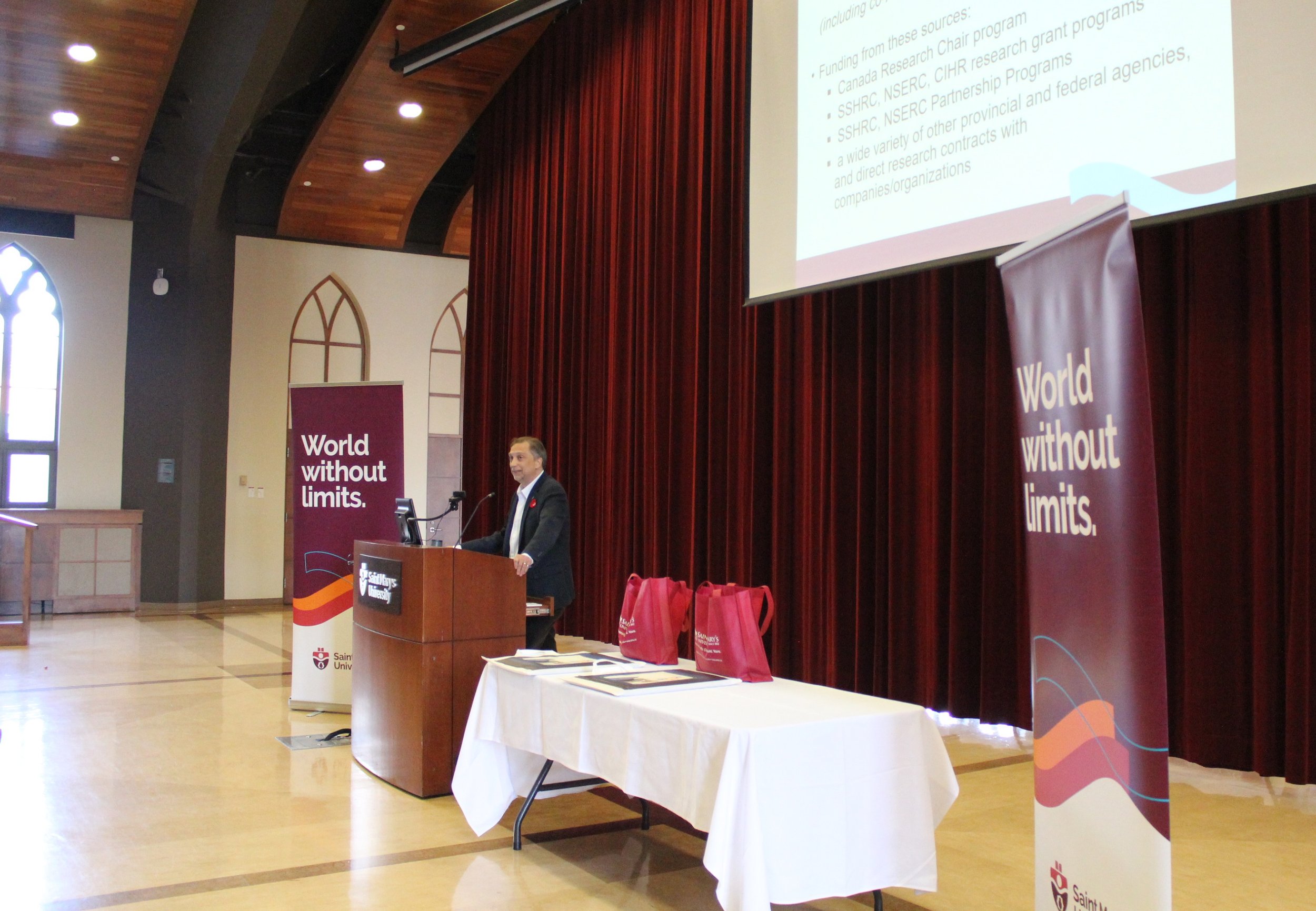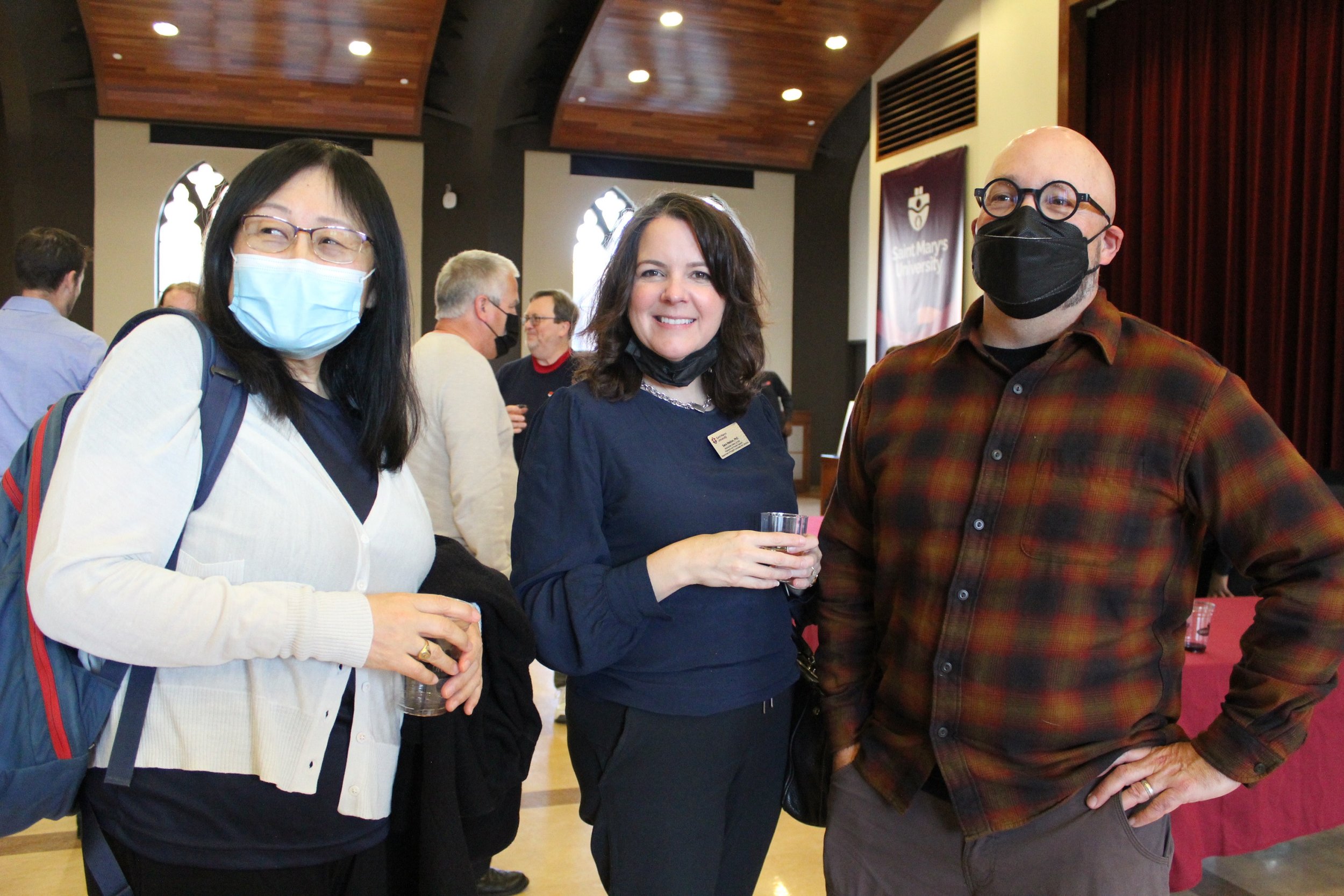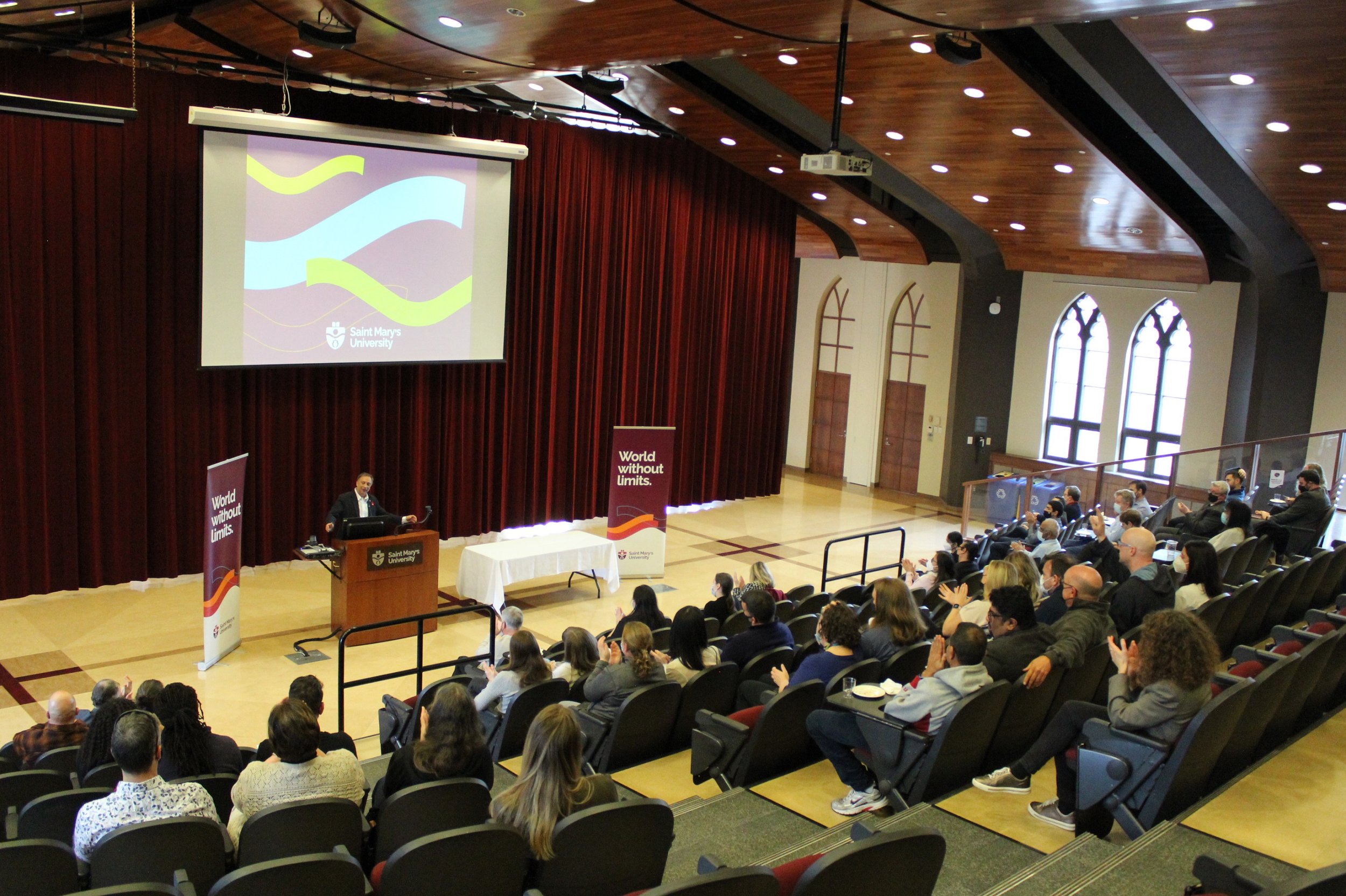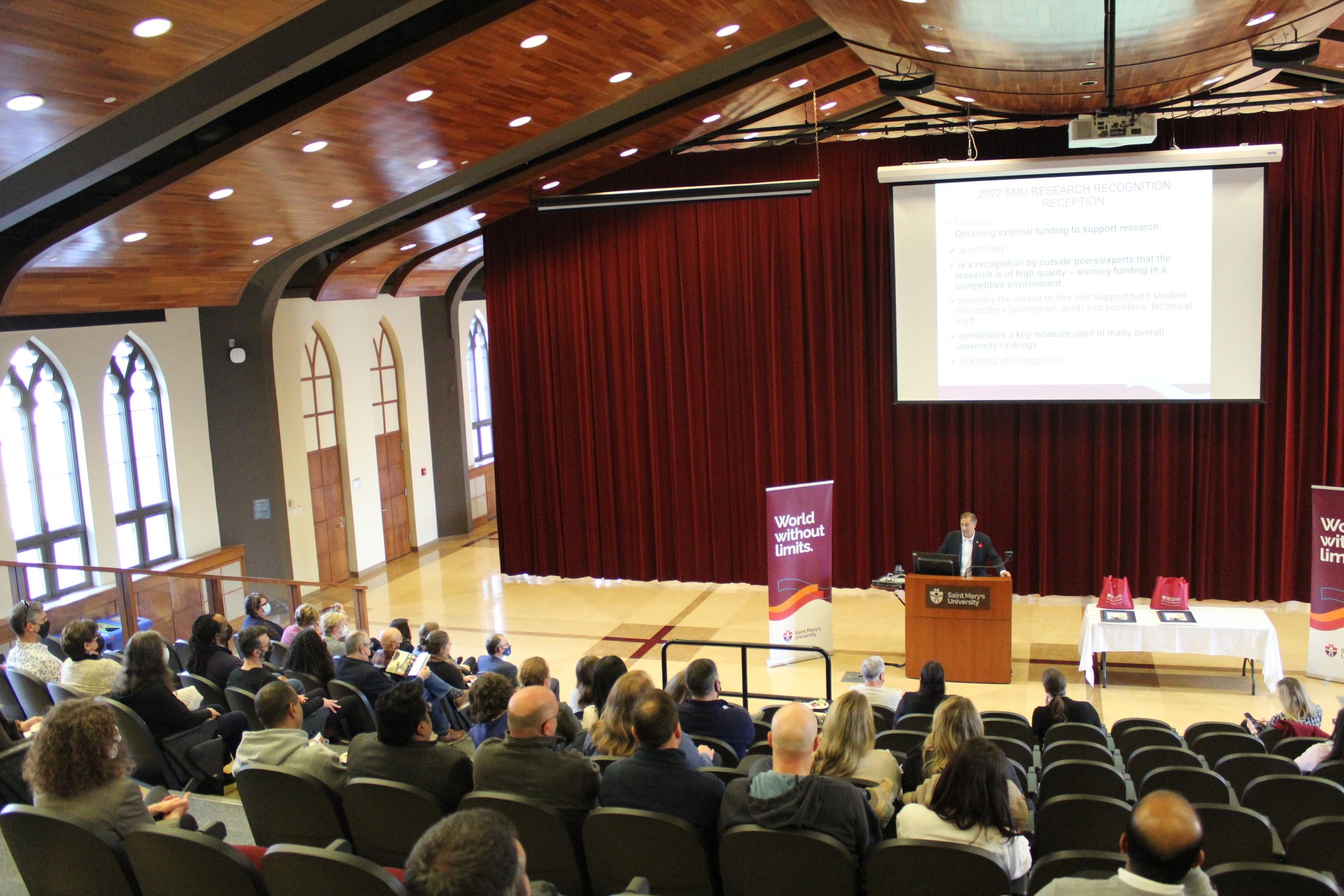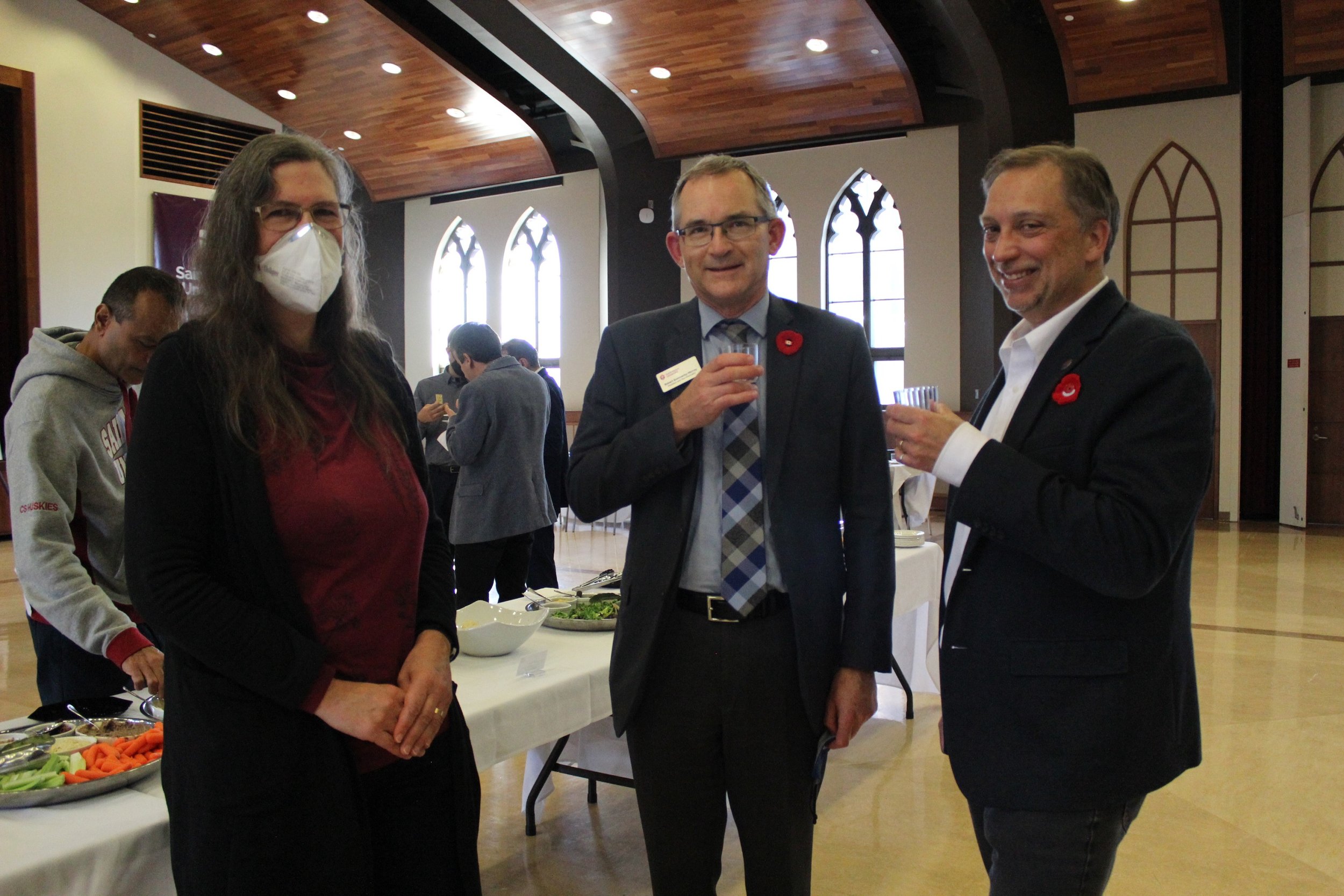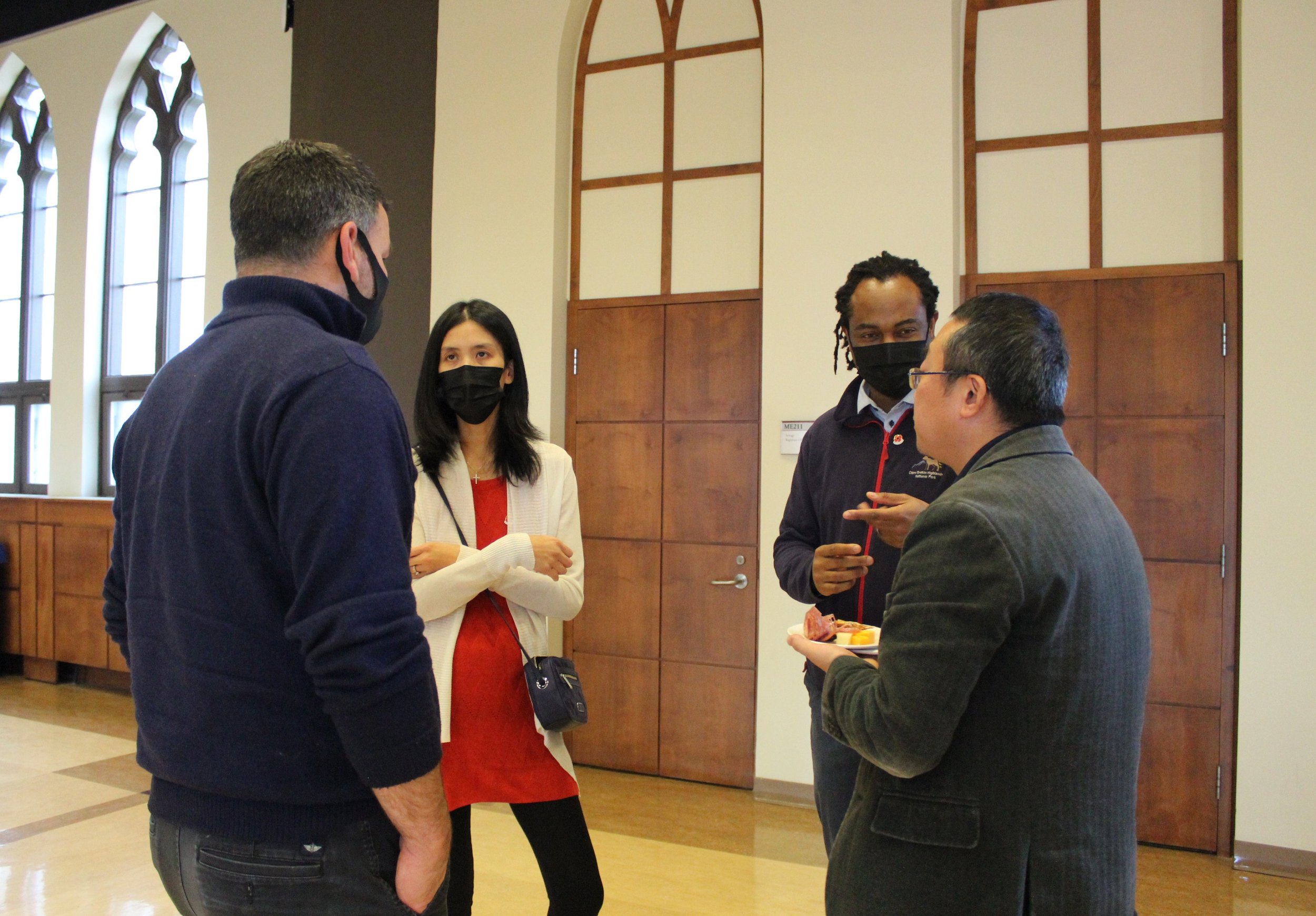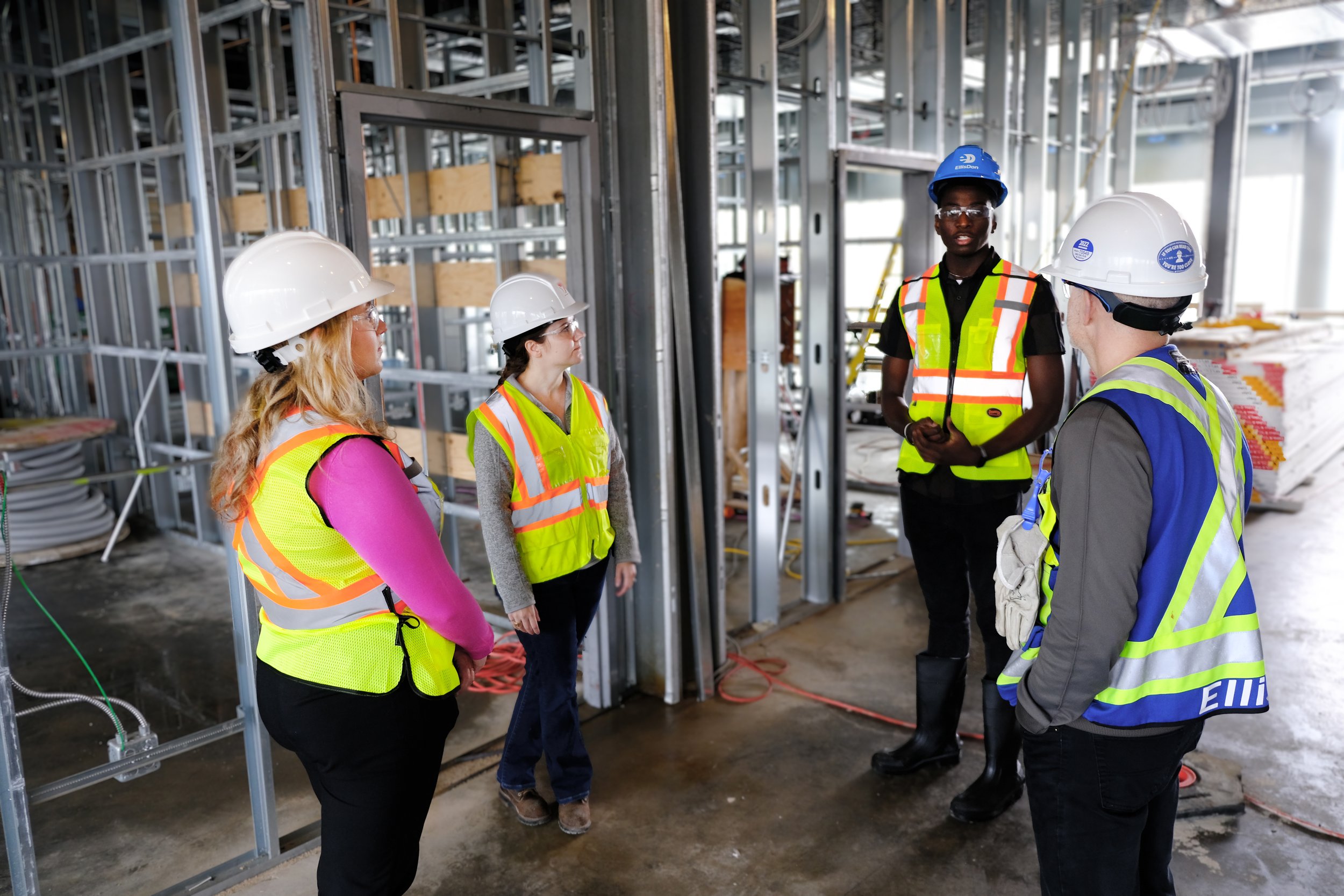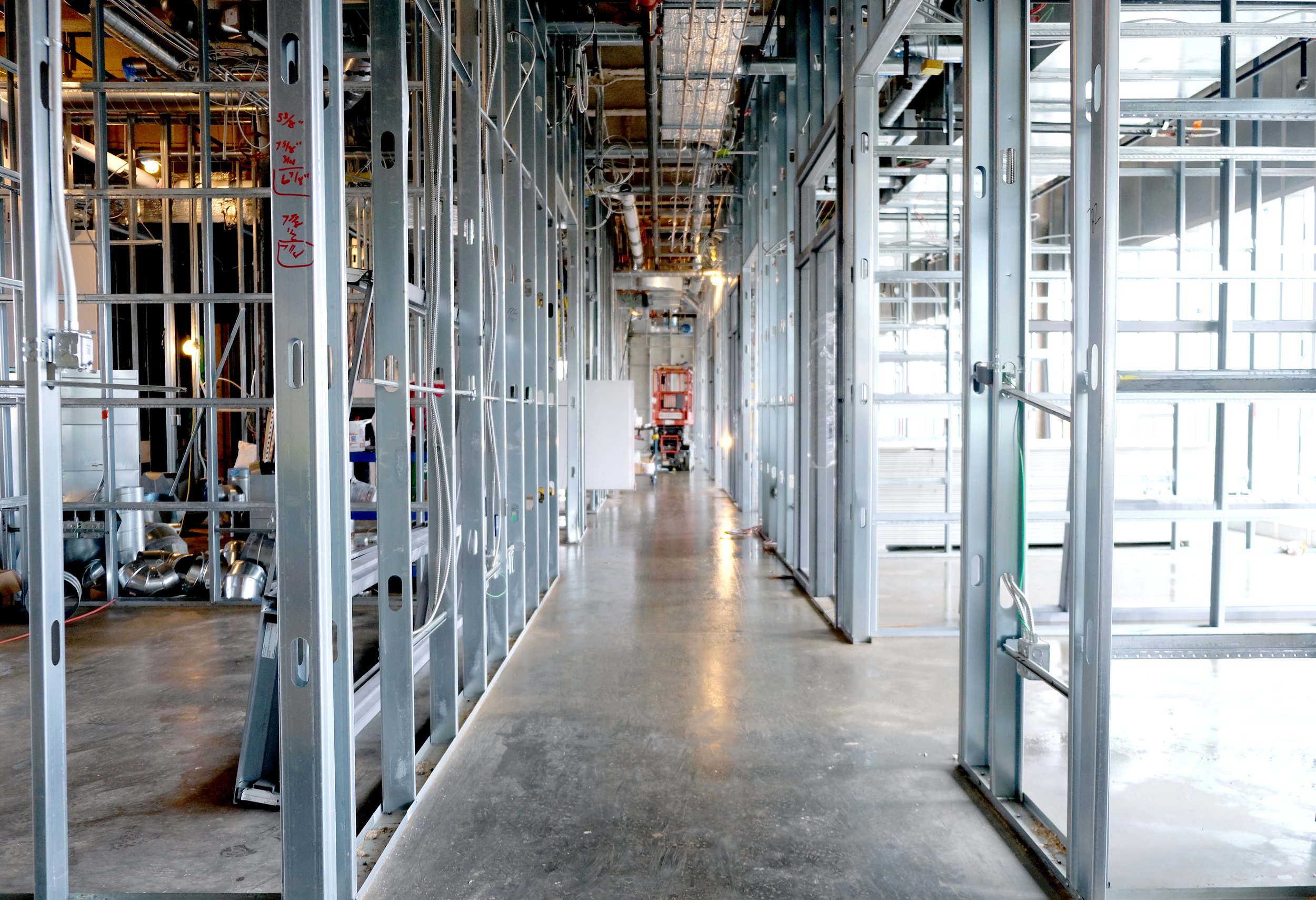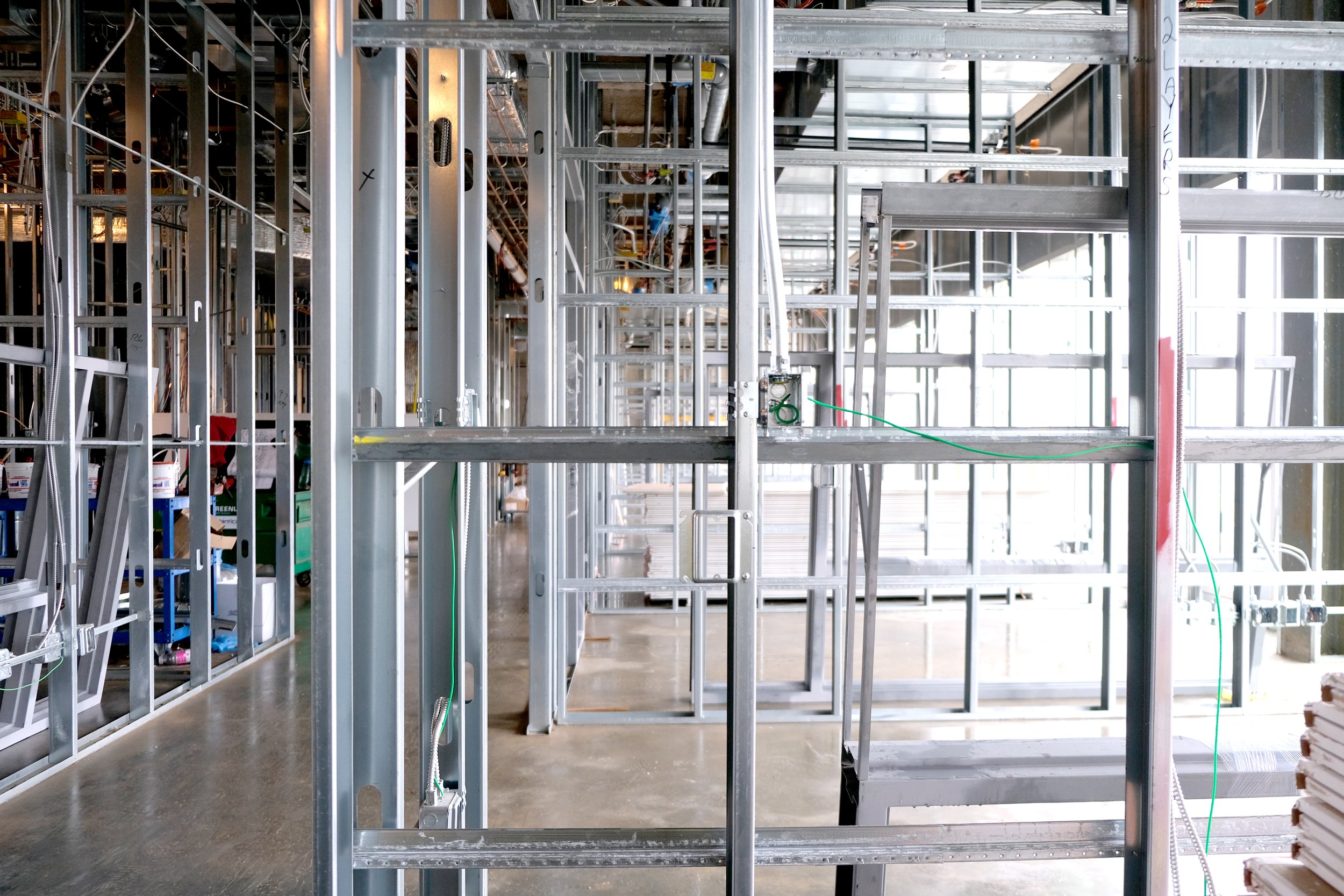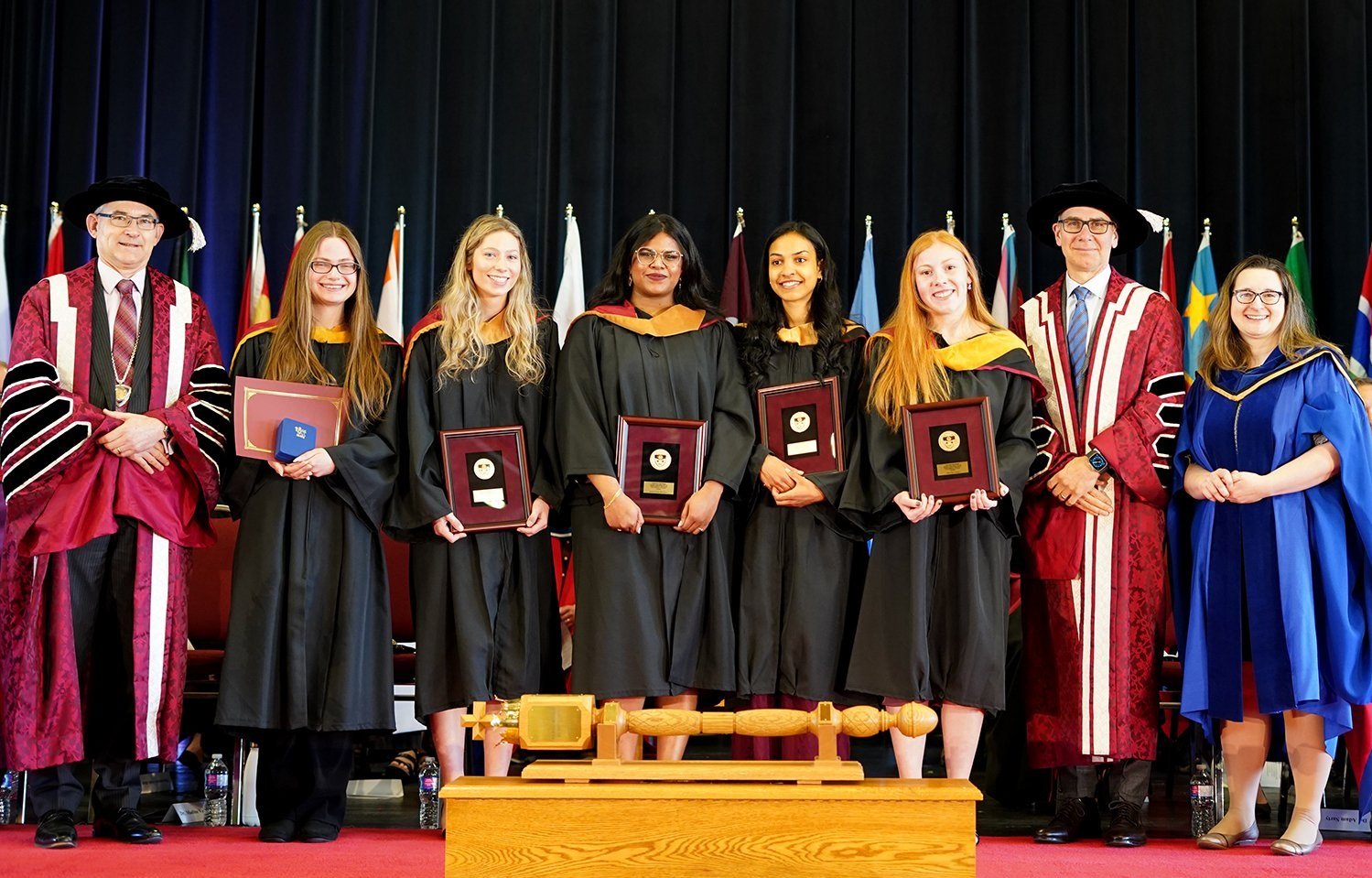
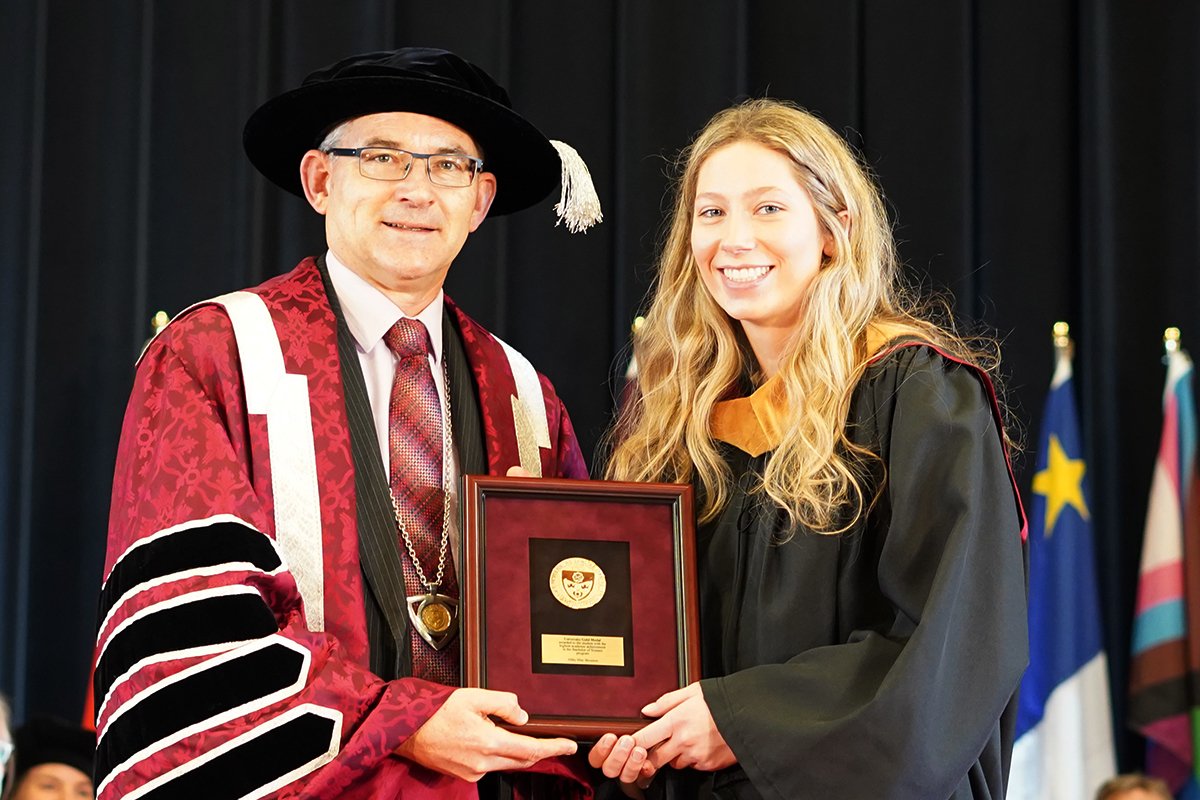

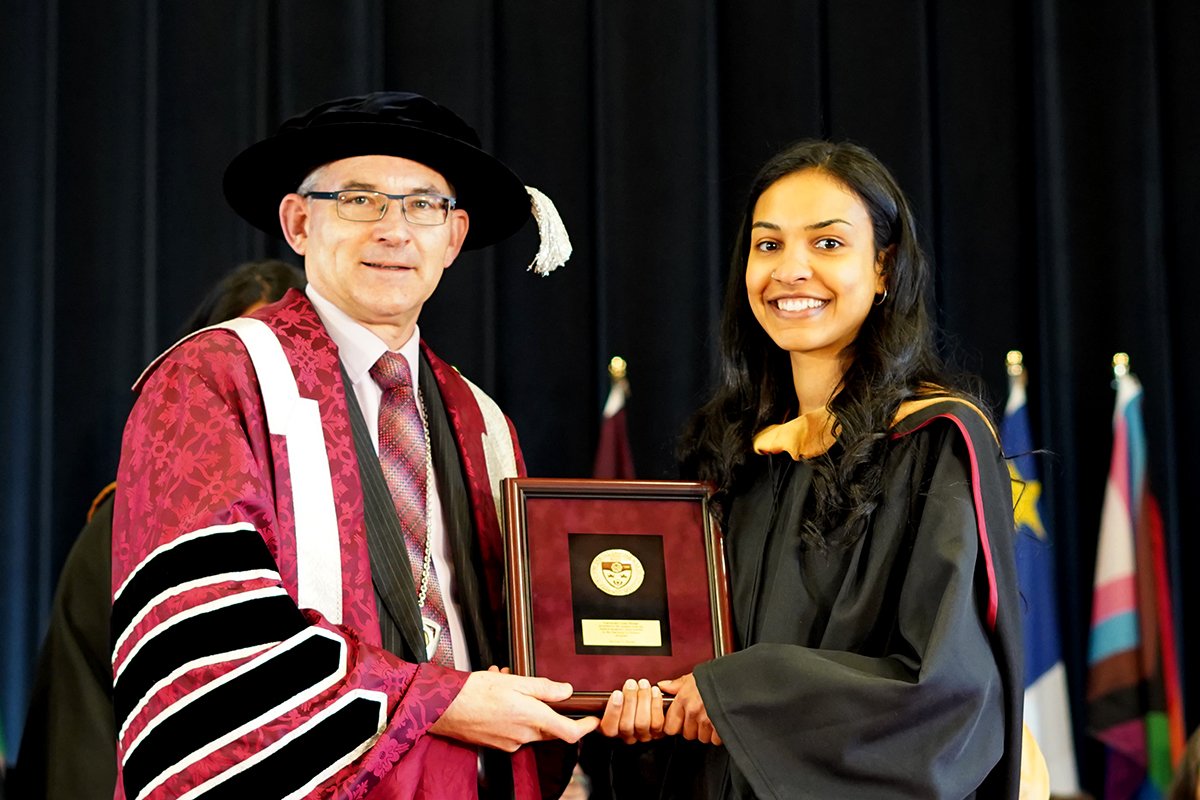
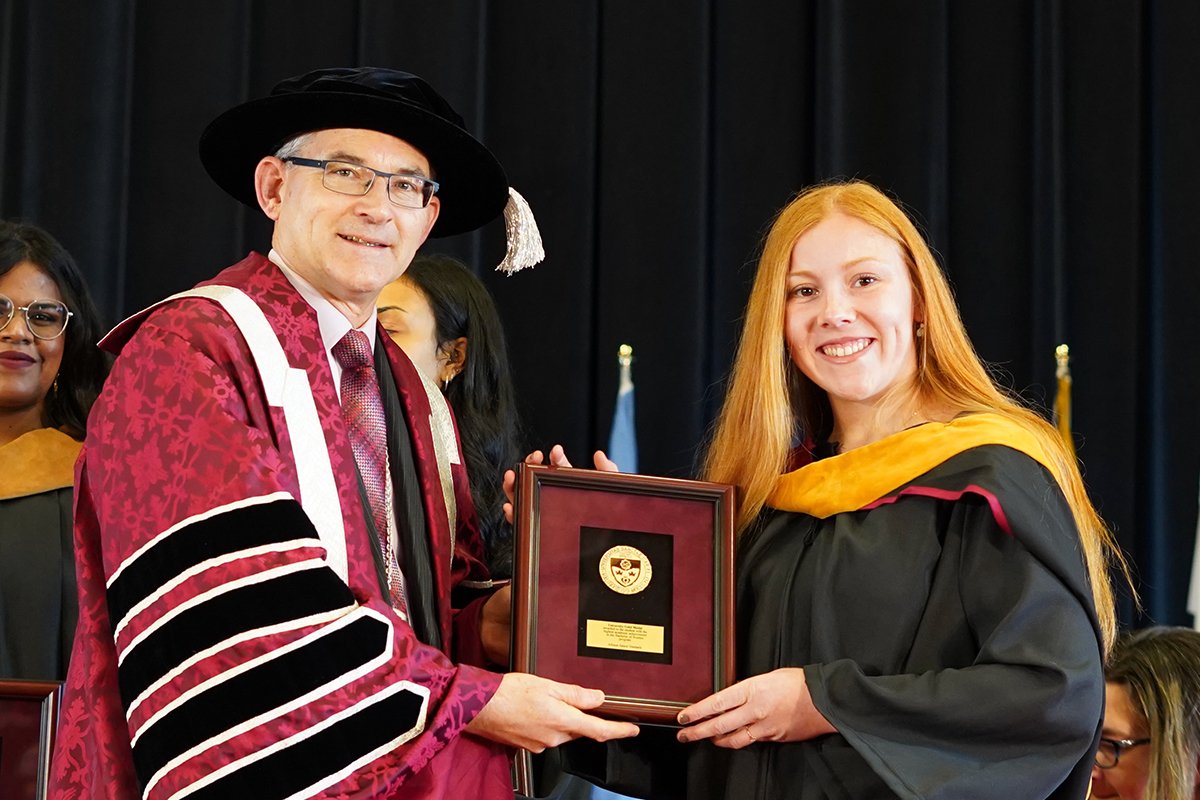



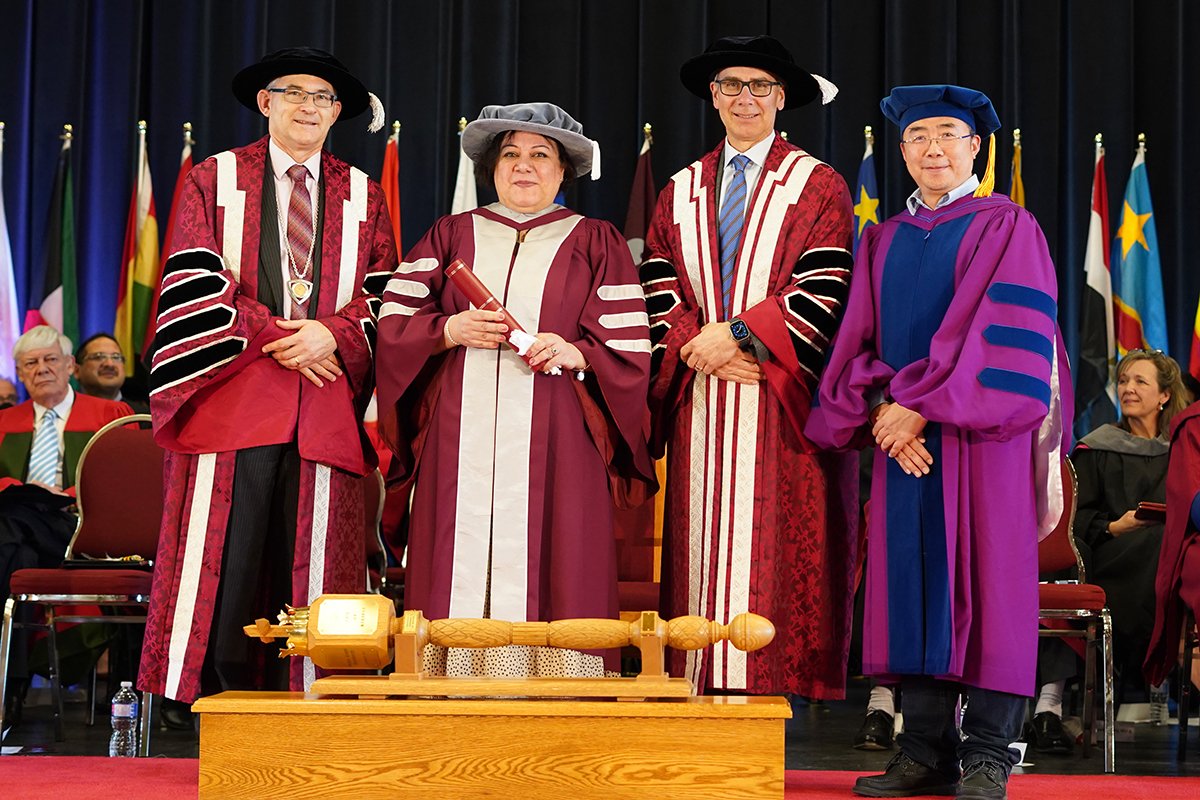
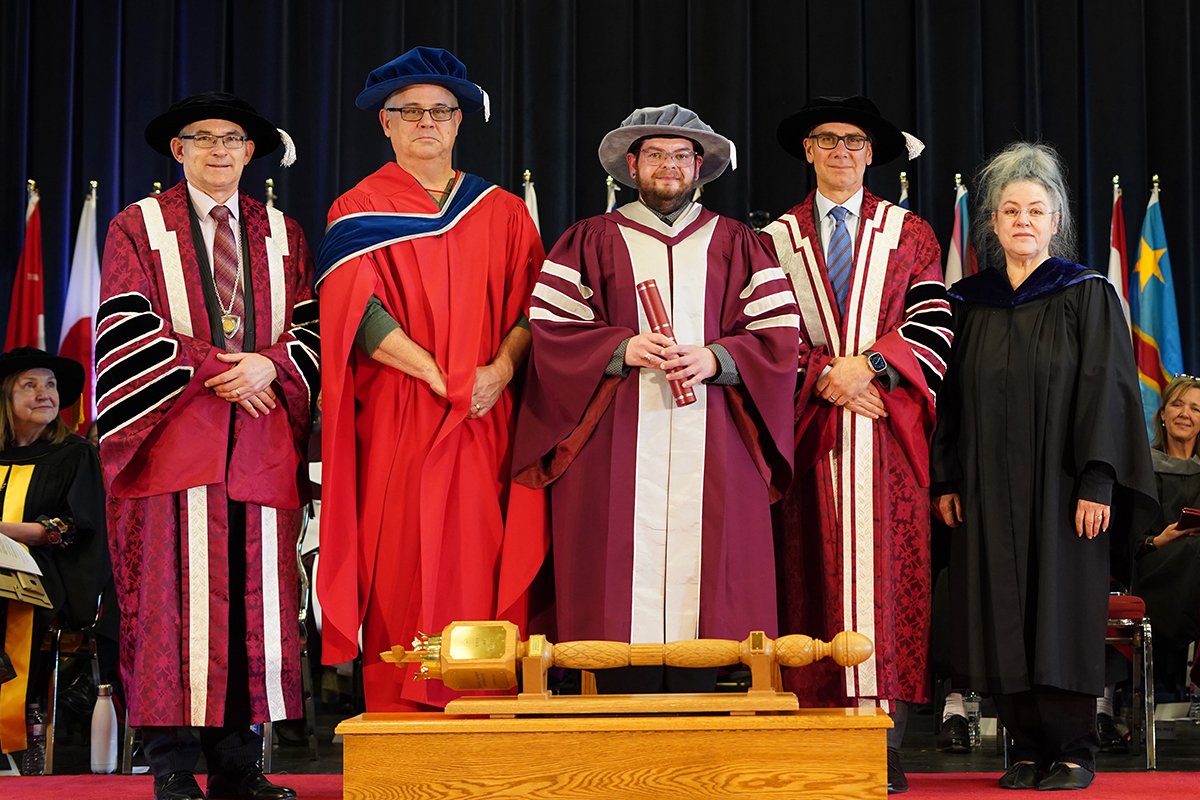
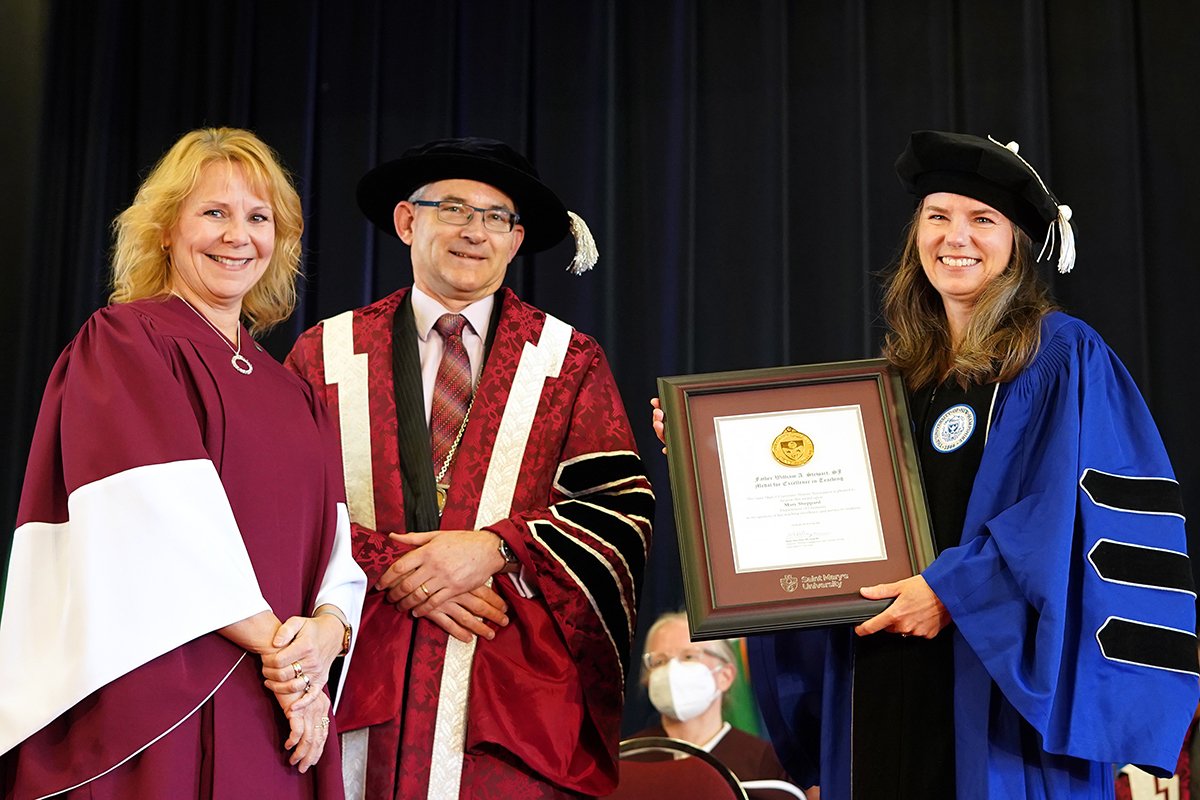
In a first in Saint Mary’s University history, four Spring graduates tied for the Bachelor of Science Undergraduate Gold Medal, earning the top GPA marks in the program. Abby Brouwer, Sumayyah Chotoye, Jaylynn Skeete and Allison Vandaele received their medals at the recent May convocation ceremony. Typically, only one undergraduate student in each faculty receives this award.
“We could have approached this four-way tie as a problem, but instead we celebrate the outstanding performance of these hardworking graduates whose commitment and perseverance are an inspiration to us all,” said Interim Vice-President, Academic and Research Madine VanderPlaat at the May 18 ceremony.
All four graduates received numerous awards and scholarships during their time at Saint Mary’s. Brouwer, from Hammonds Plains, NS, majored in Biology and plans to attend dental school. Chotoye, from Port Louis, Mauritius, majored in chemistry (honours) with a minor in French and is currently in the Master of Science, Applied Science program at Saint Mary’s. Skeete, from Dartmouth, NS, majored in psychology (honours) and will be entering a Masters/PhD program in clinical psychology. Vandaele, from Montague, PEI, majored in psychology (honours).
Congratulations, graduates!
More awards in the Faculty of Science
Two graduates in the Faculty of Science, Abigail Battson and Martin Hellmich, were awarded the Governor General’s Silver and Gold Medals. These awards recognize exceptional academic achievement and are given to the top undergraduate and graduate students in the academic year. Abigail graduated with a Bachelor of Science, honours astrophysics, while Martin graduated in Fall 2022 with a Master of Science, Applied Science (co-operative education). Hellmich also received the Georgia Pe-Piper Medal for Excellence in Applied Science.
Michael MacNeil received the Diploma in Engineering Gold Medal.
Natania Blair represented the Faculty of Science as the Valedictorian for the Bachelor of Science ceremony. The biology major received the John and Heather Fitzpatrick Valedictorian Award.
Three graduates, Dr. Zainab Mahdi Almukhtar, Dr. Meftah Mohamed Elsaraiti and Dr. Thomas J. Steele, graduated with a PhD in Applied Science and received the Durland Family Doctoral Convocation Award. Dr. Almukthar also received the J. Kevin Vessey Award in Applied Science.
Faculty were also recognized at Spring Convocation, with professor Mary Sheppard receiving the Father William A. Stewart, SJ Medal for Excellence in Teaching. This award, given by the Saint Mary’s University Alumni Association and Faculty Union, was determined by nominations from current and former students and colleagues.
For a full list of convocation award recipients and Spring 2023 graduates, read the Spring Convocation program or watch recordings of the ceremonies.


